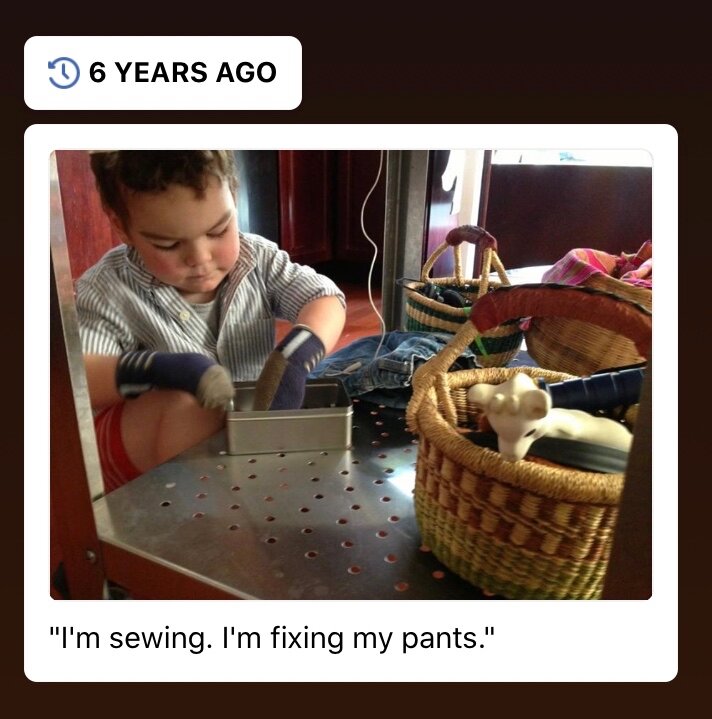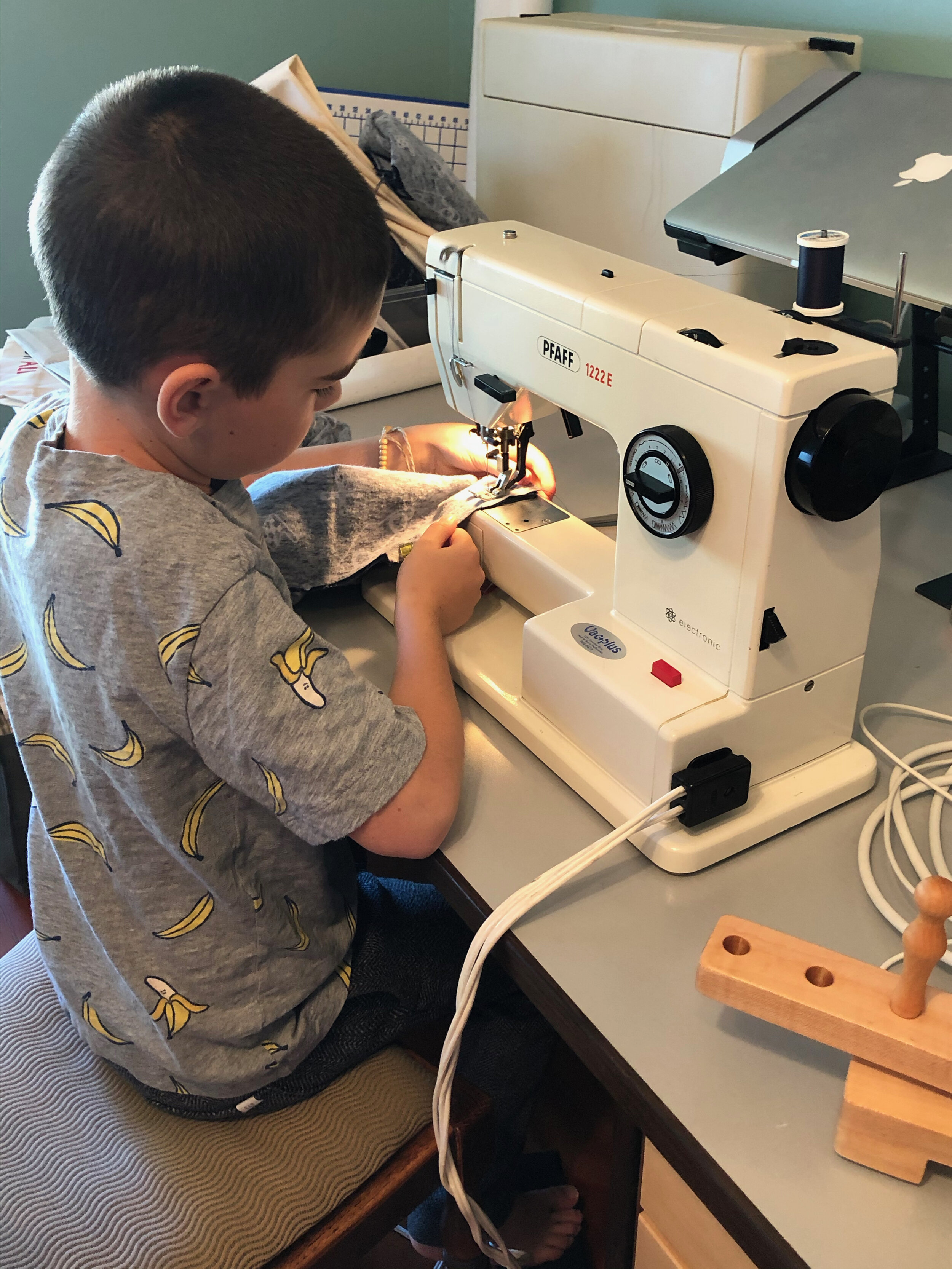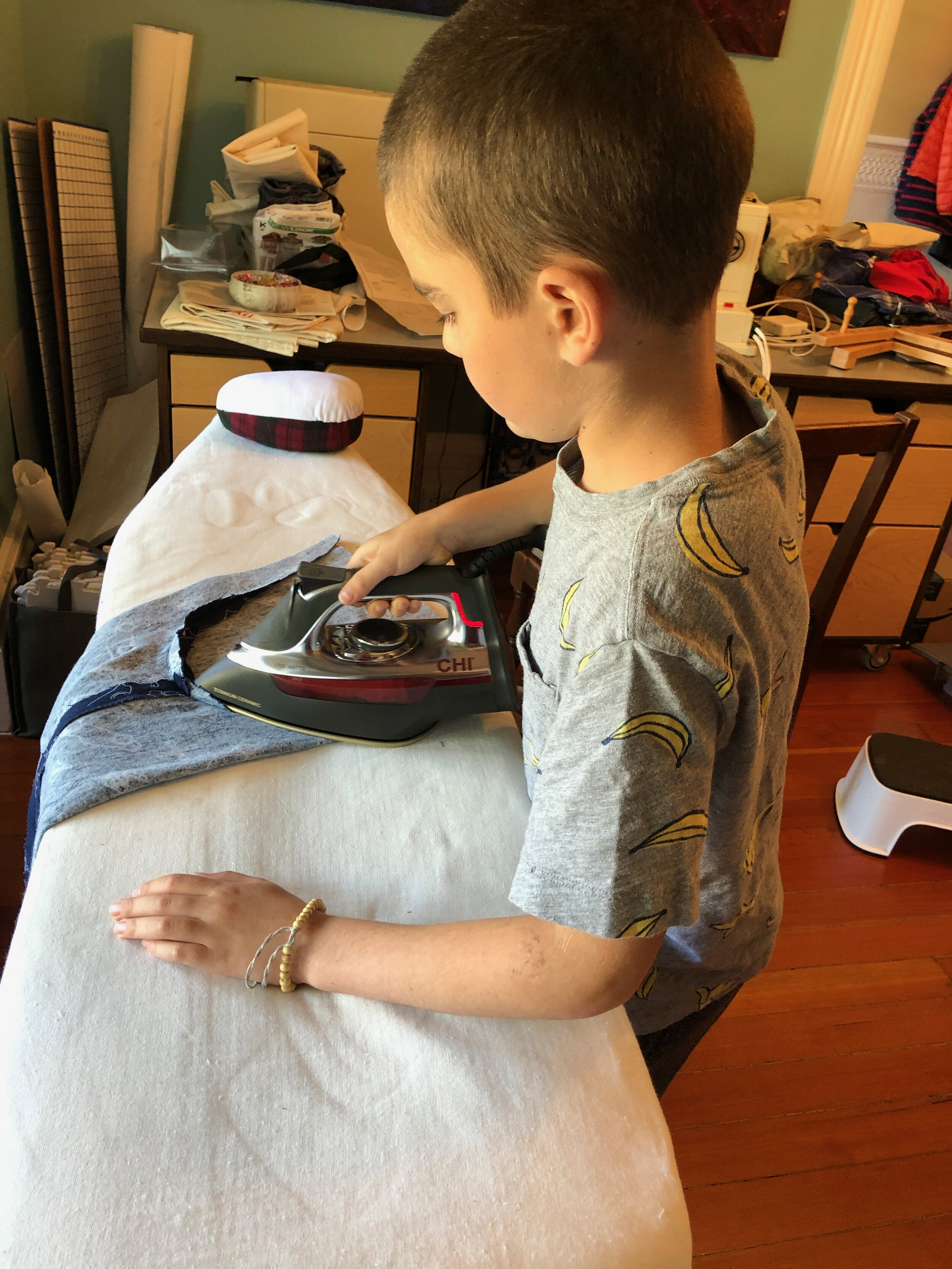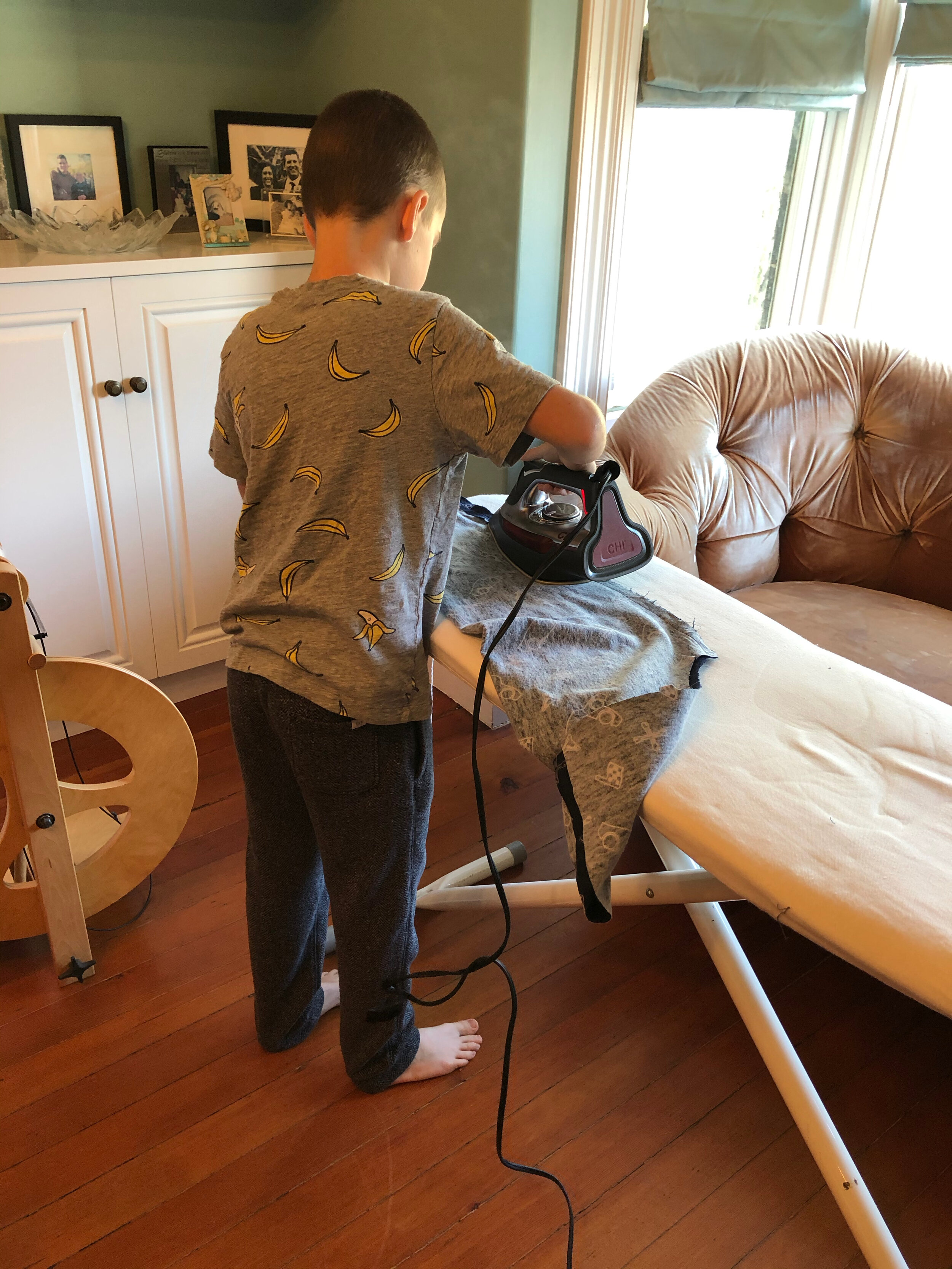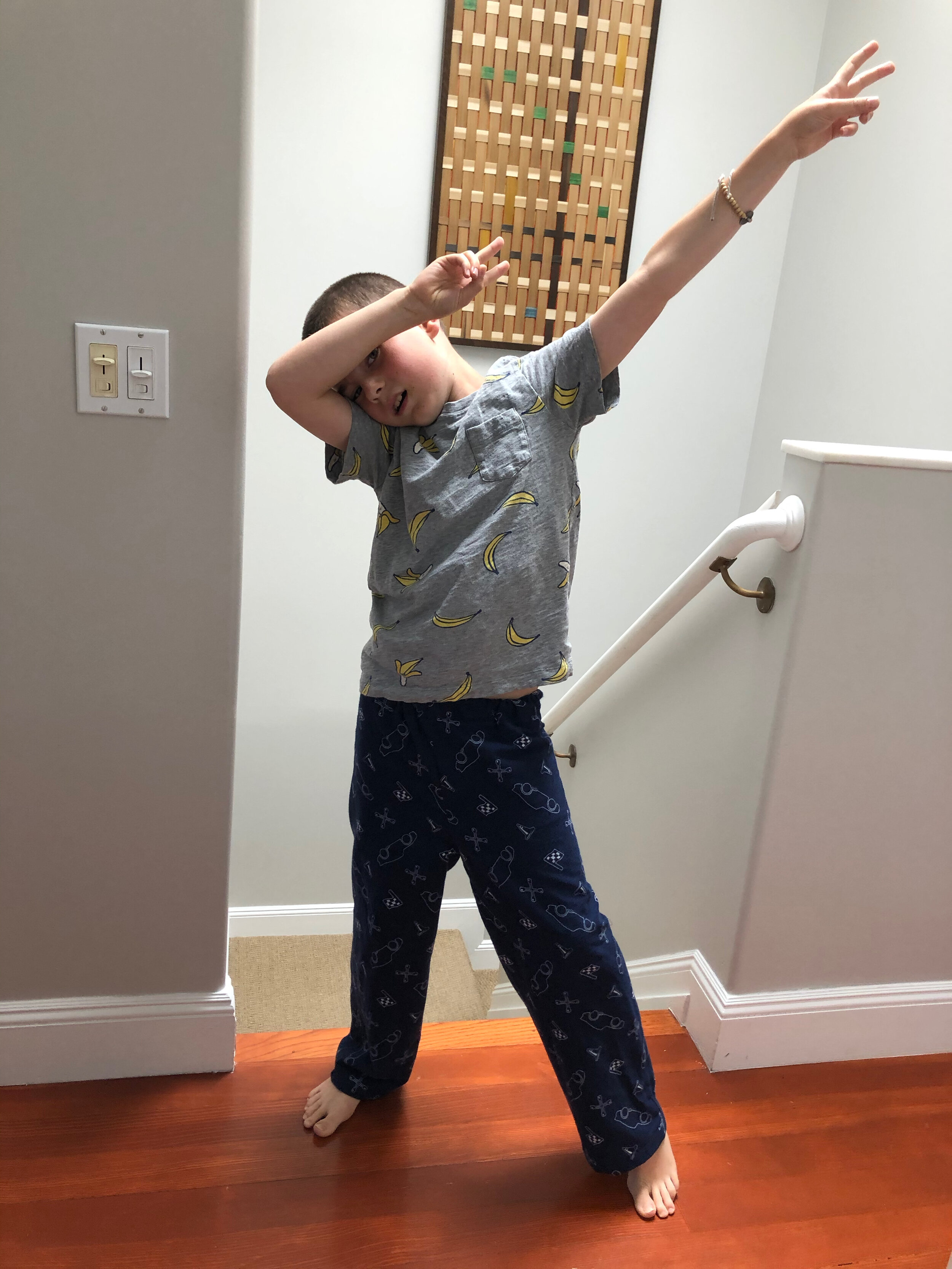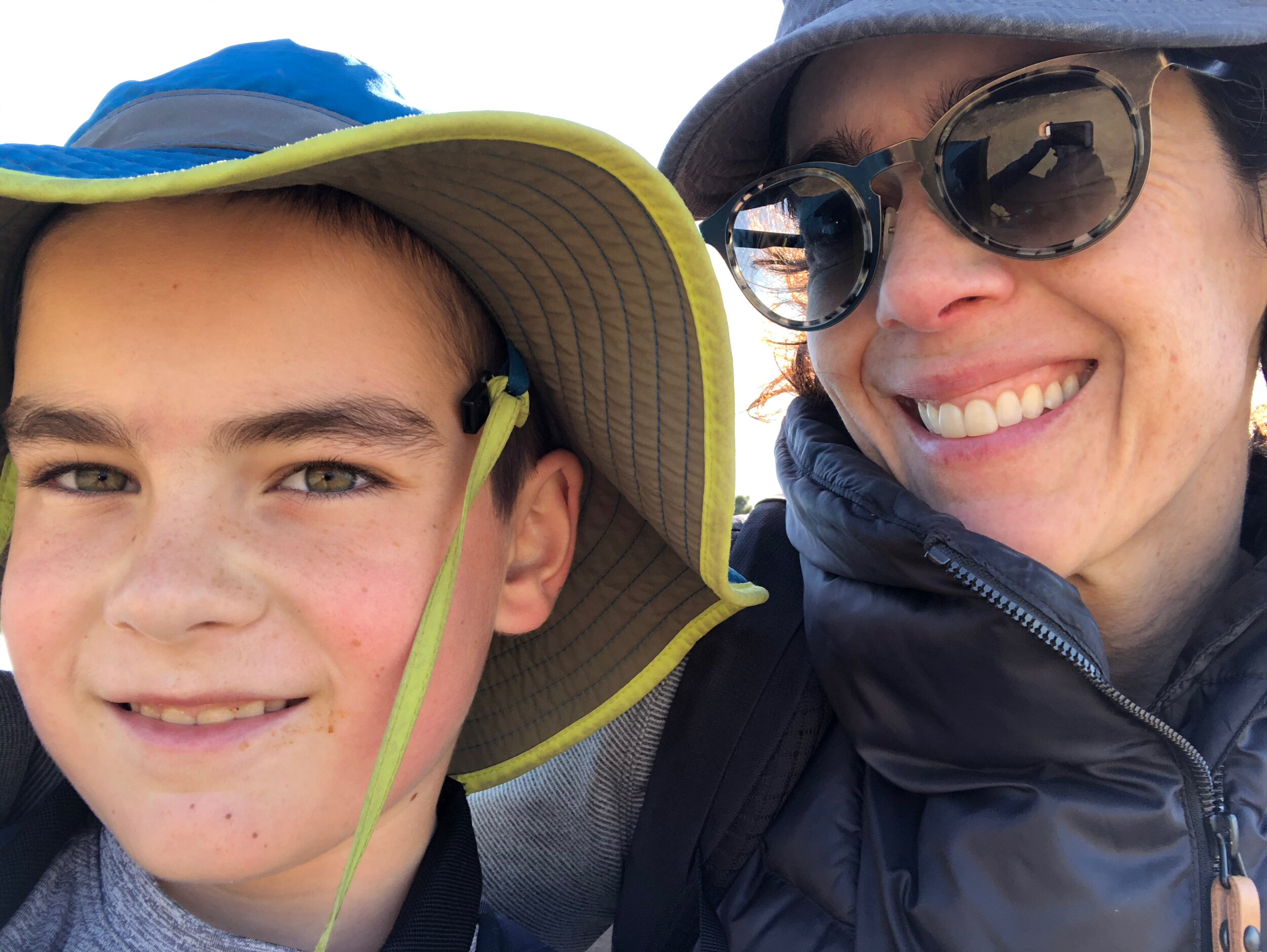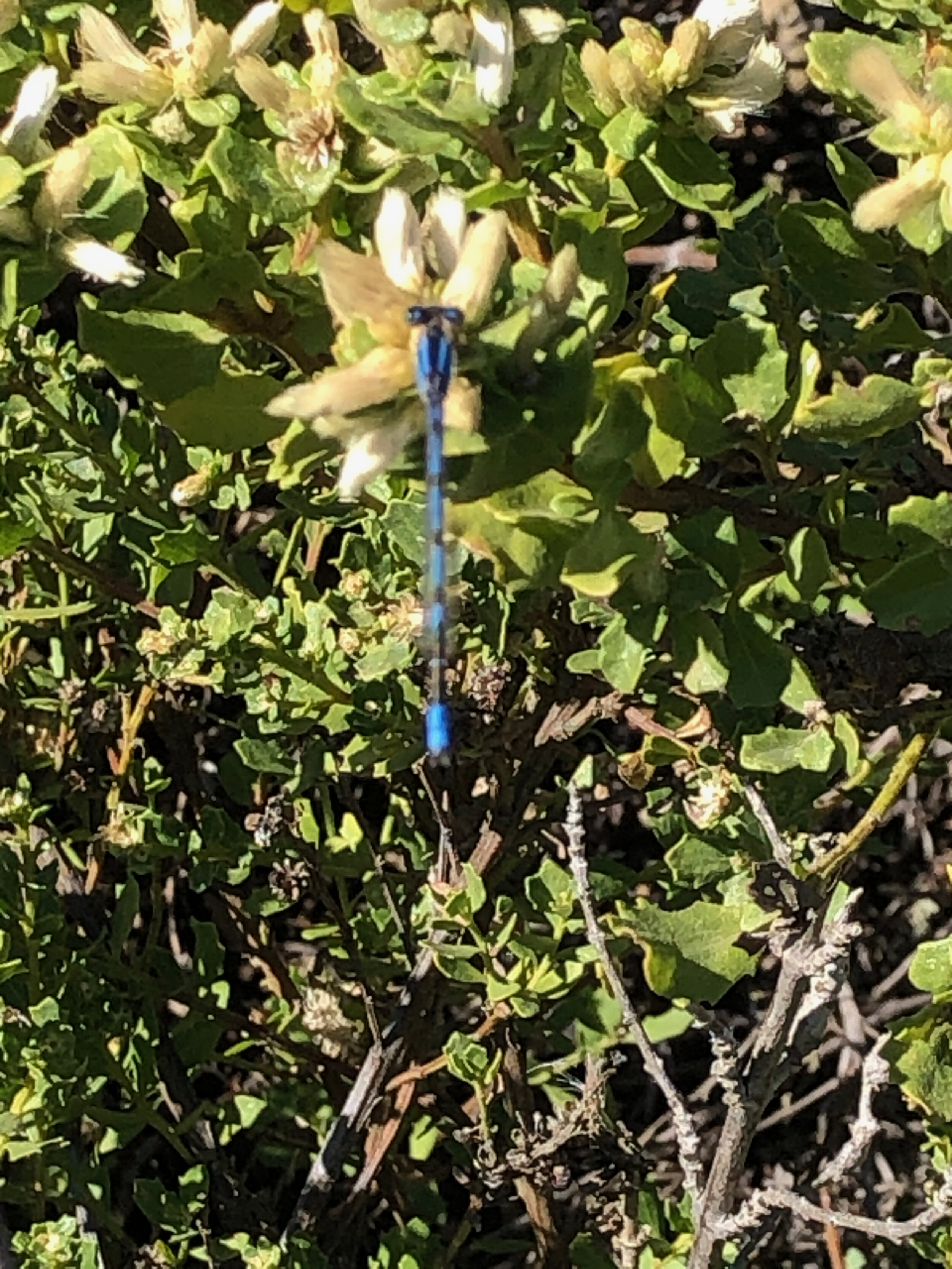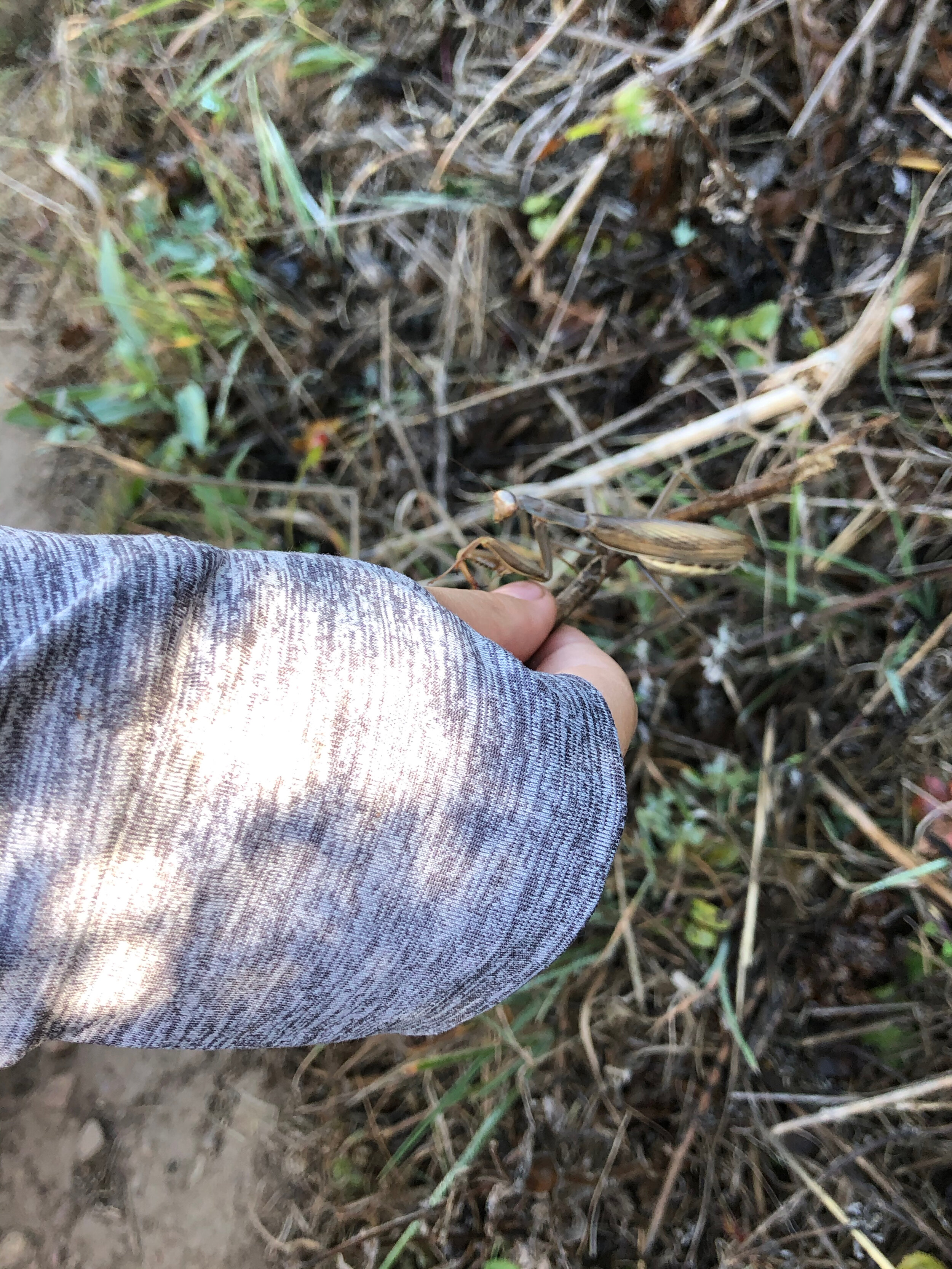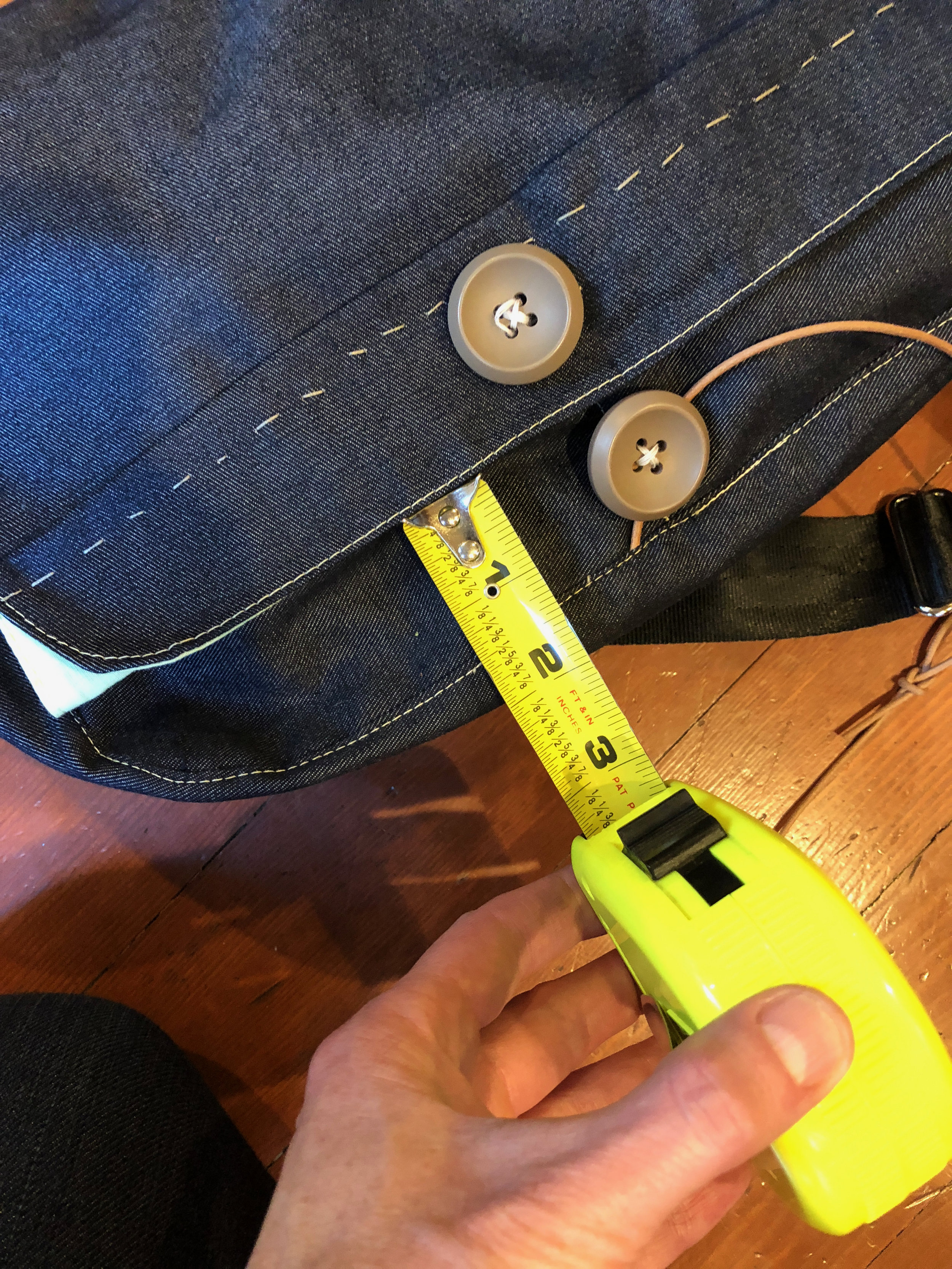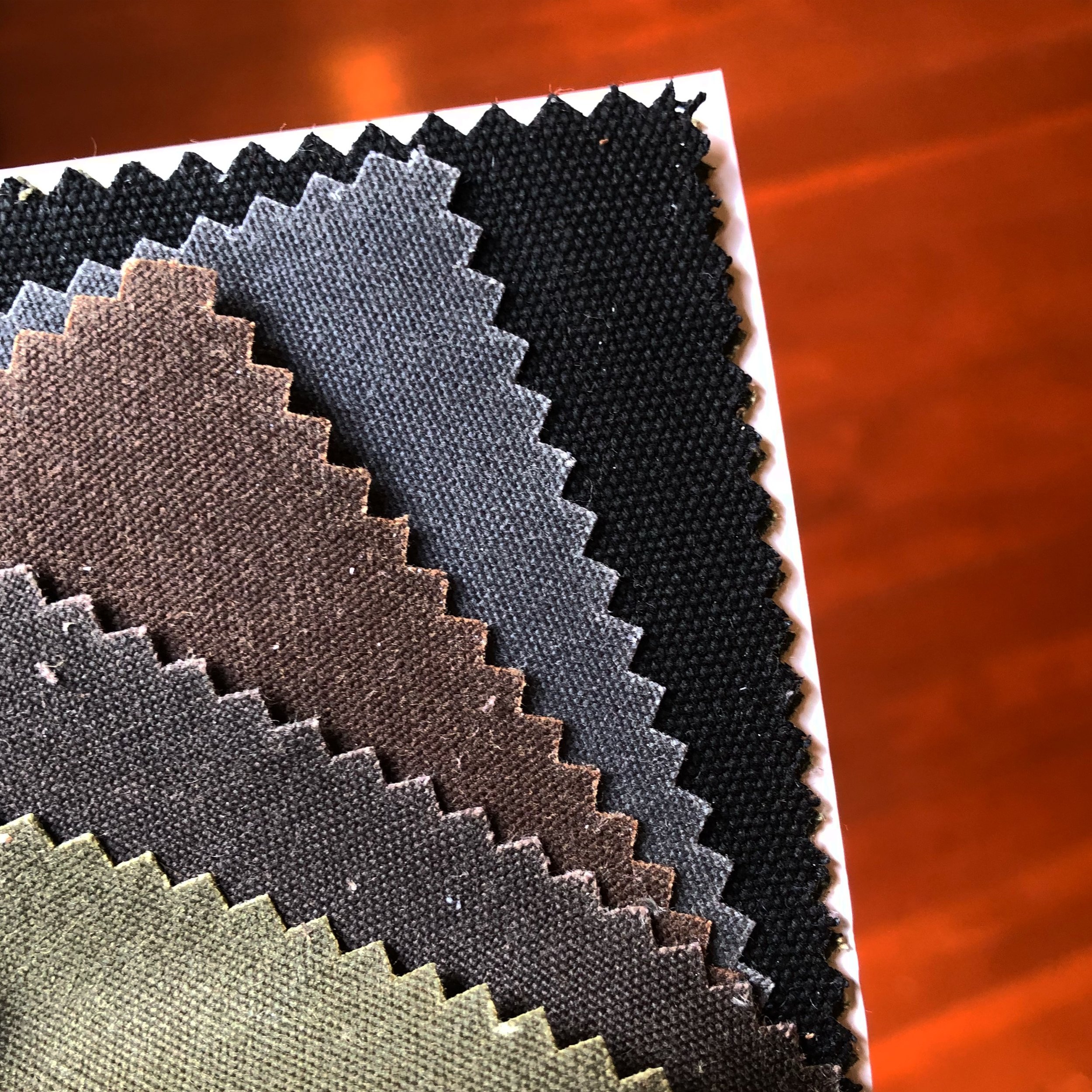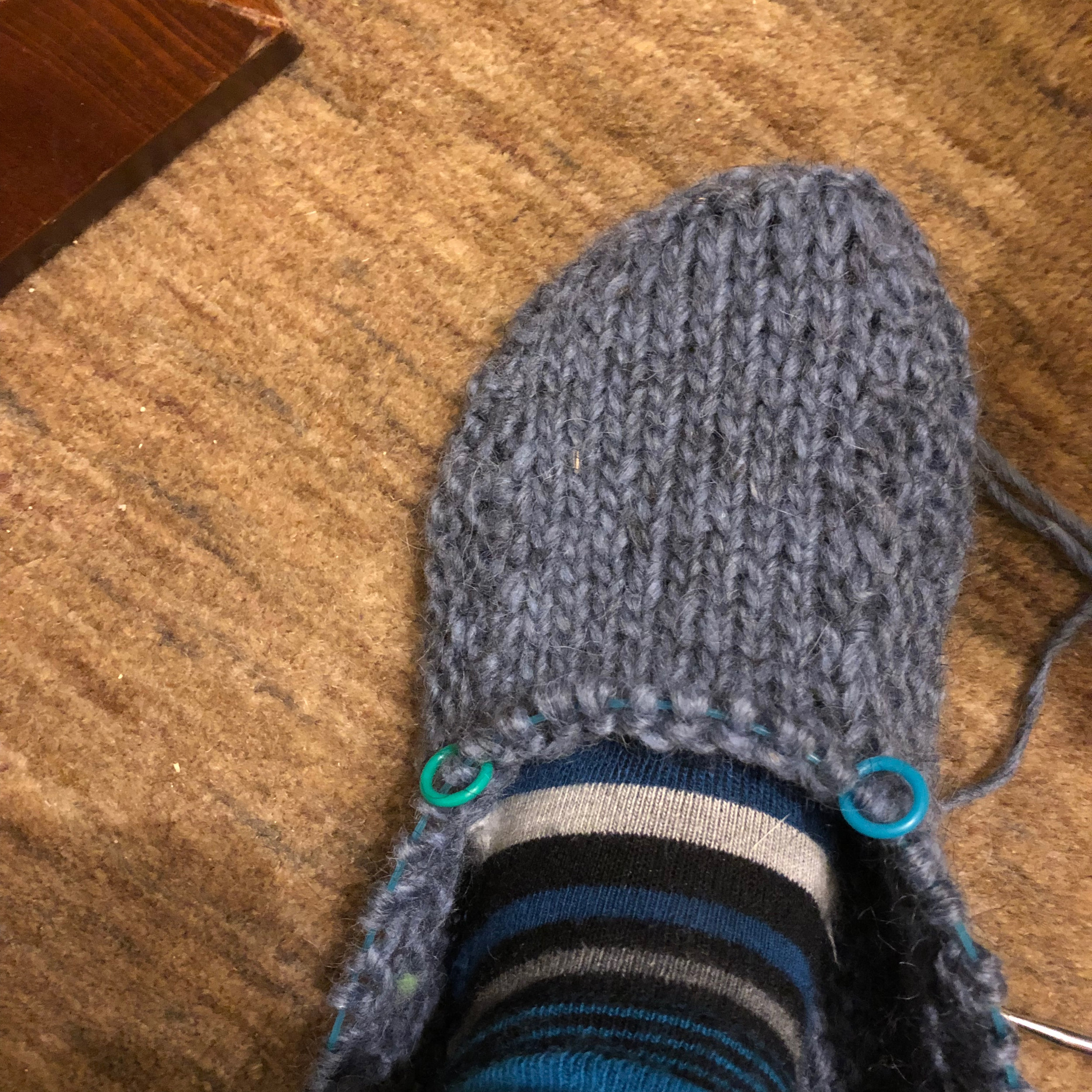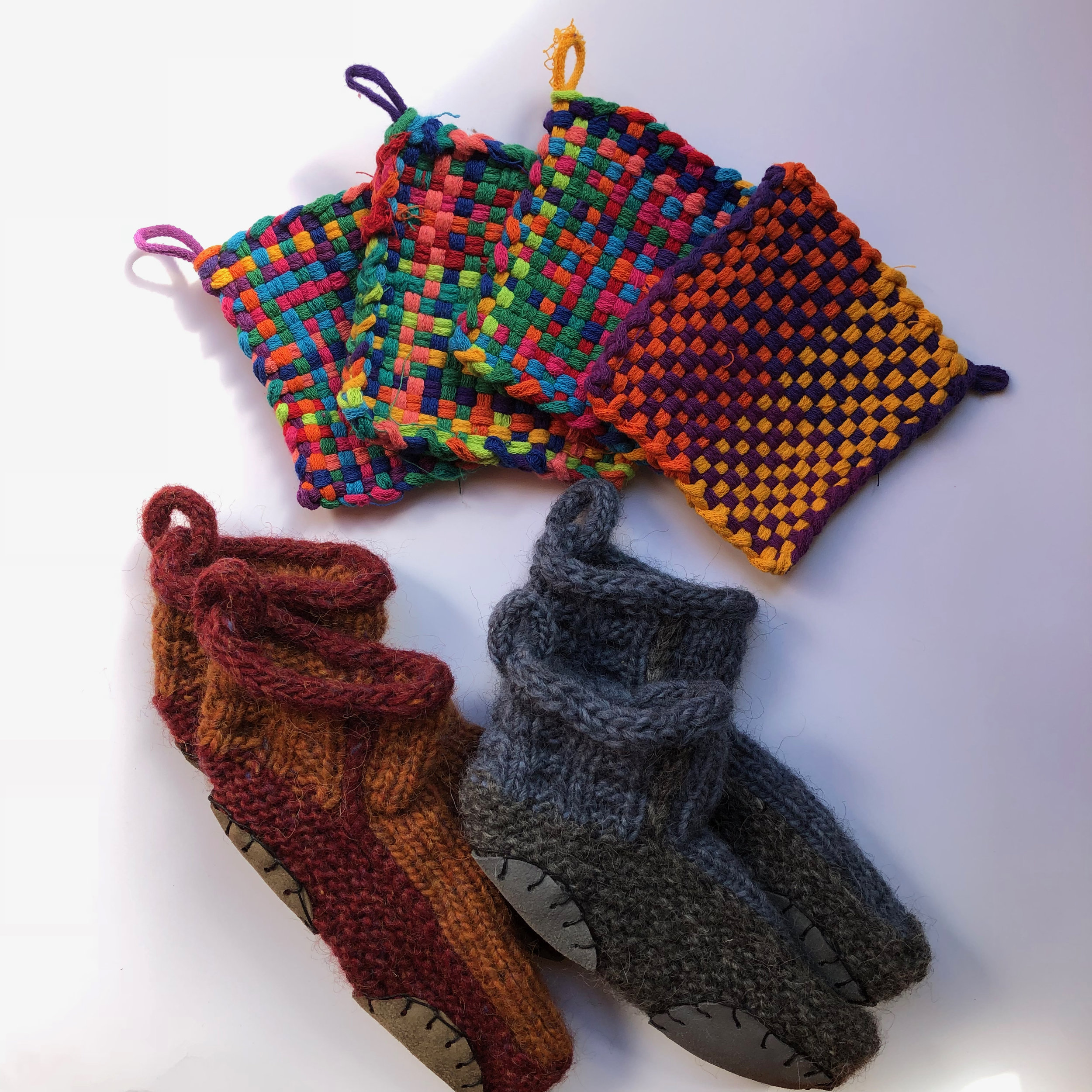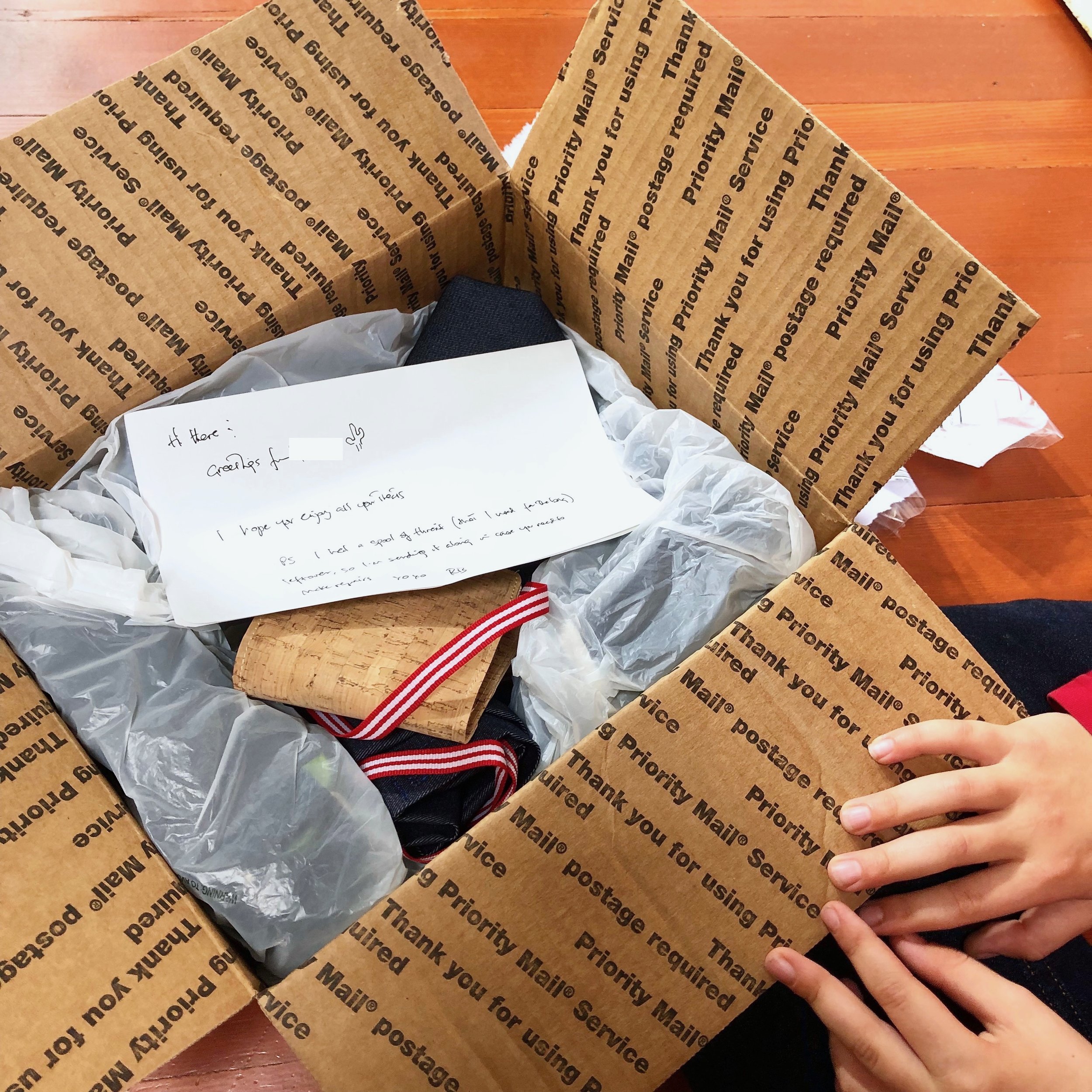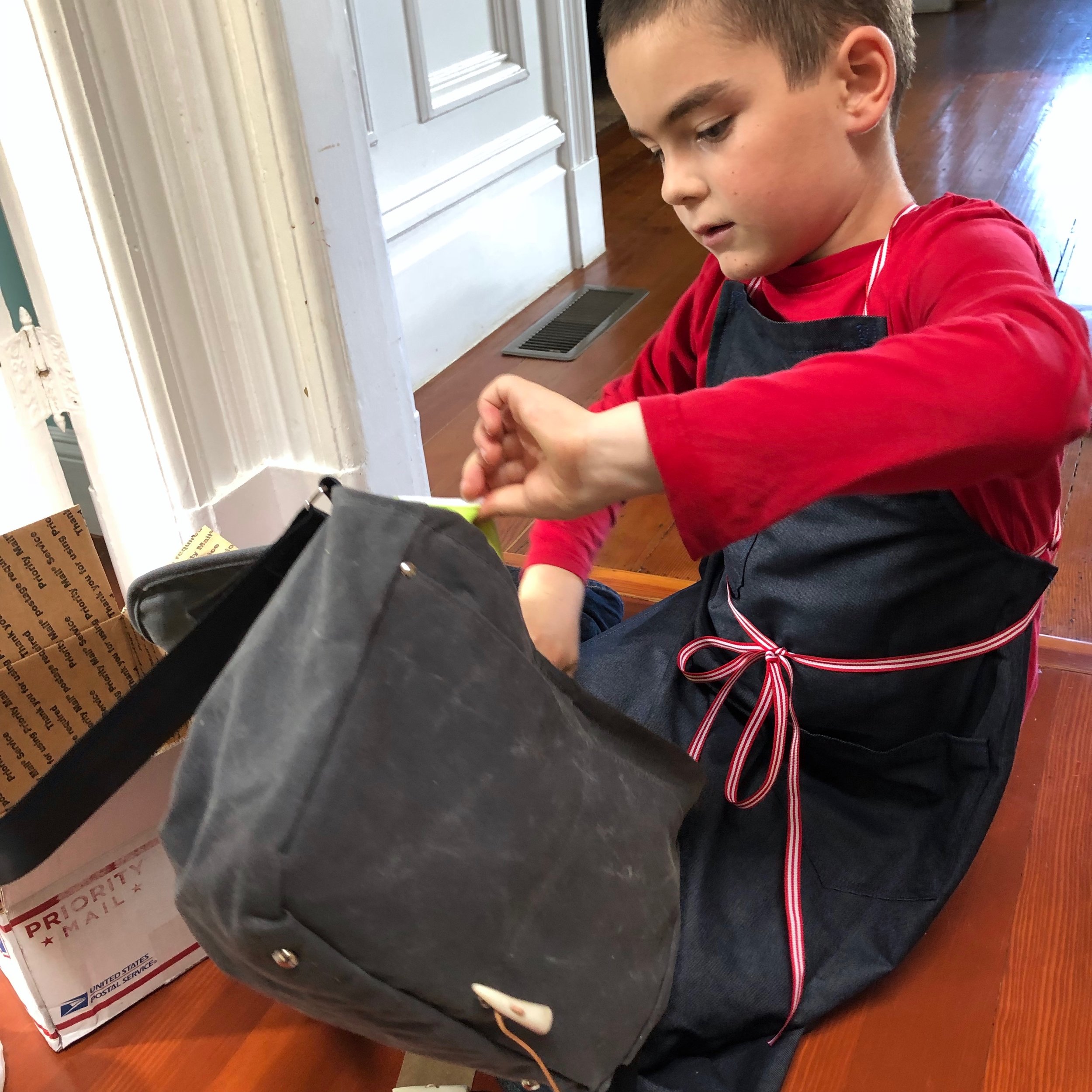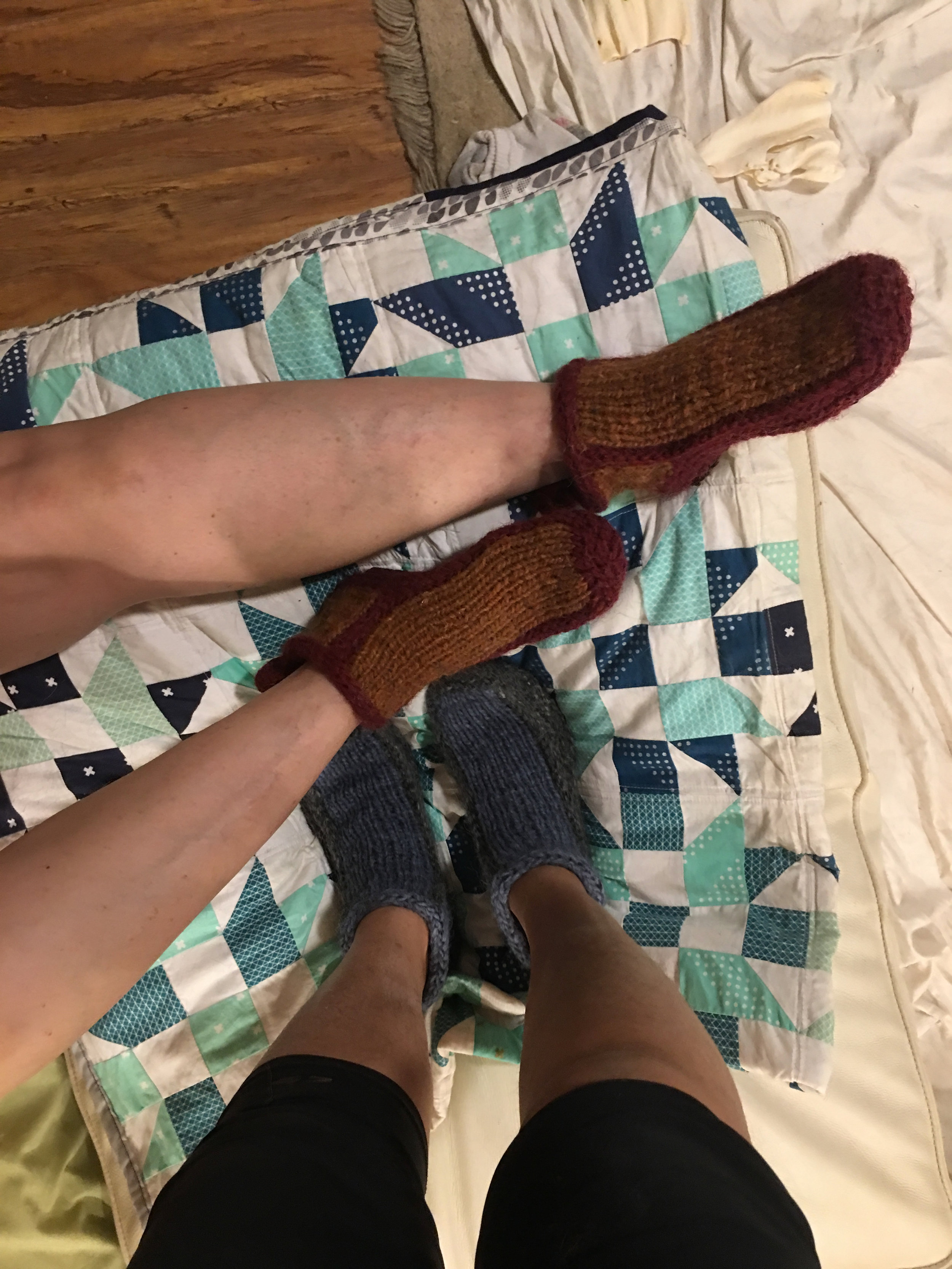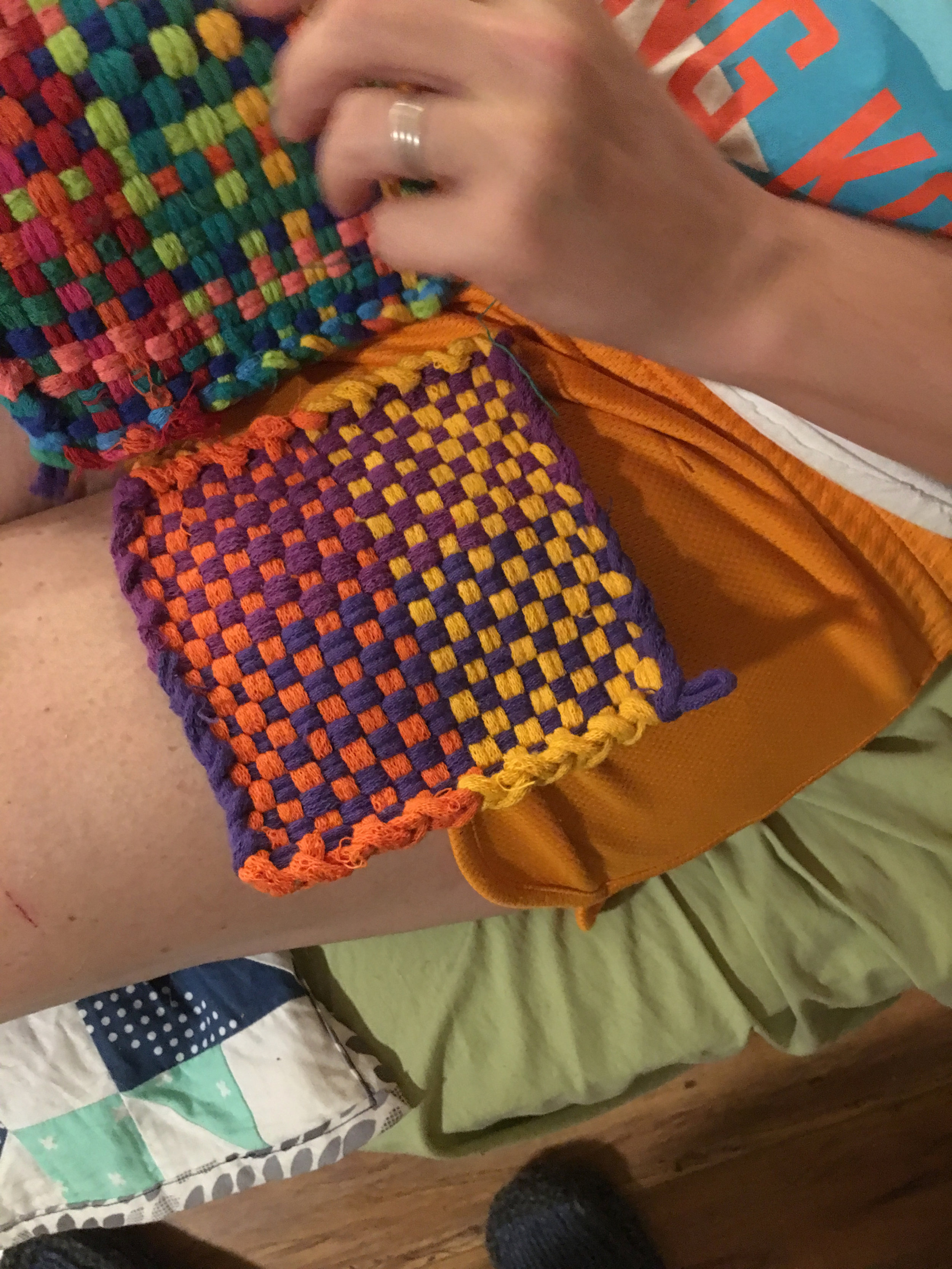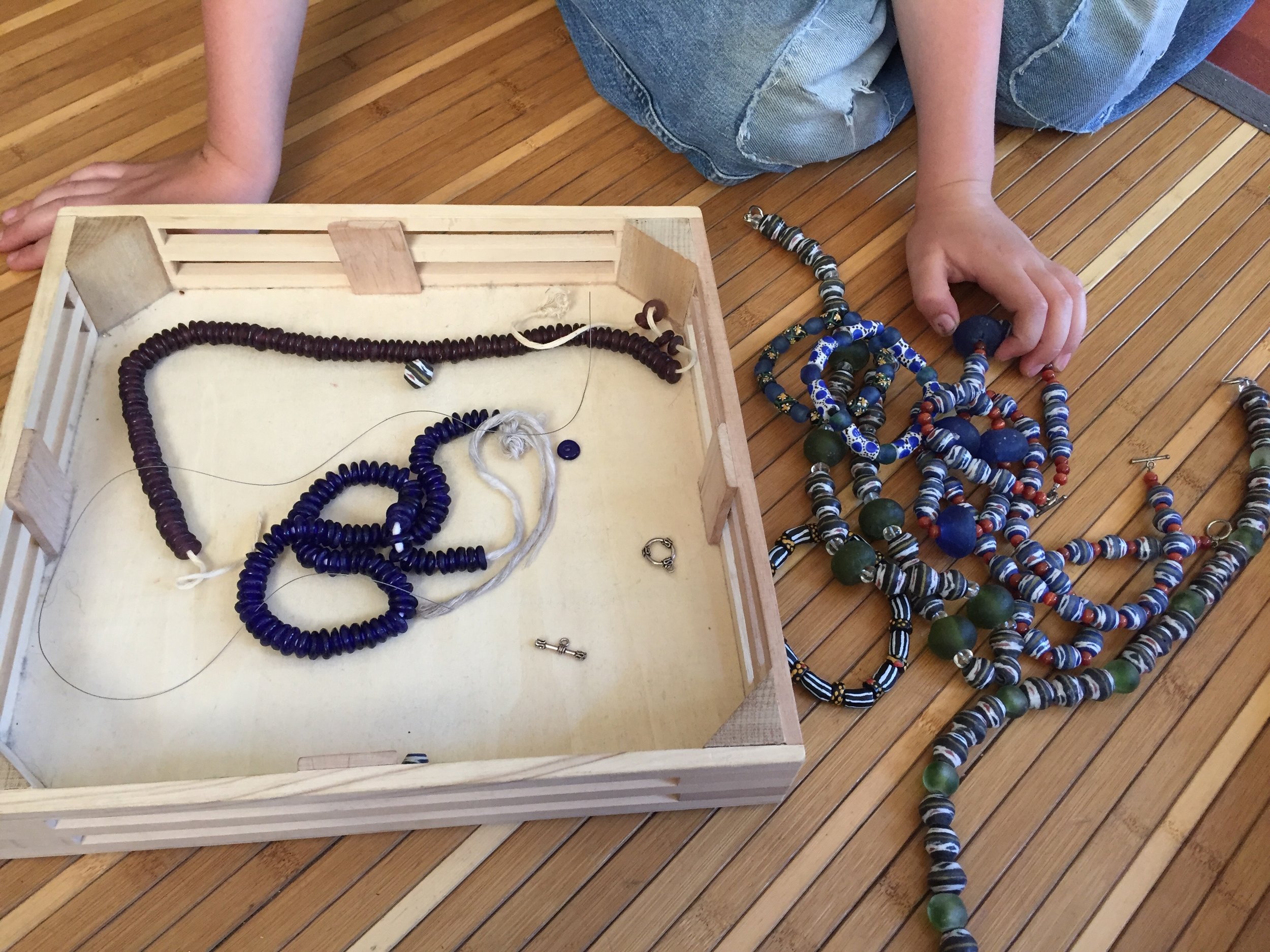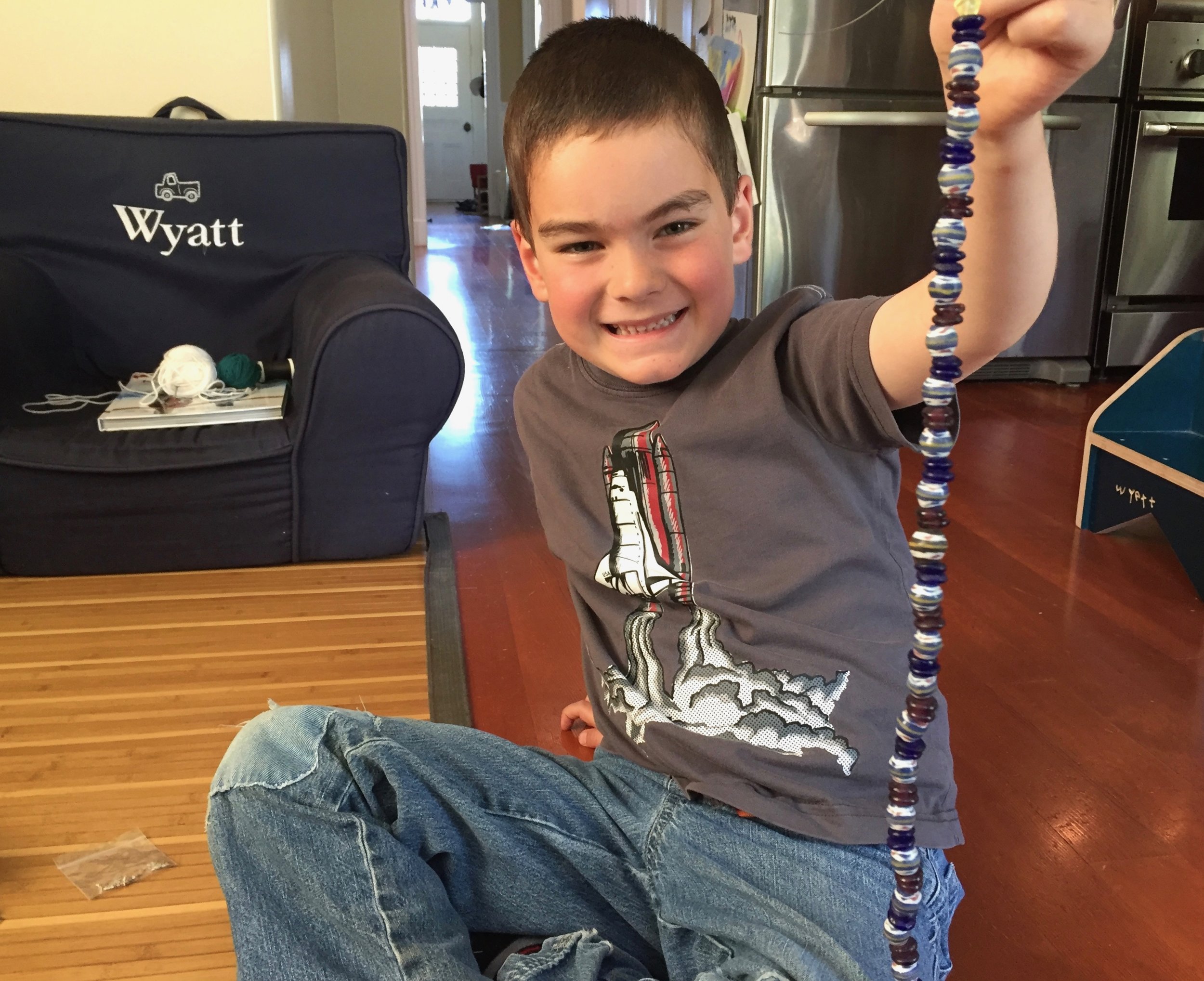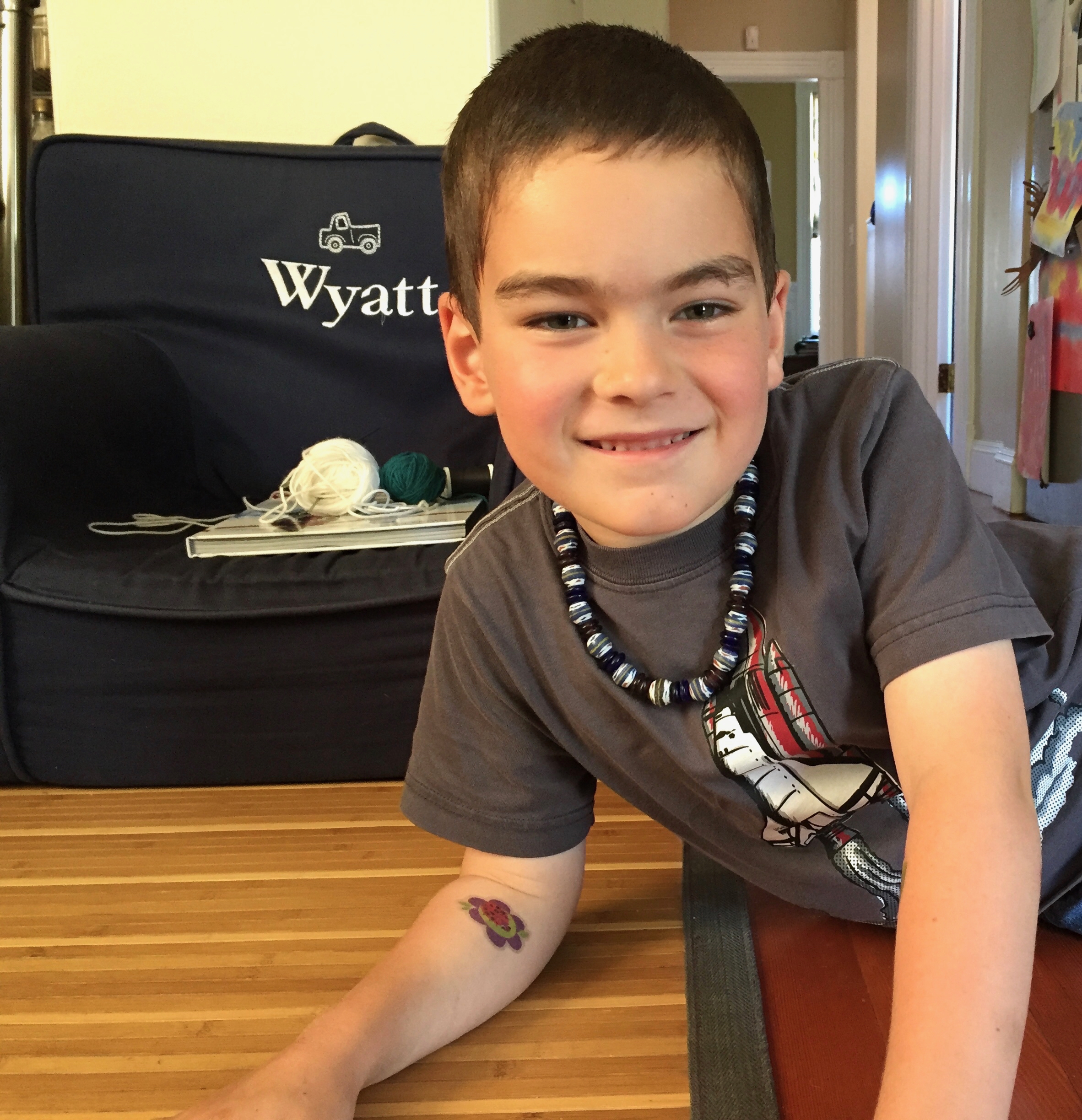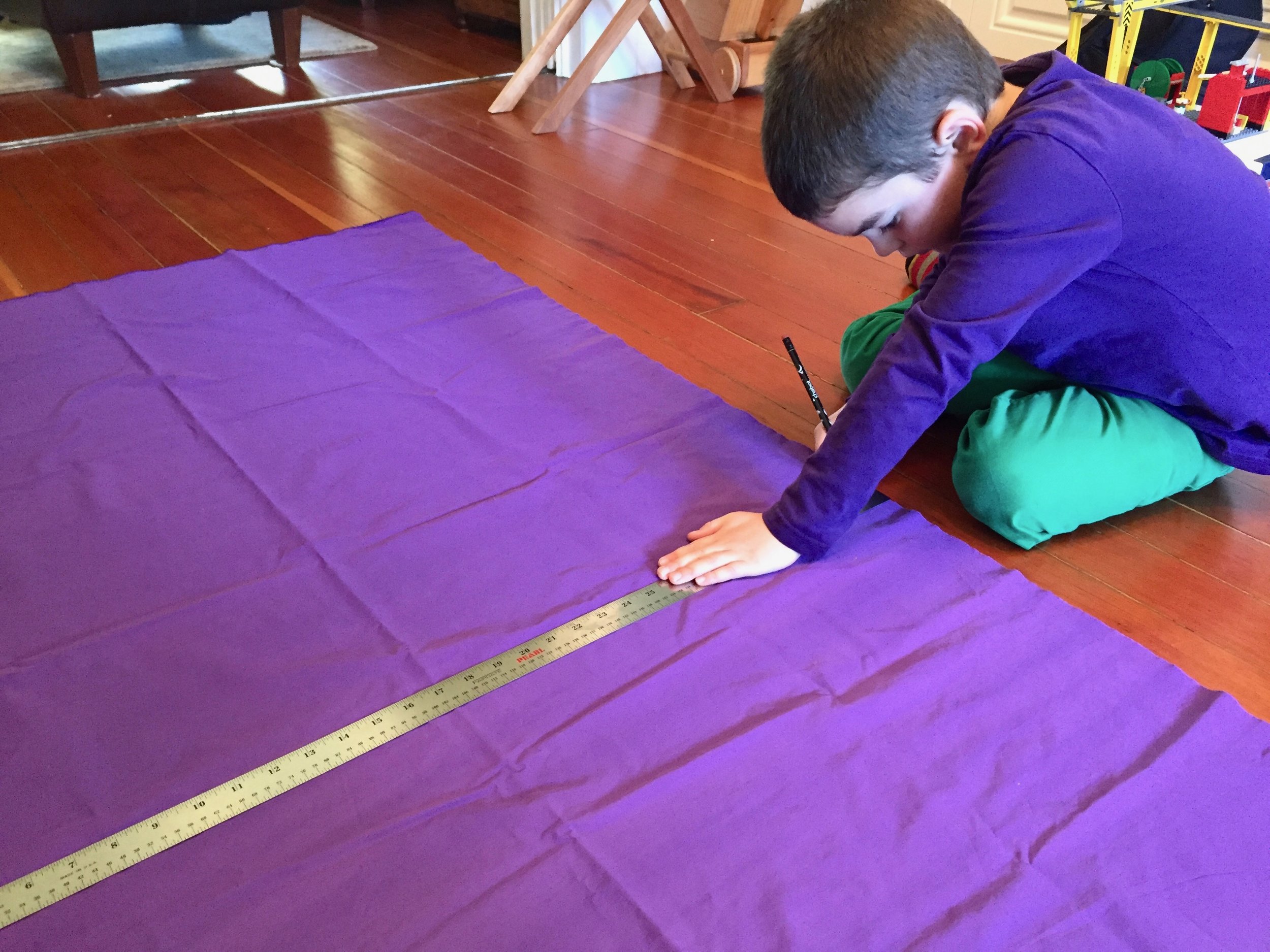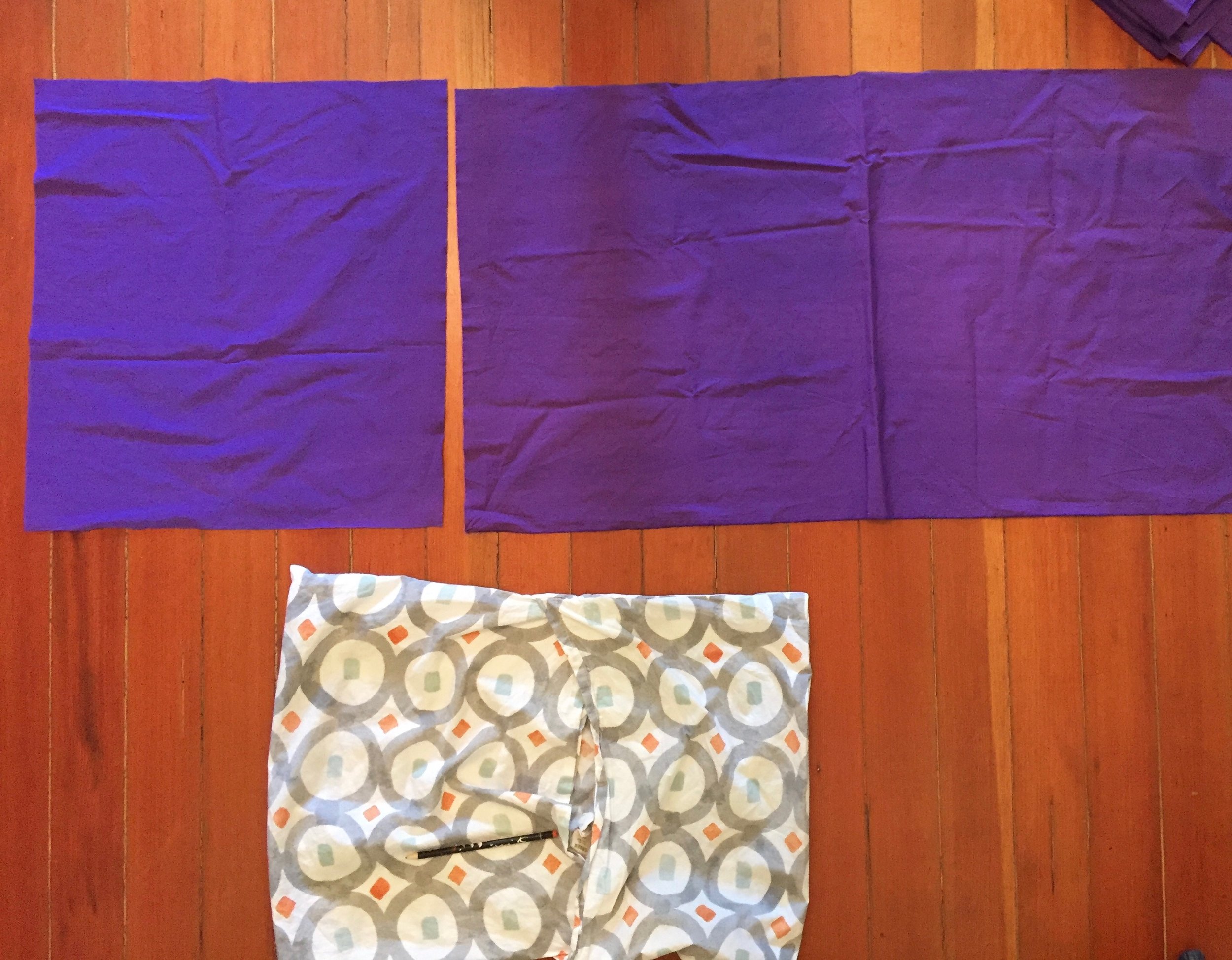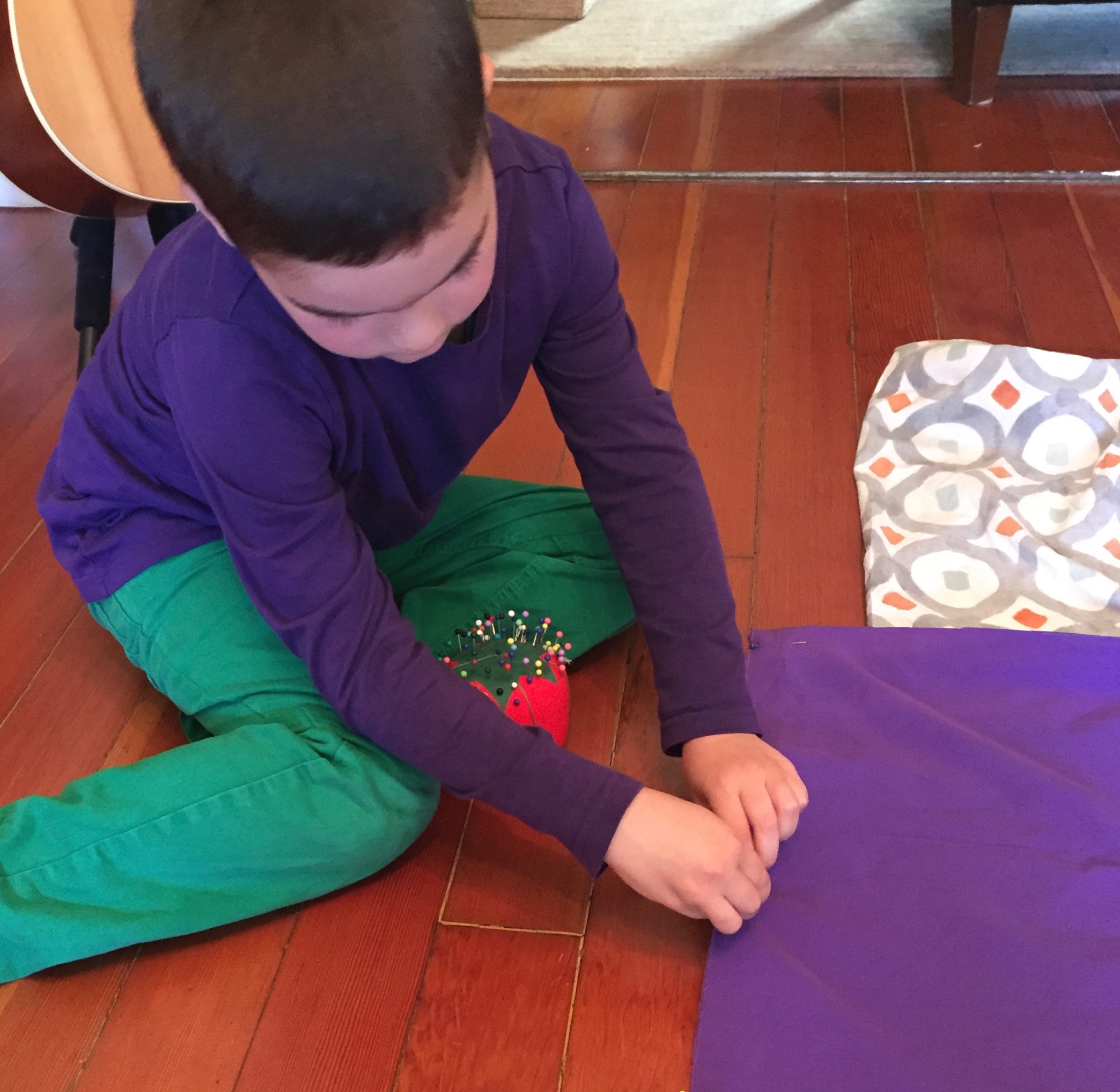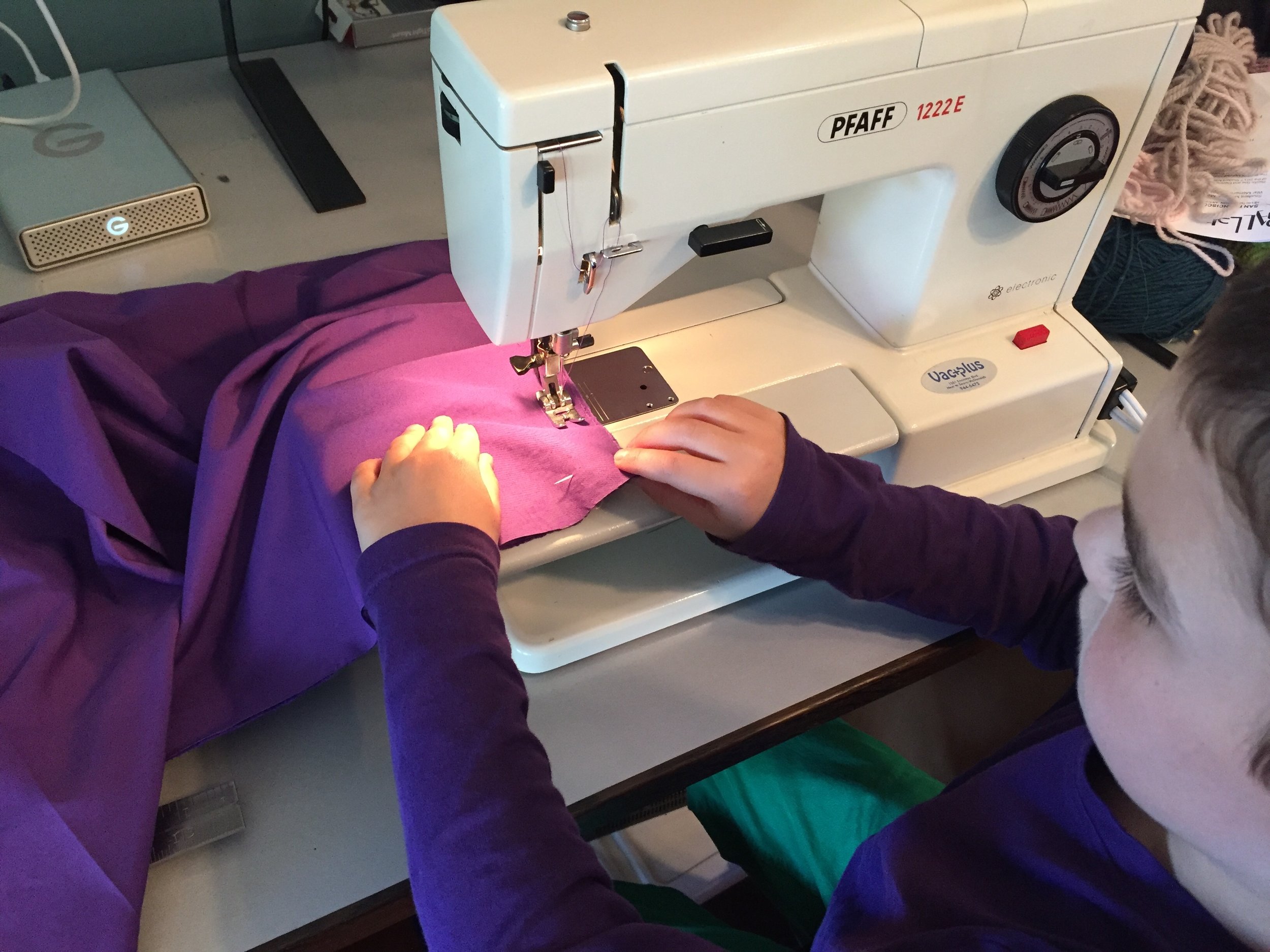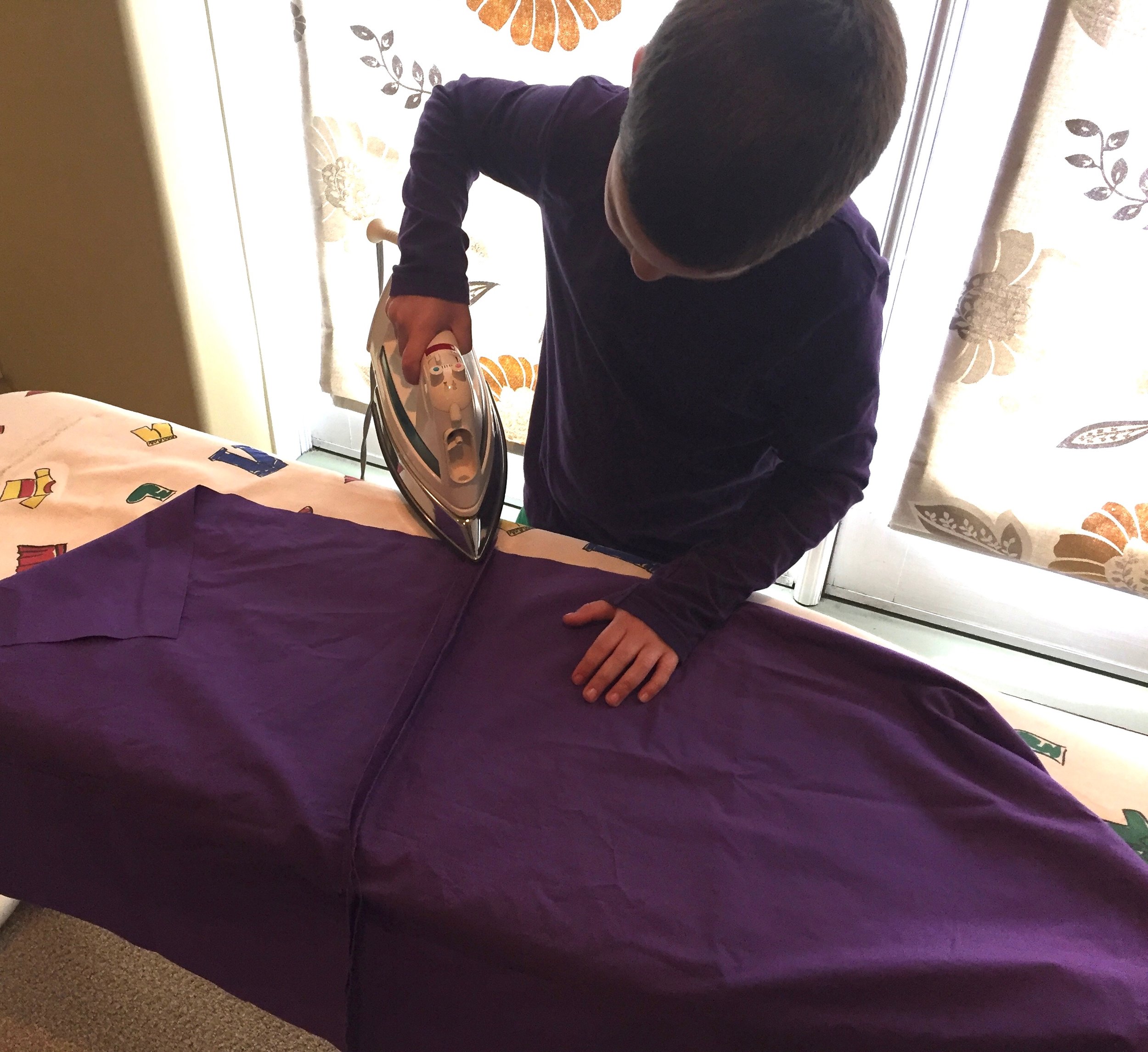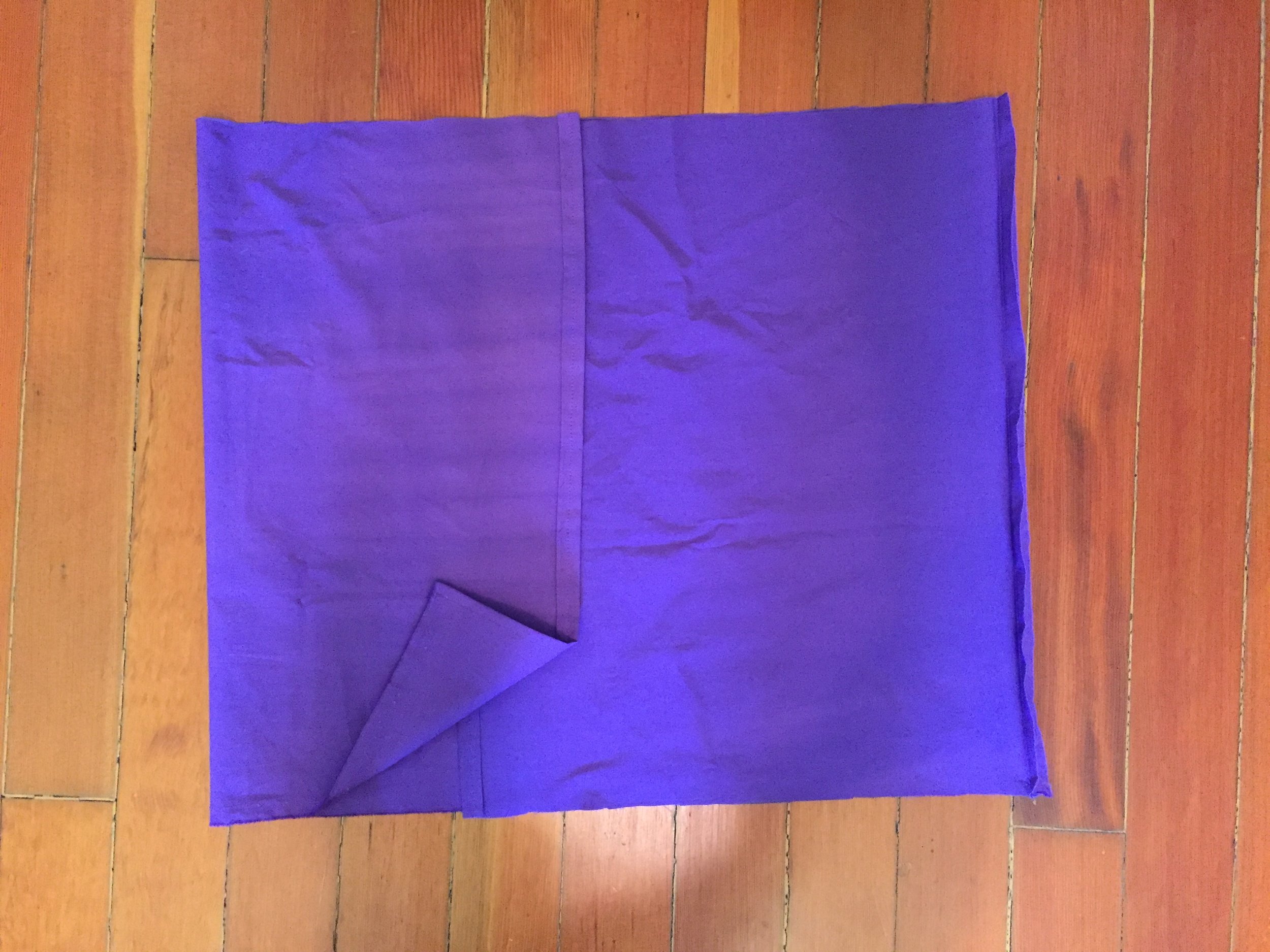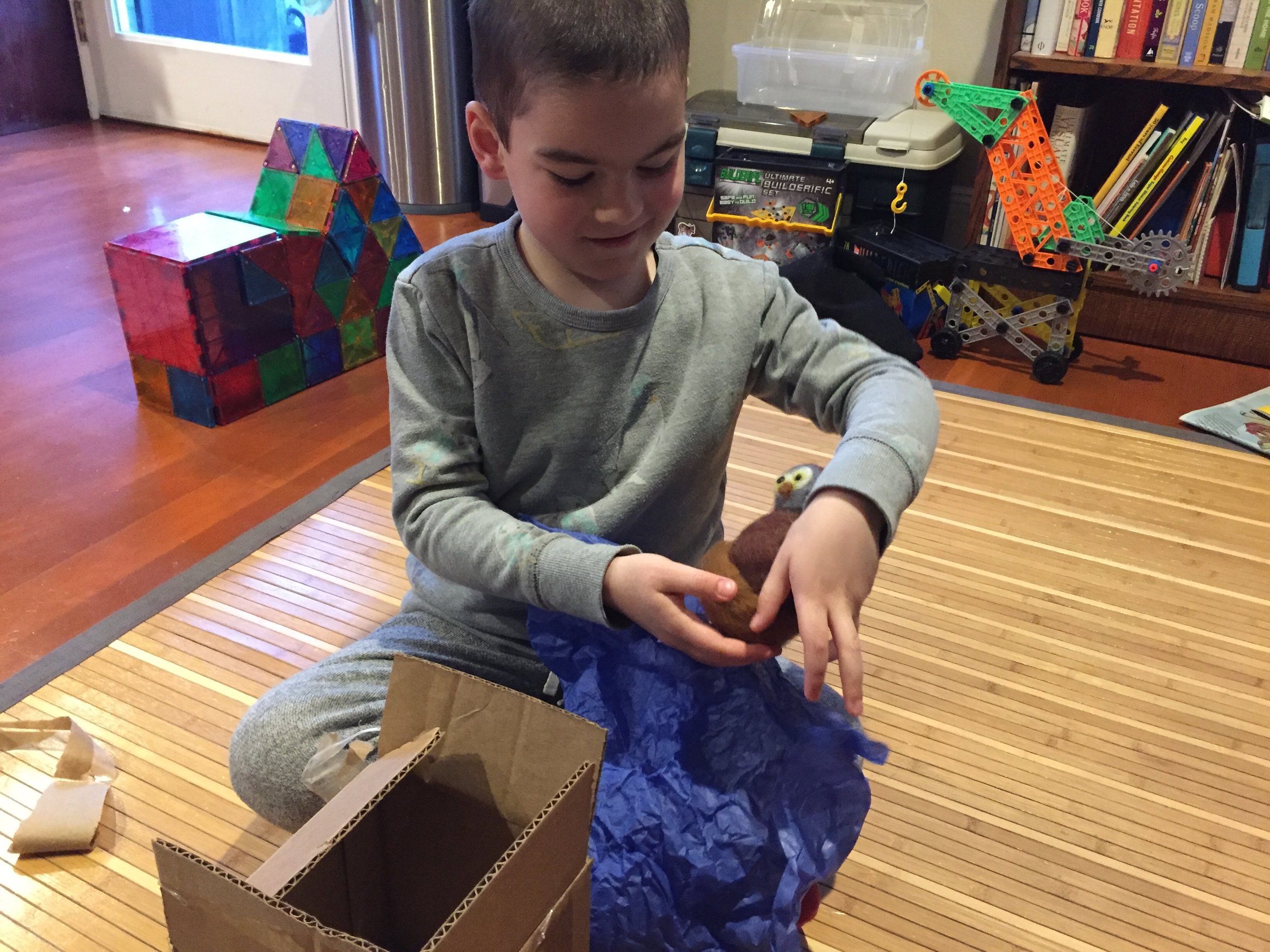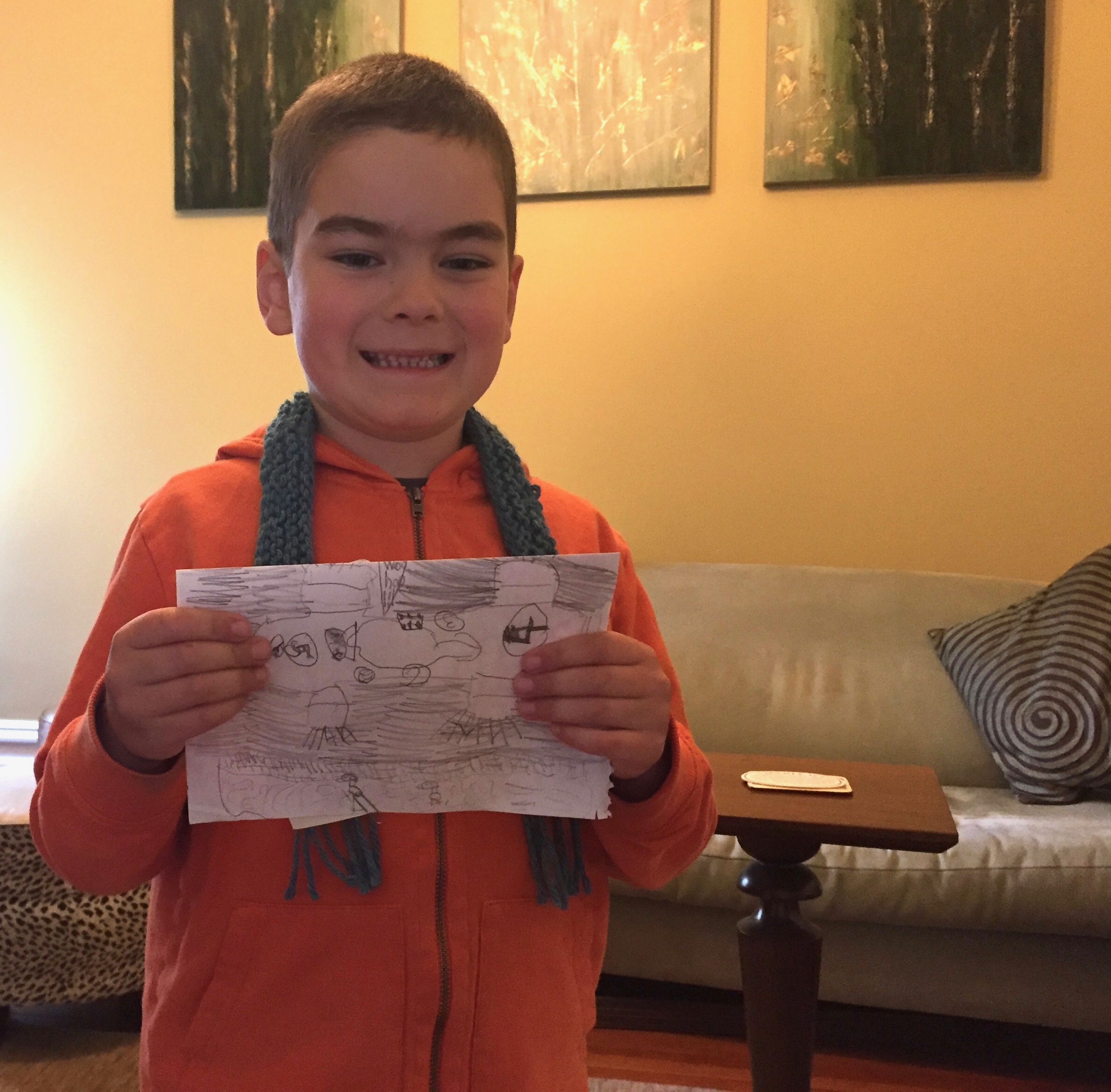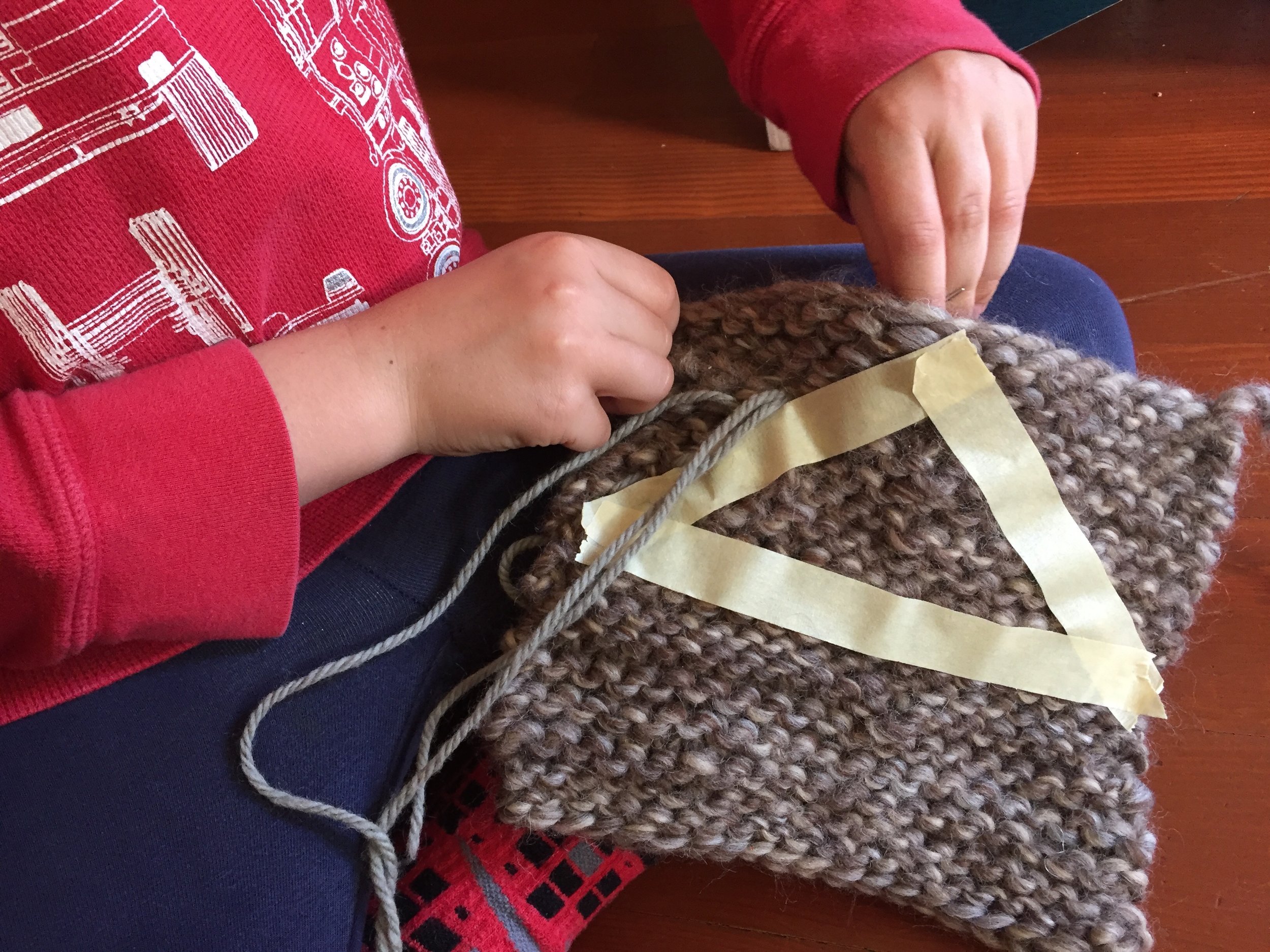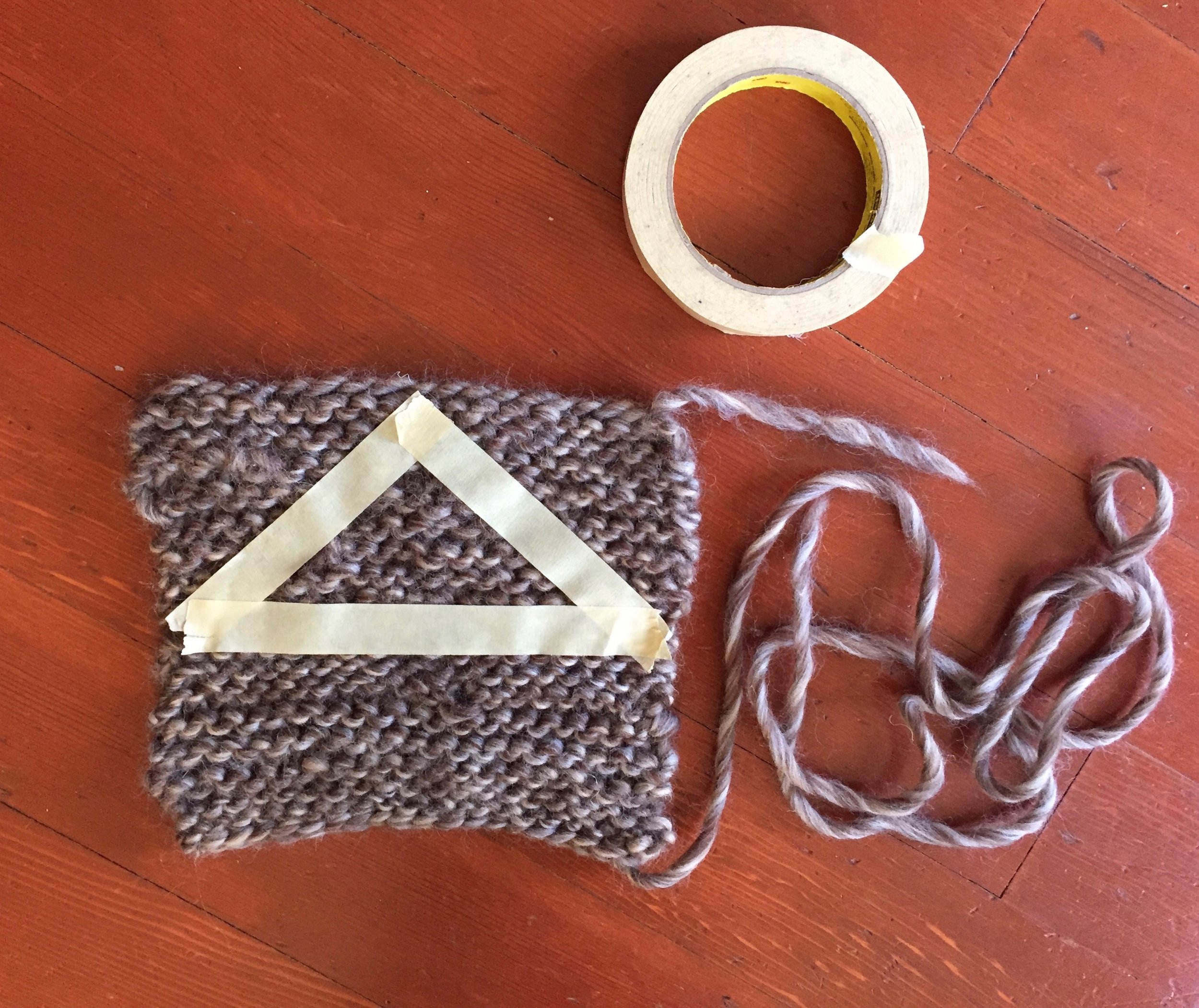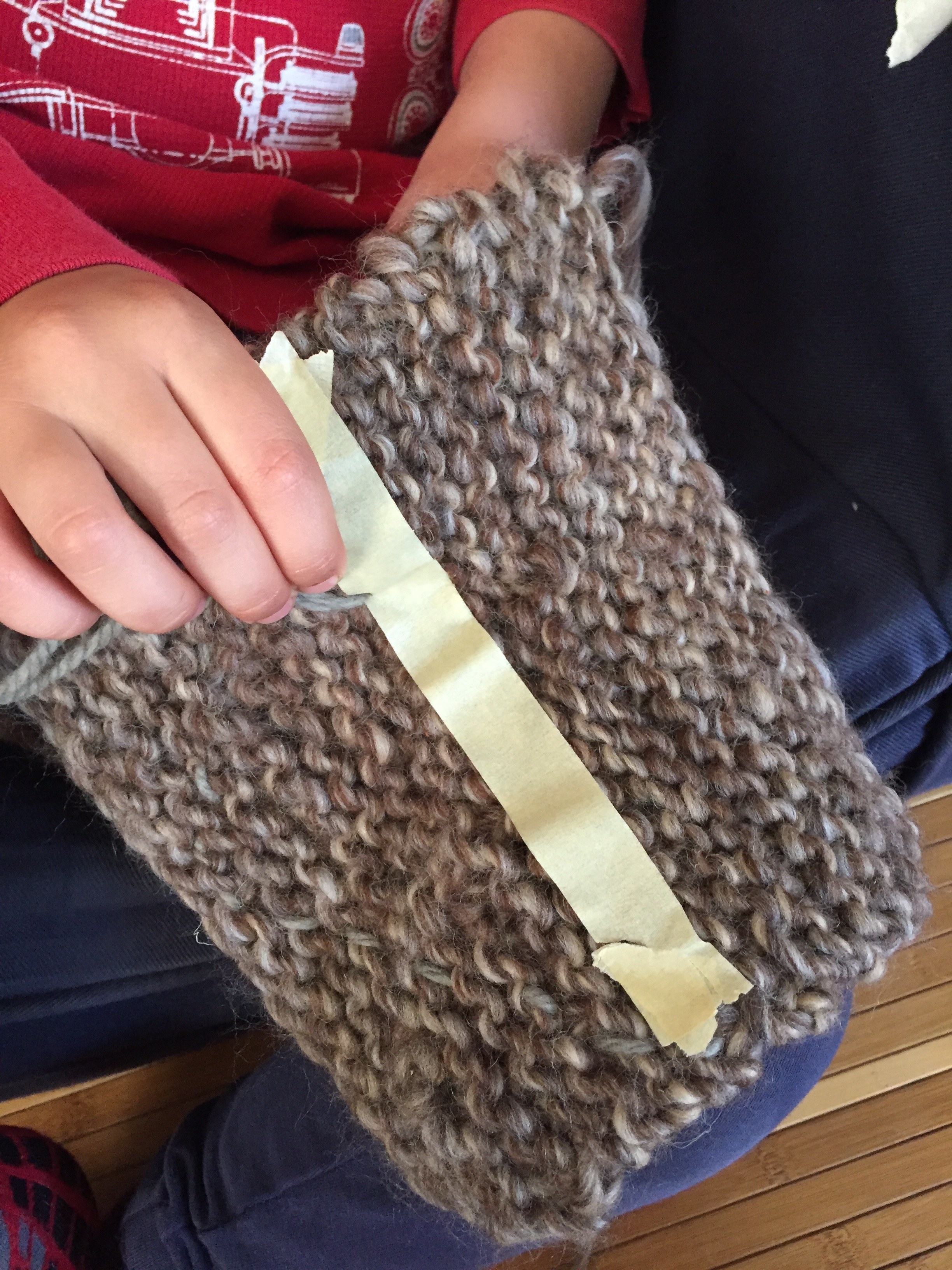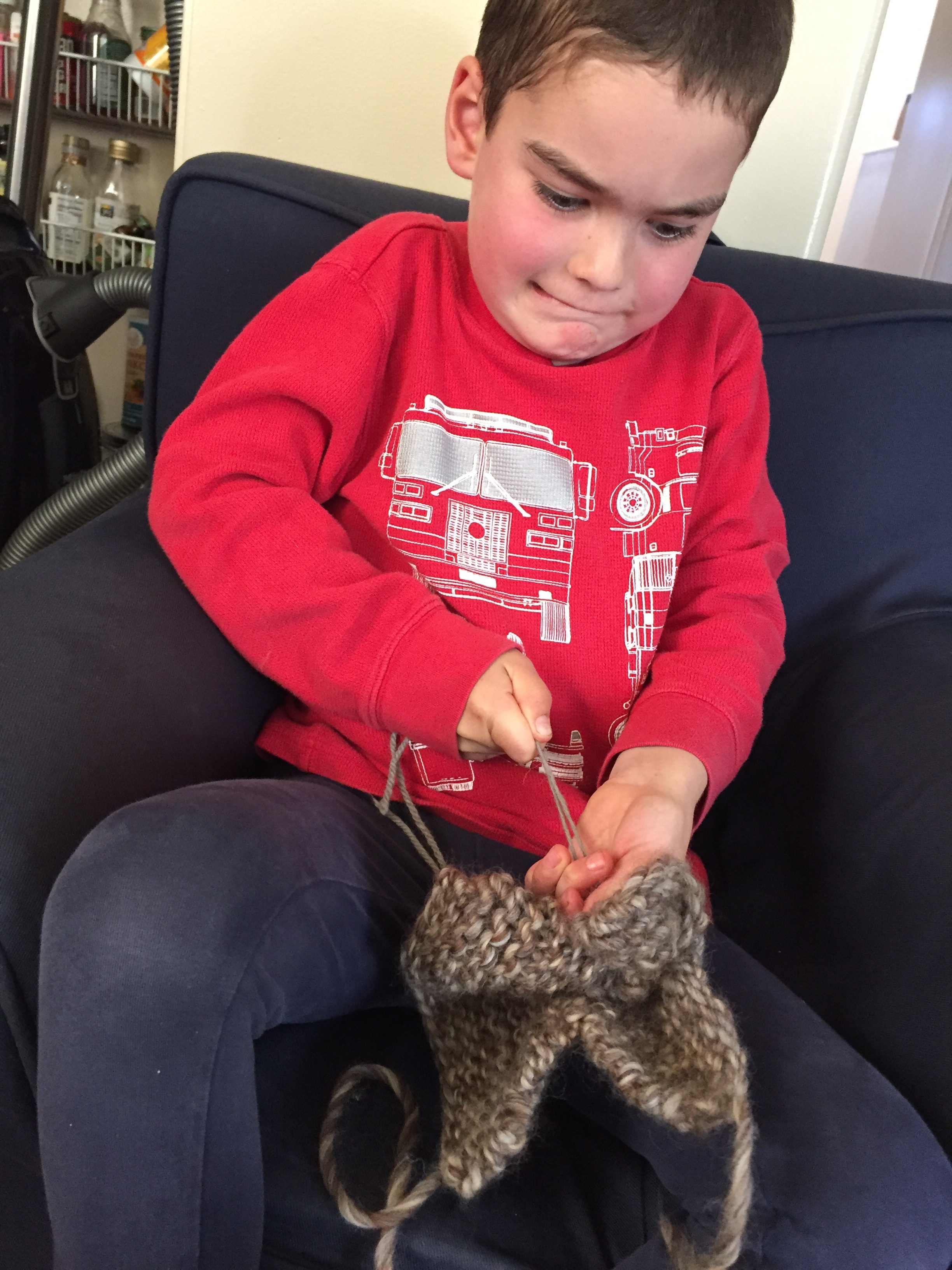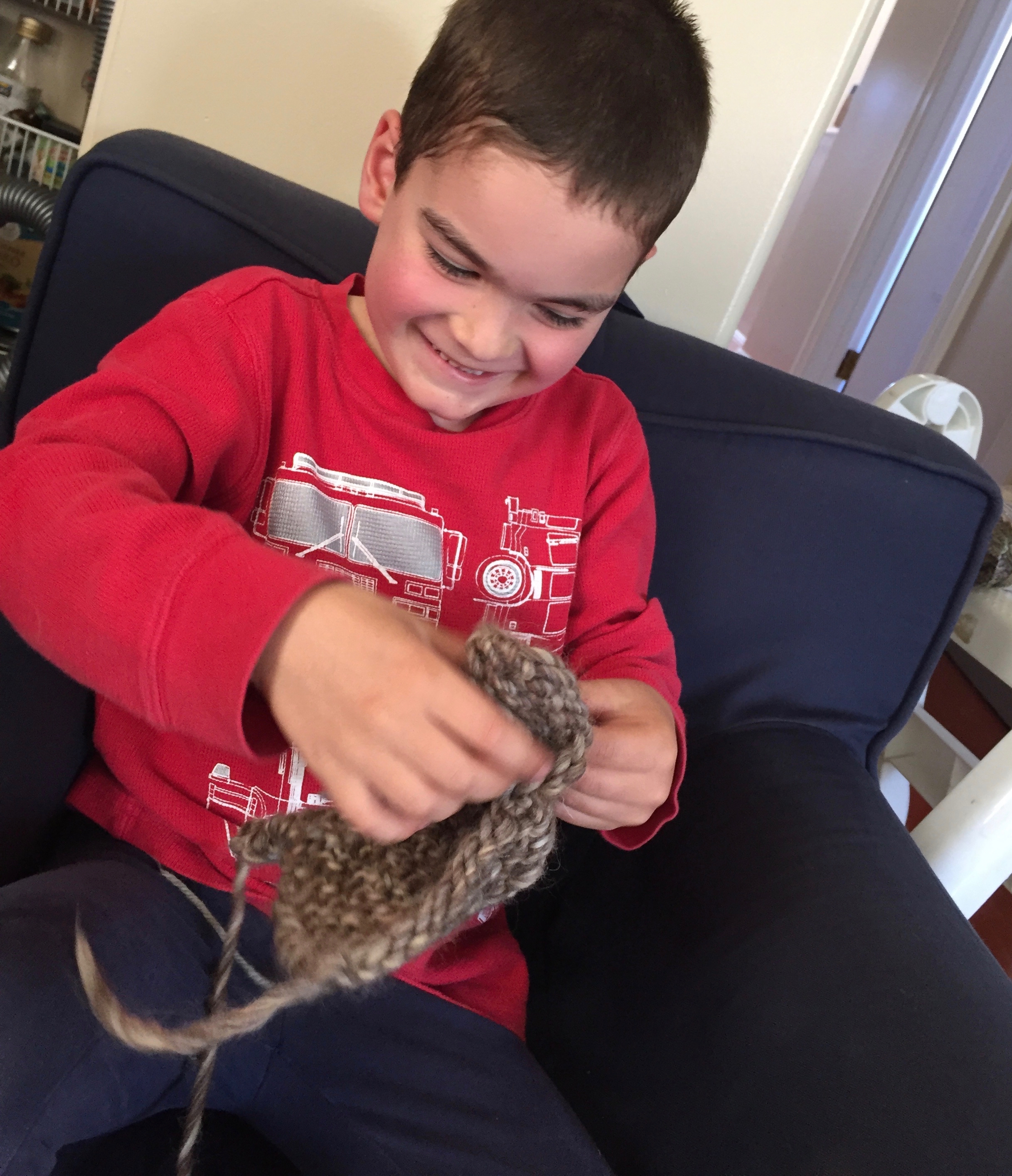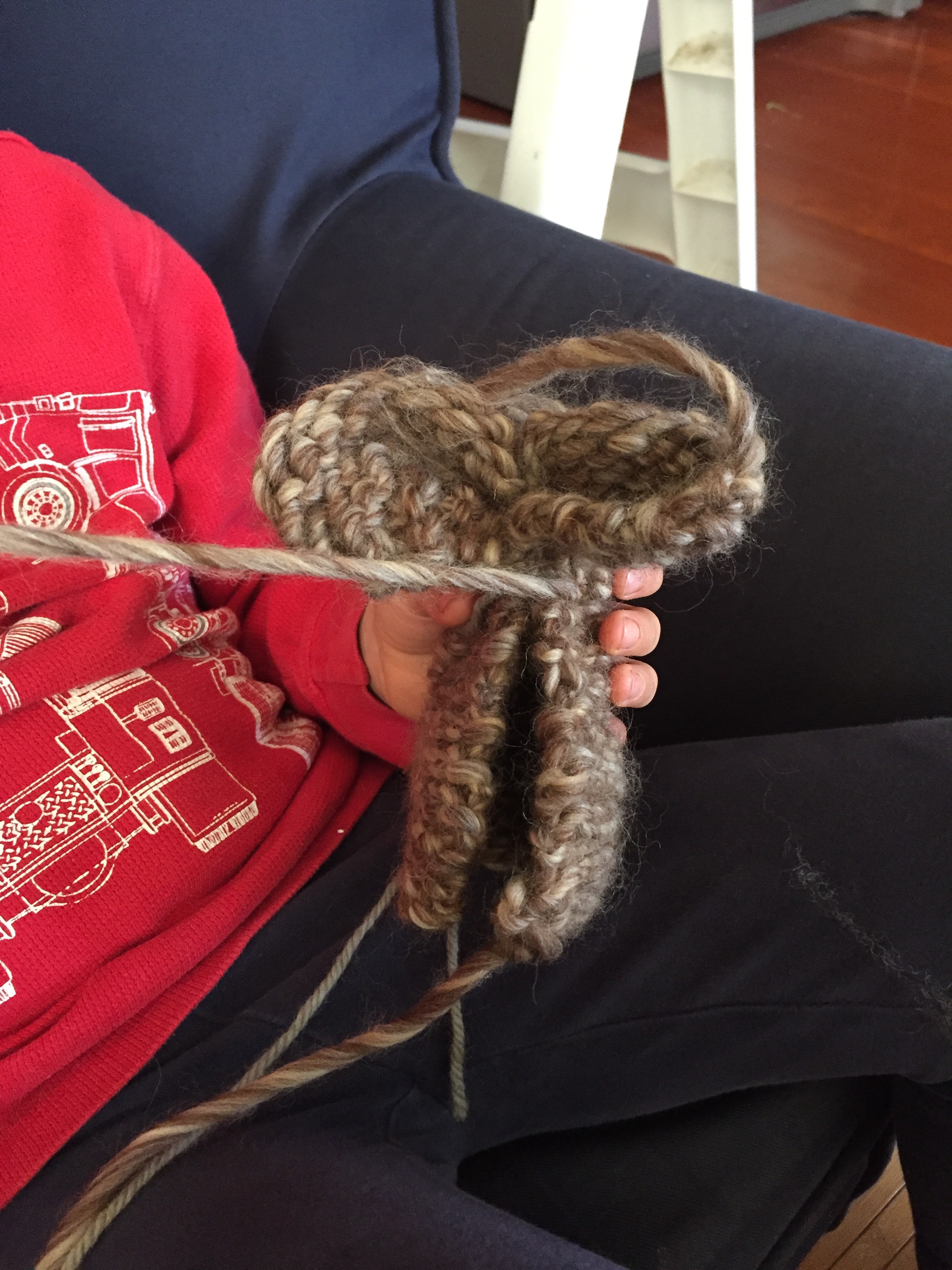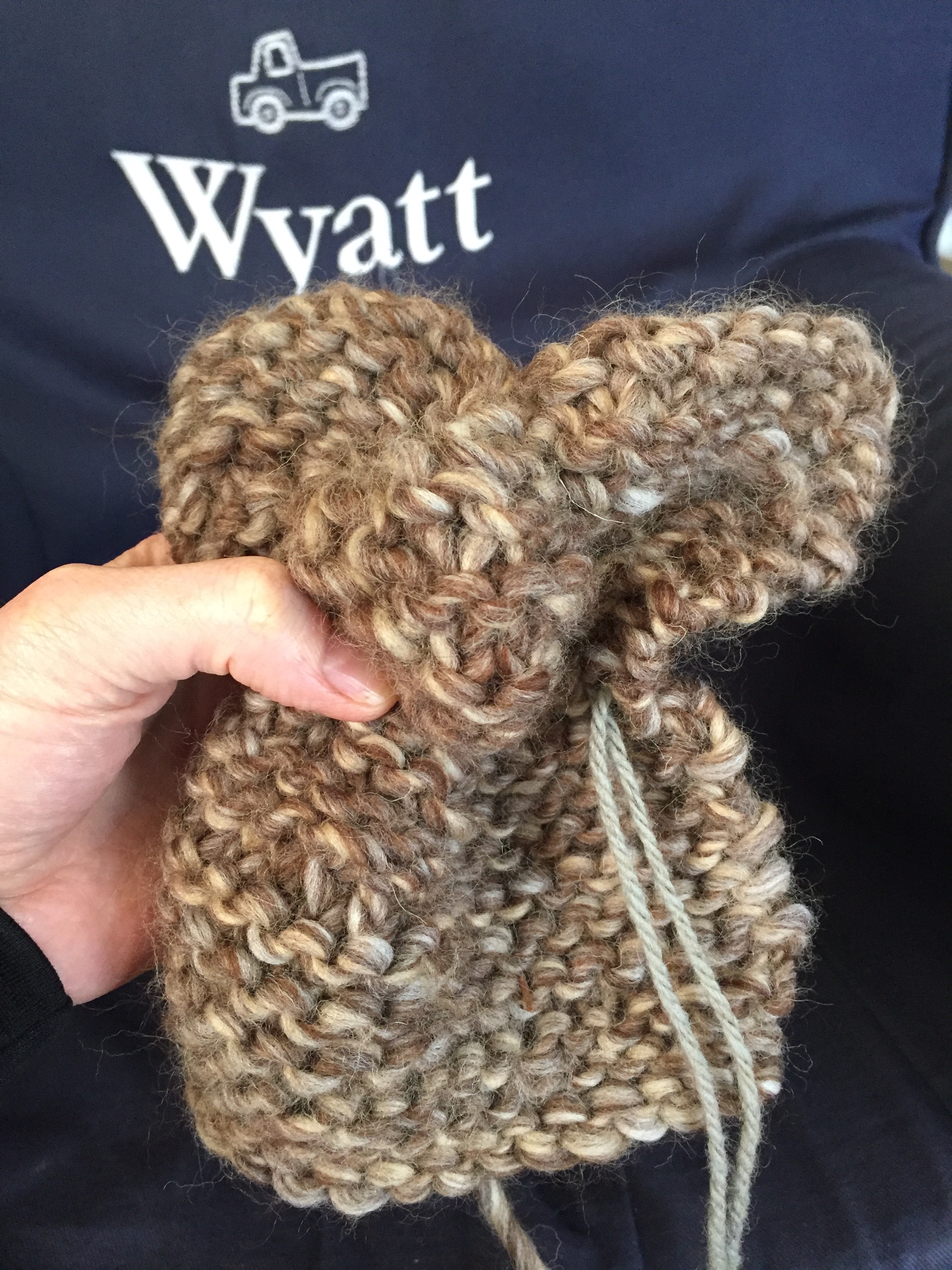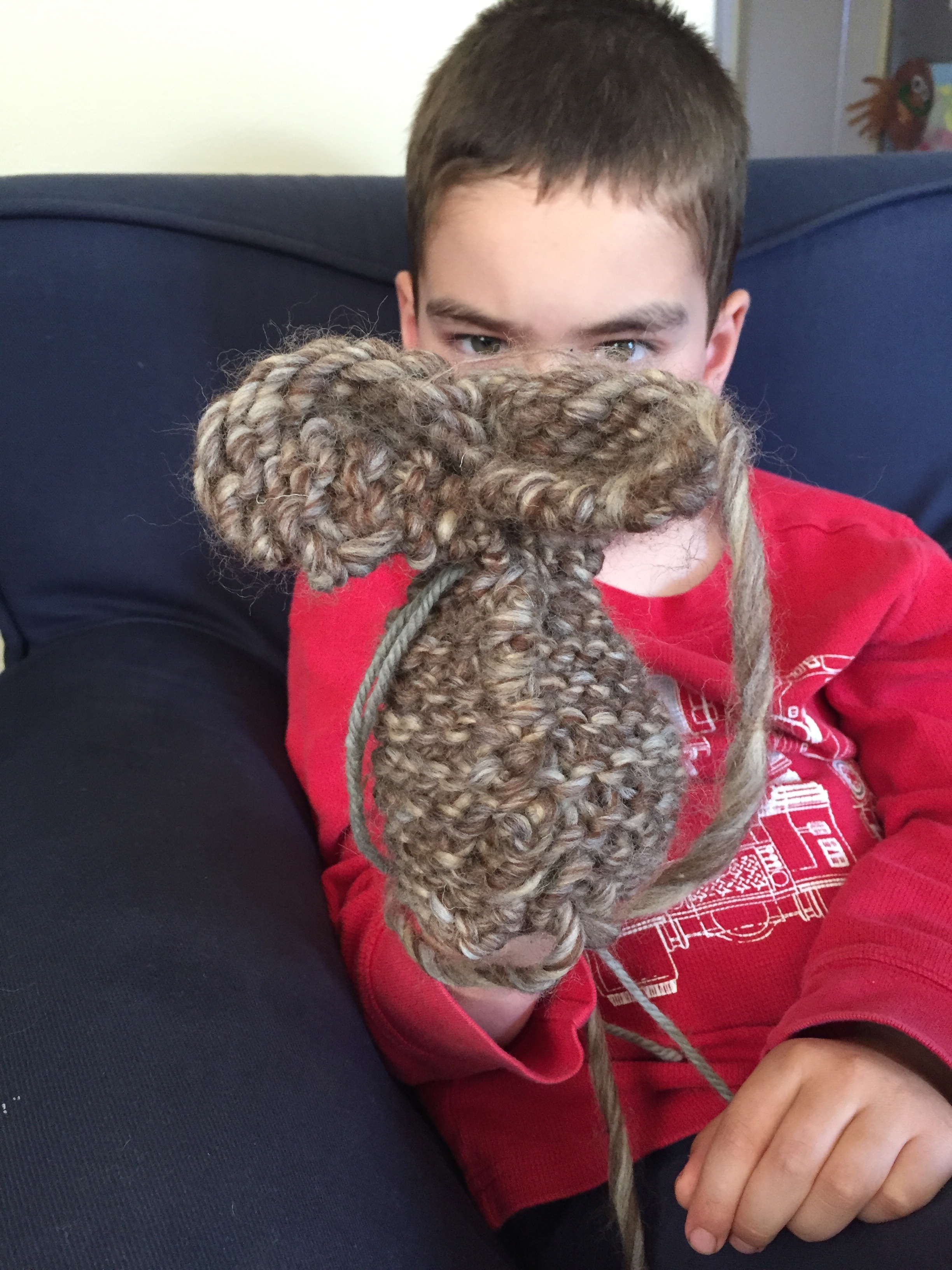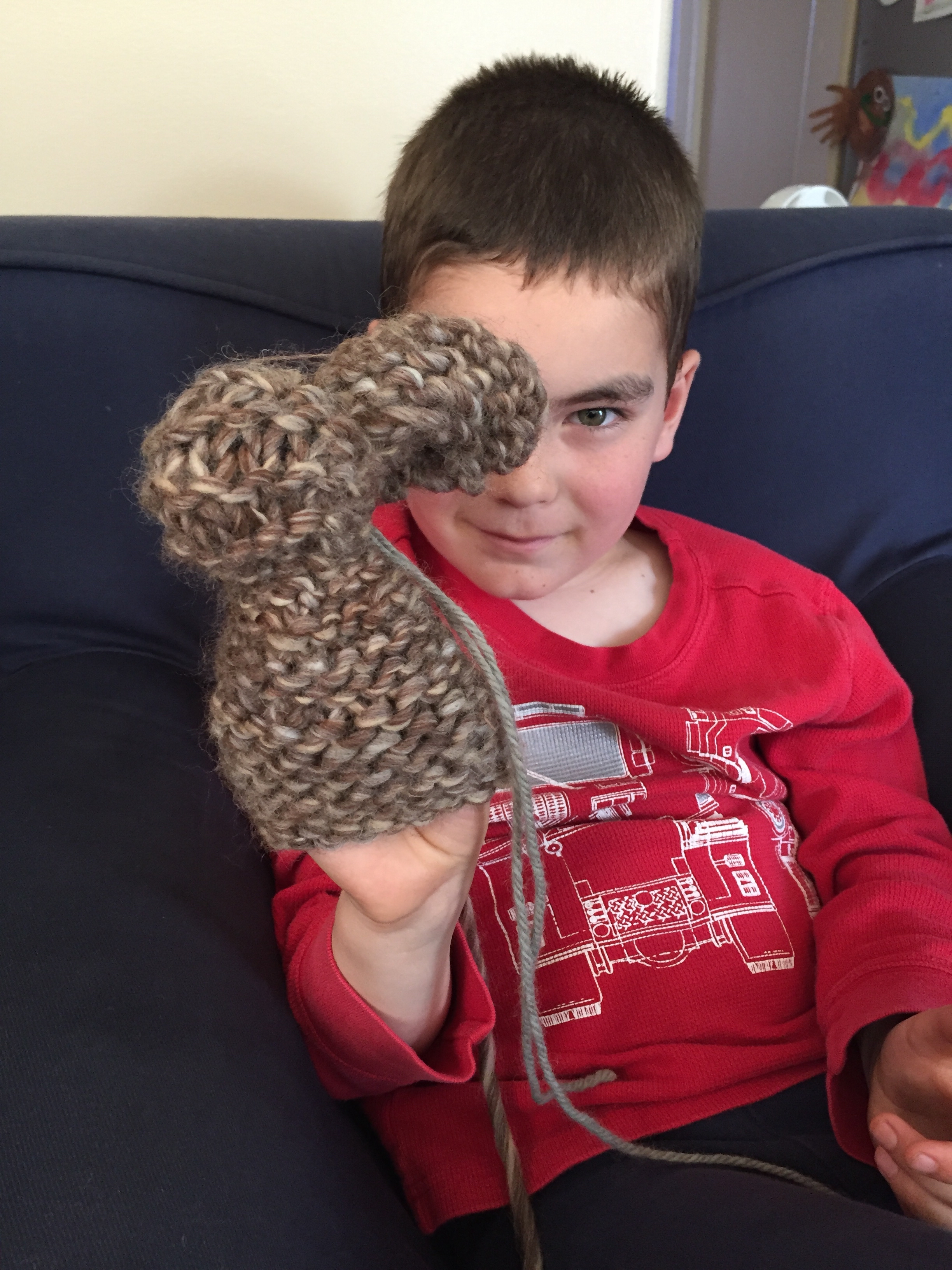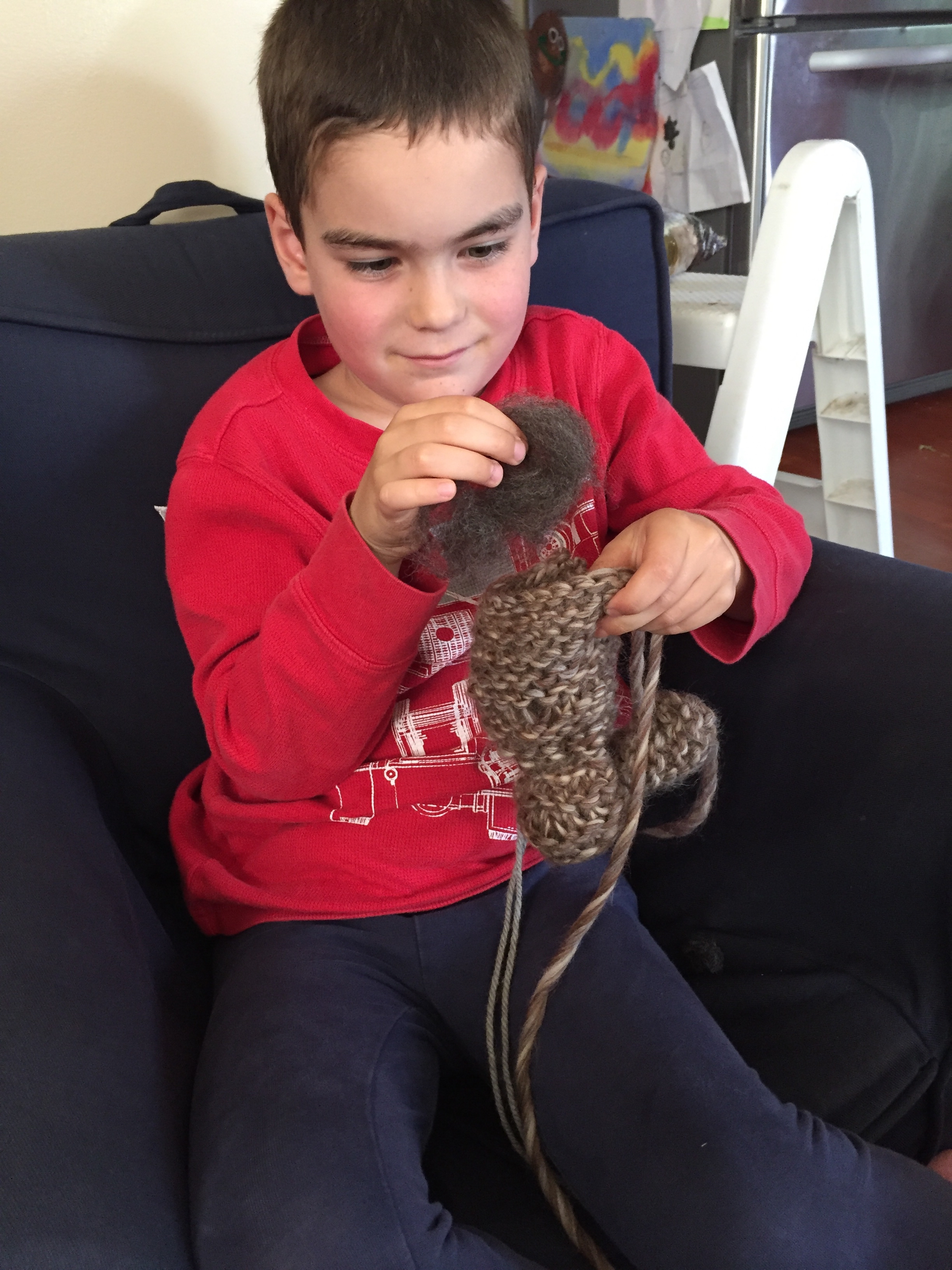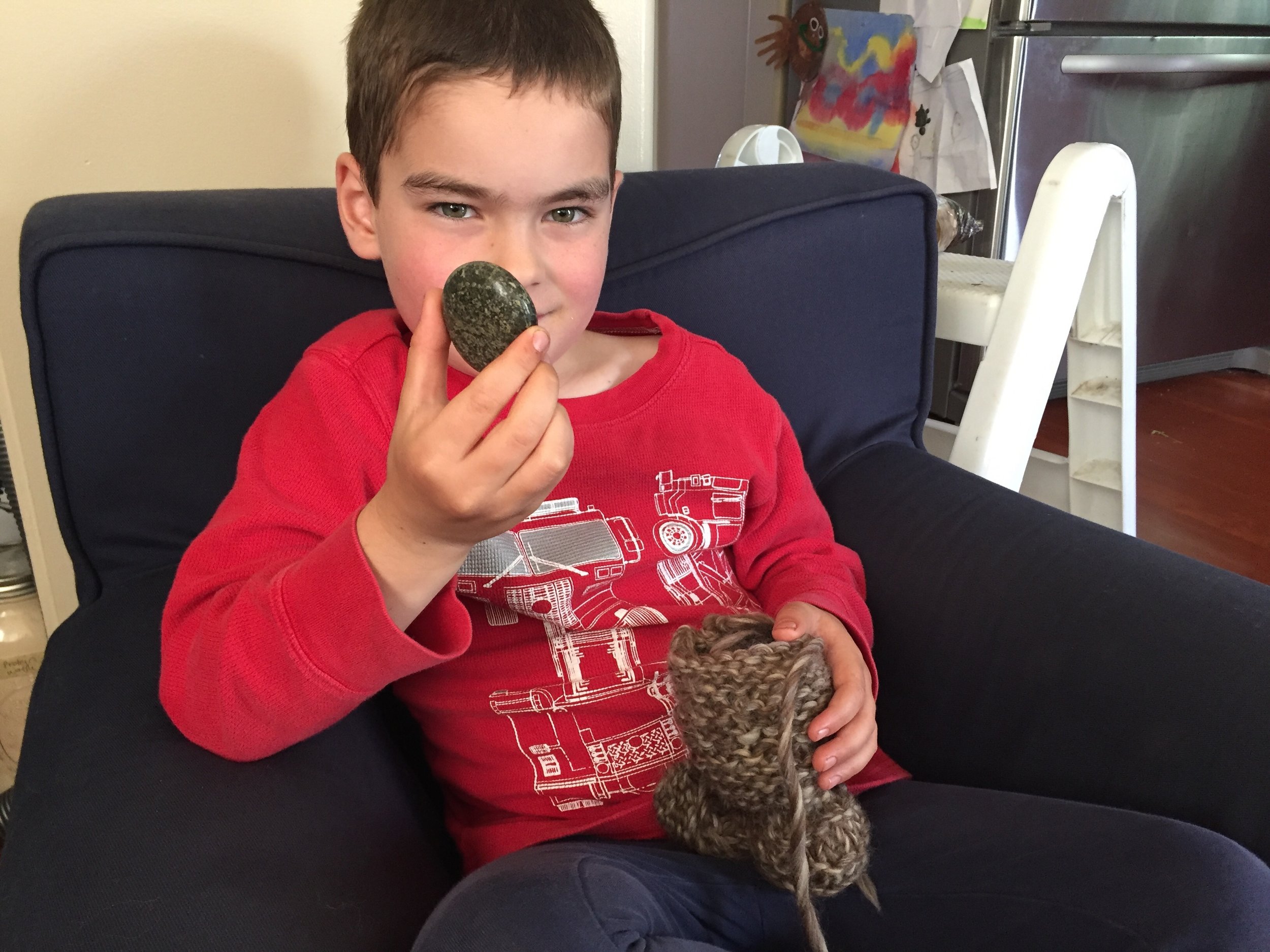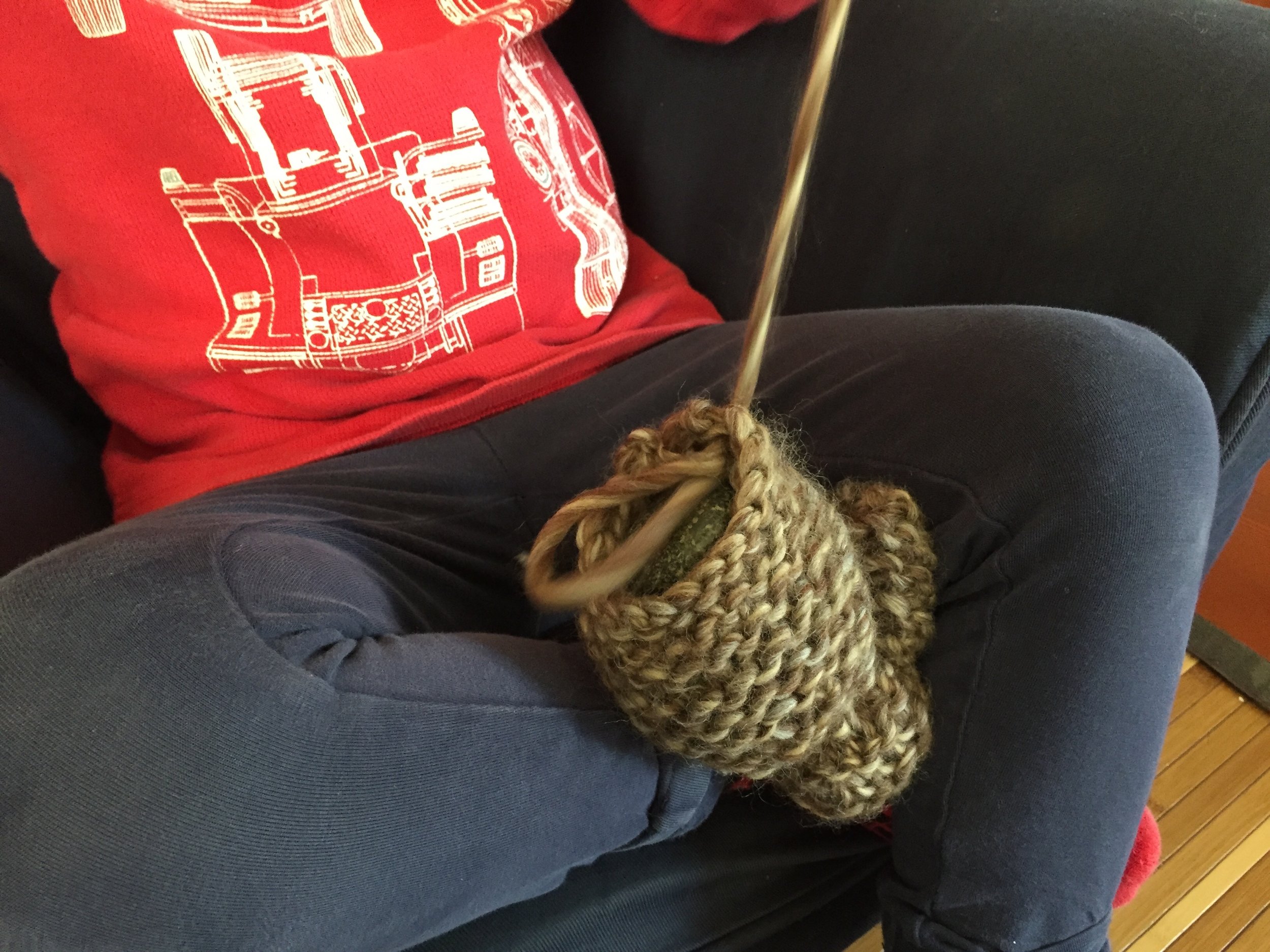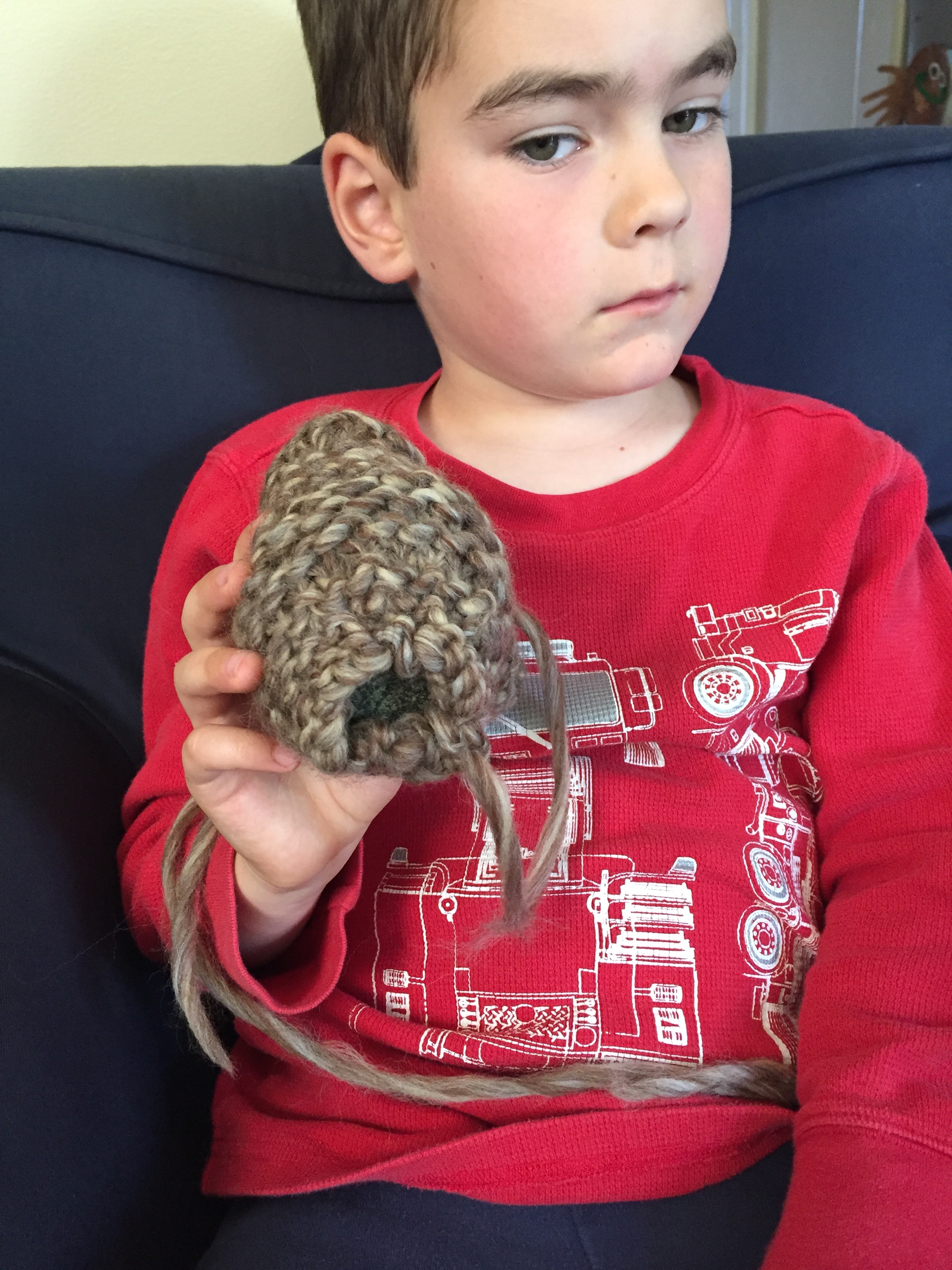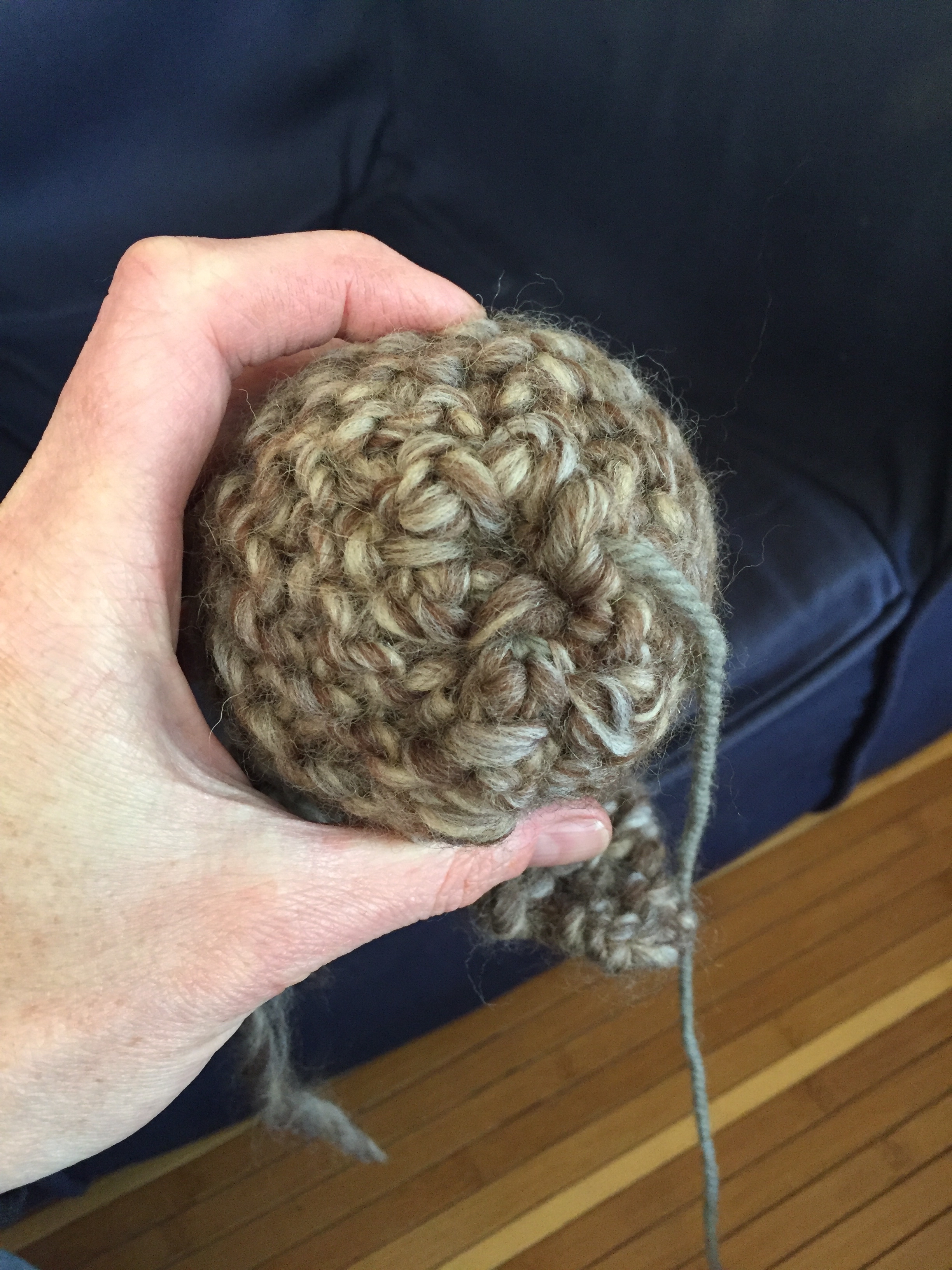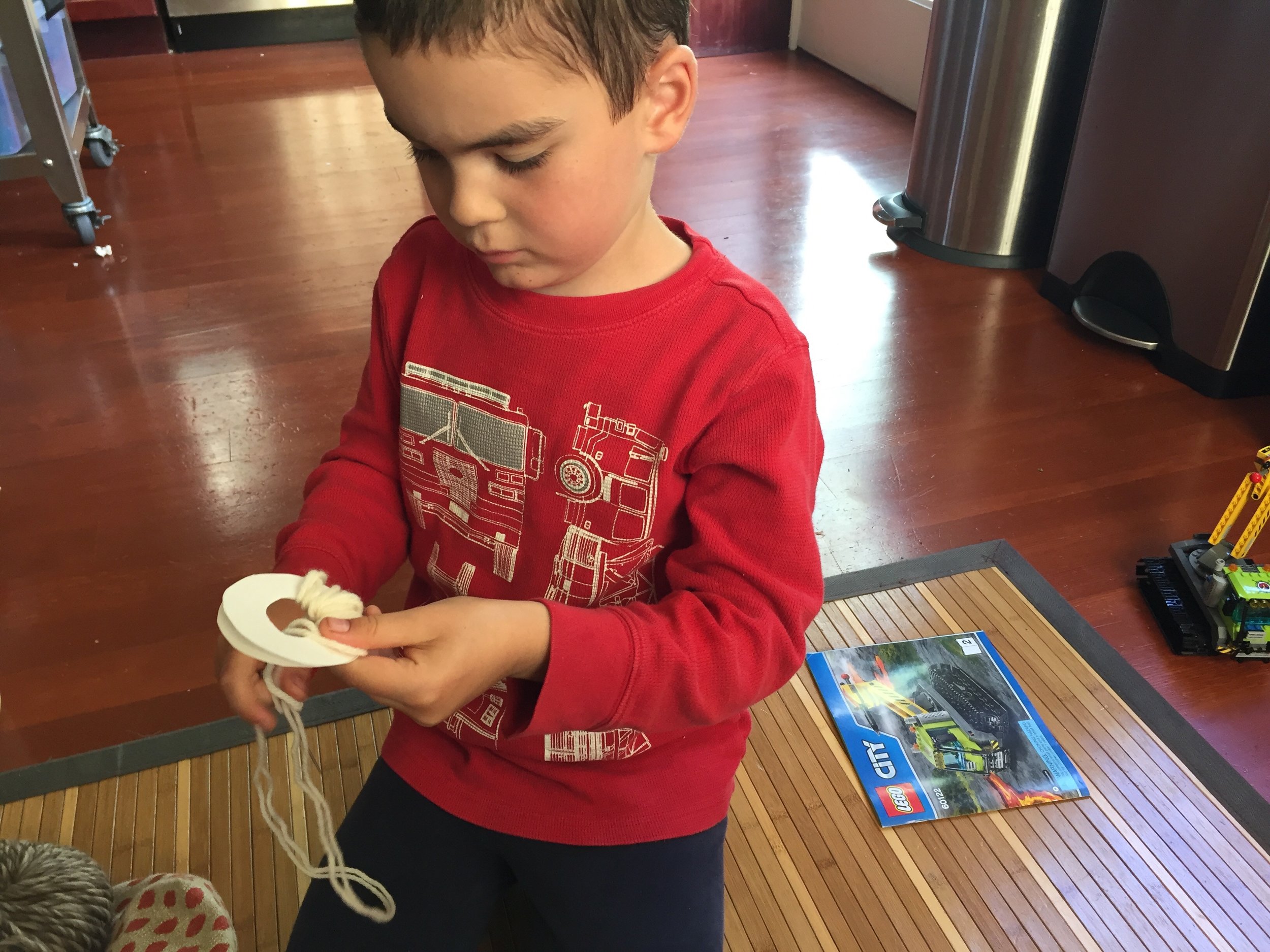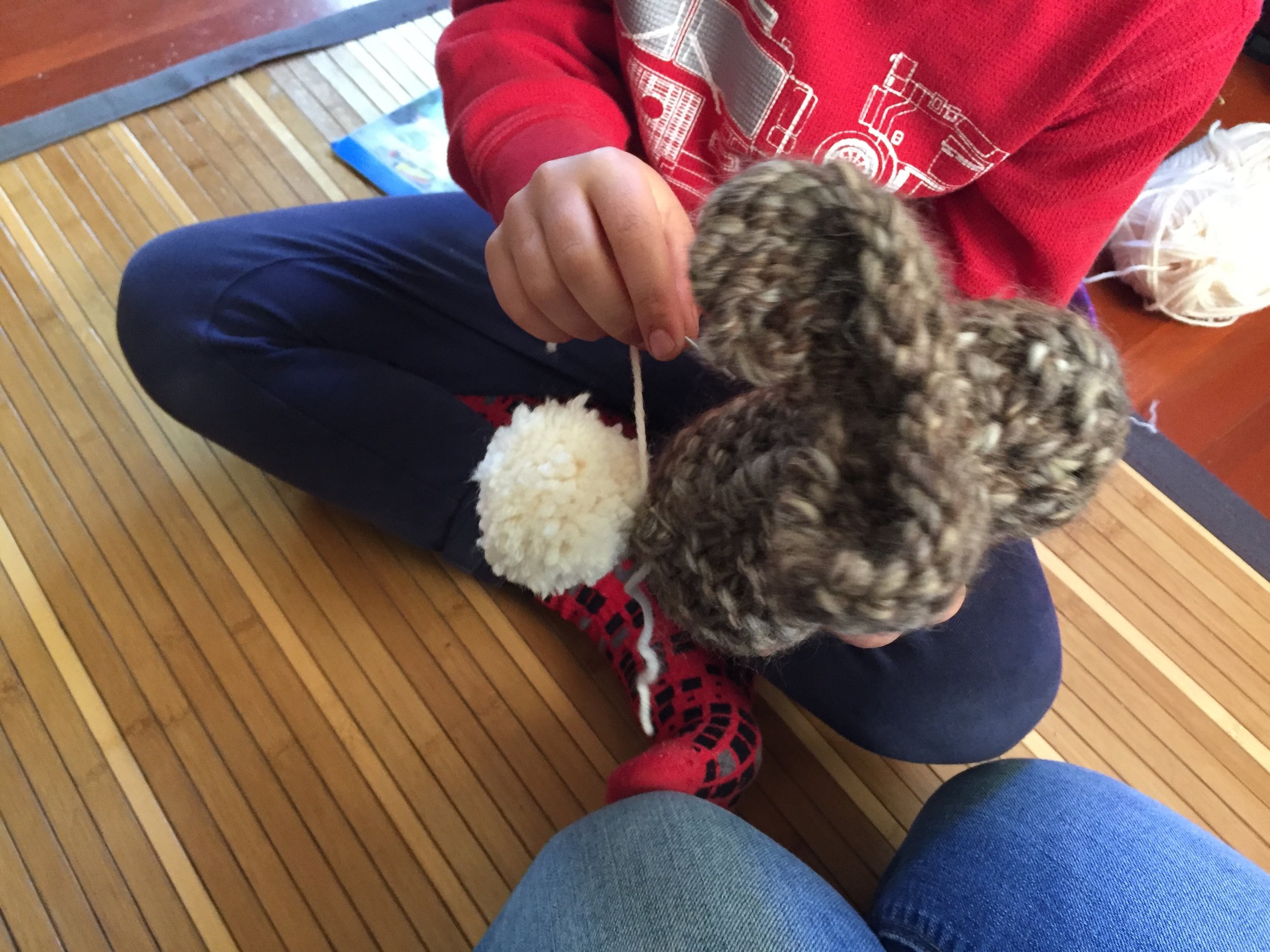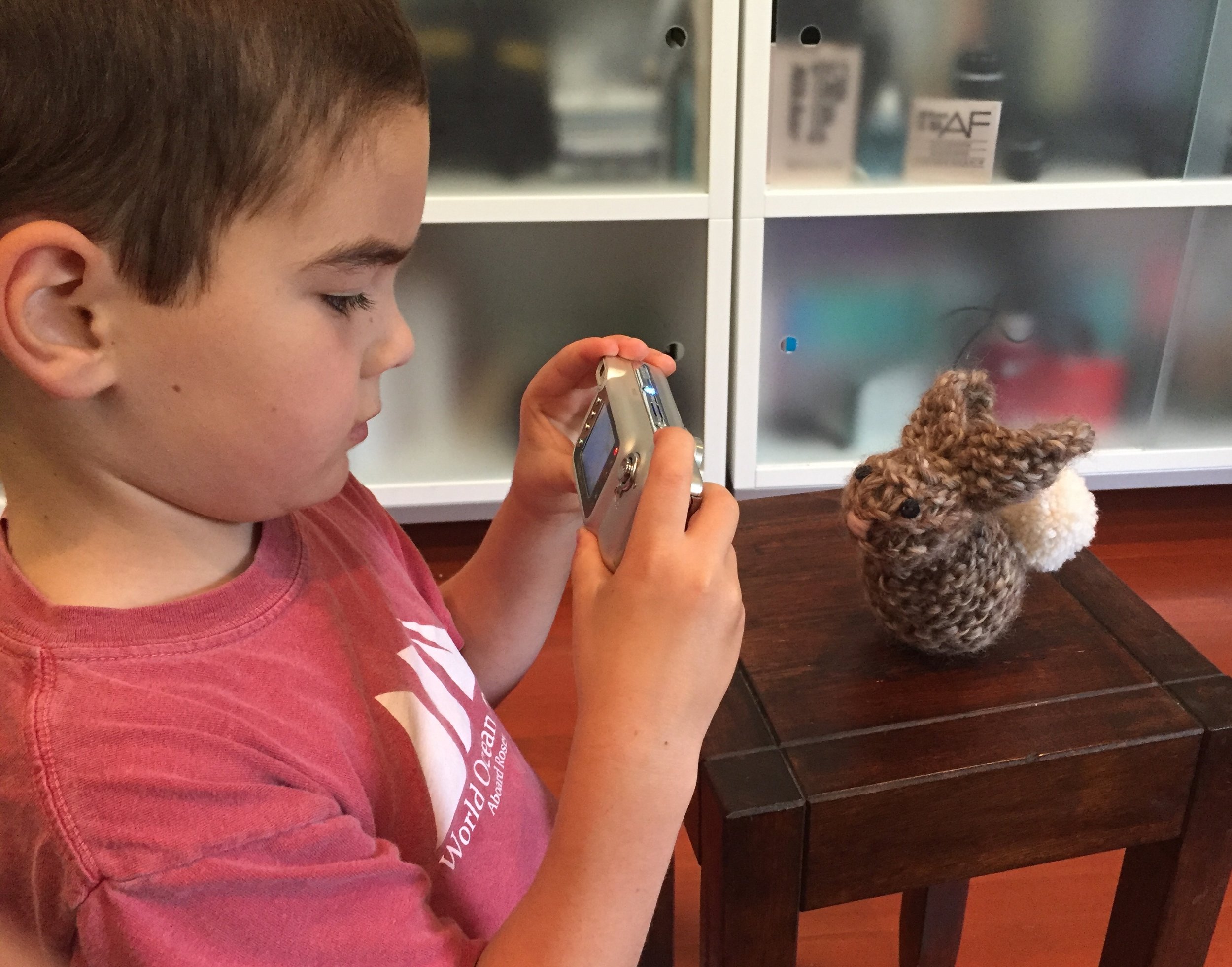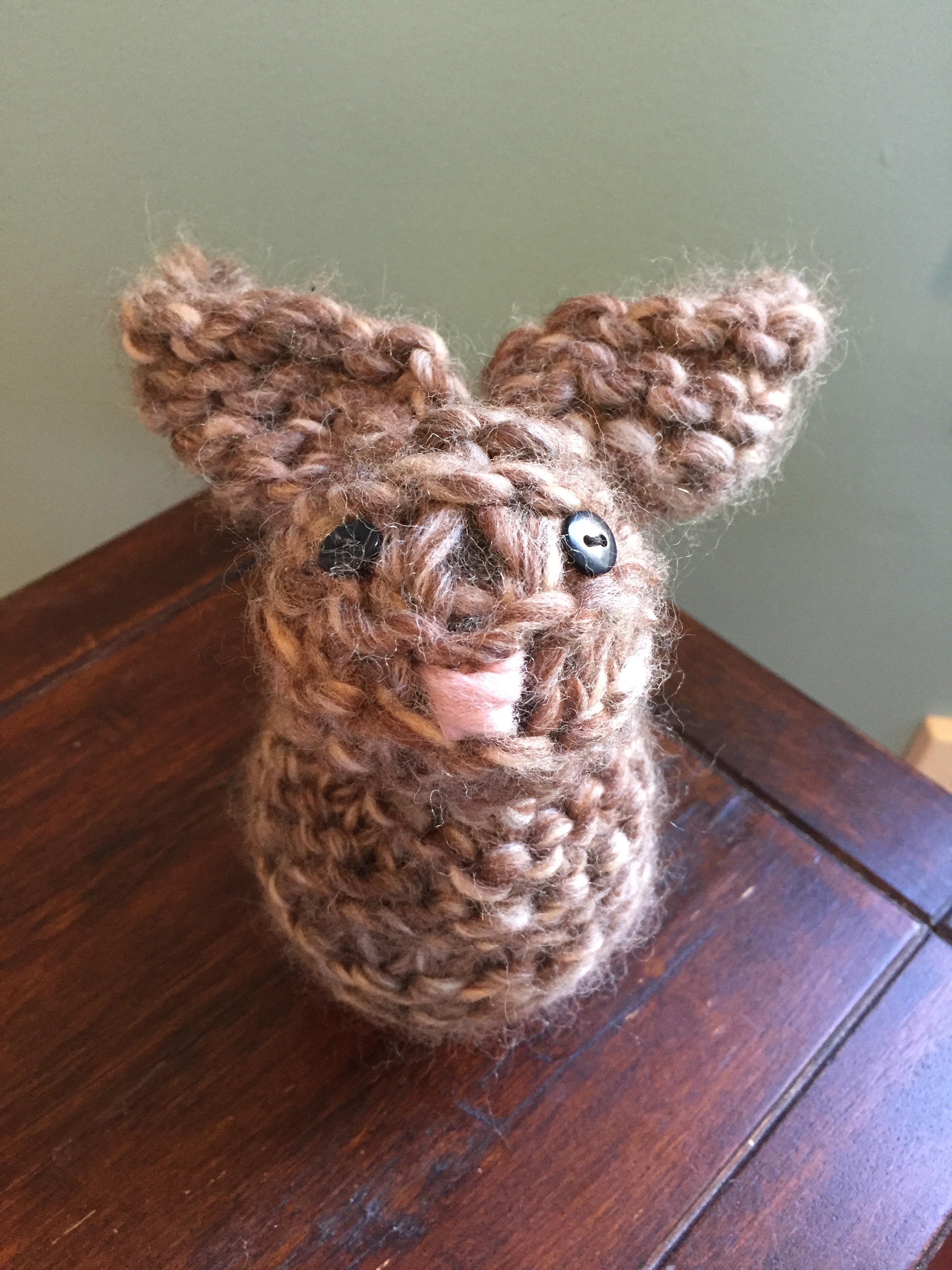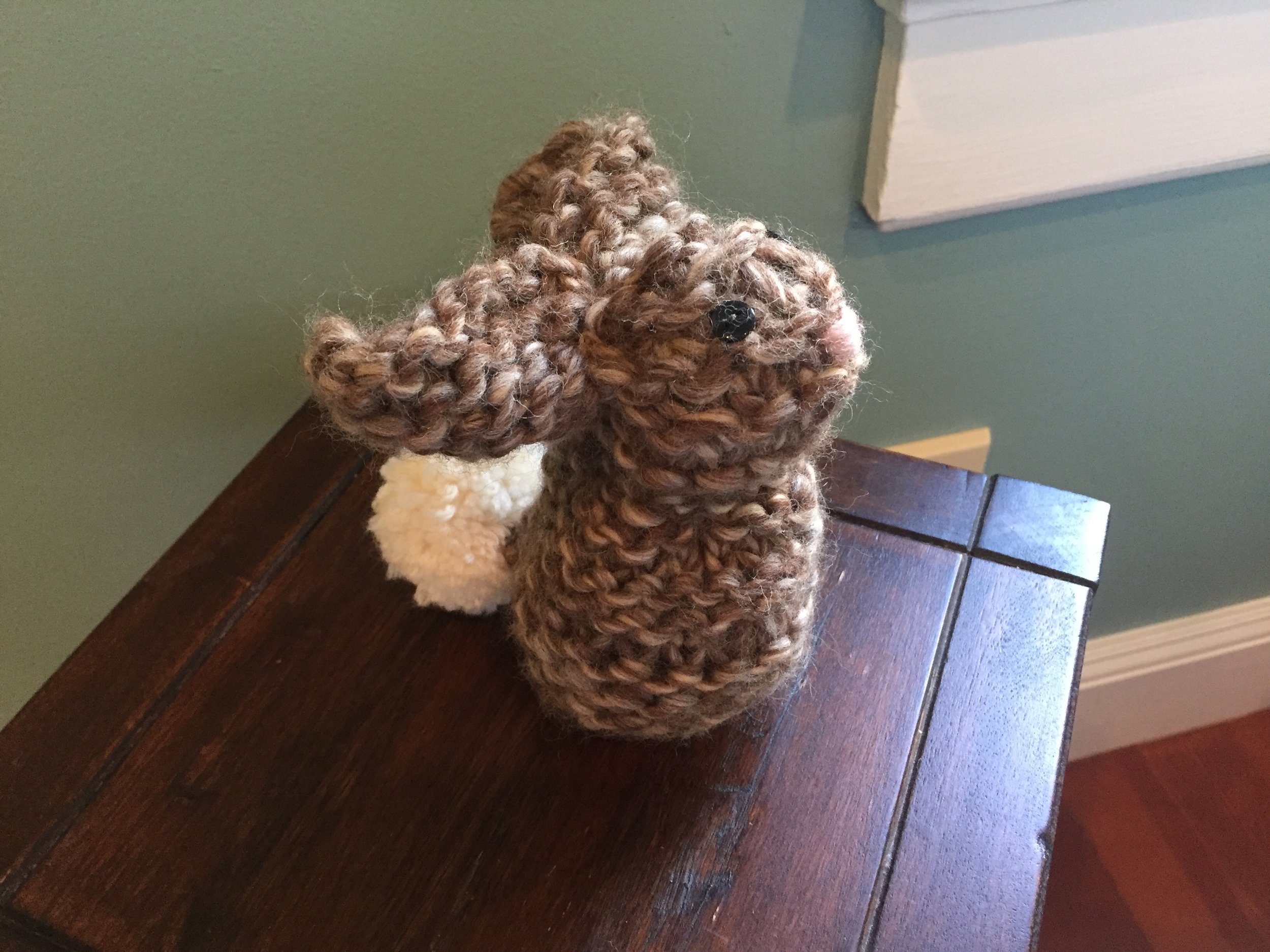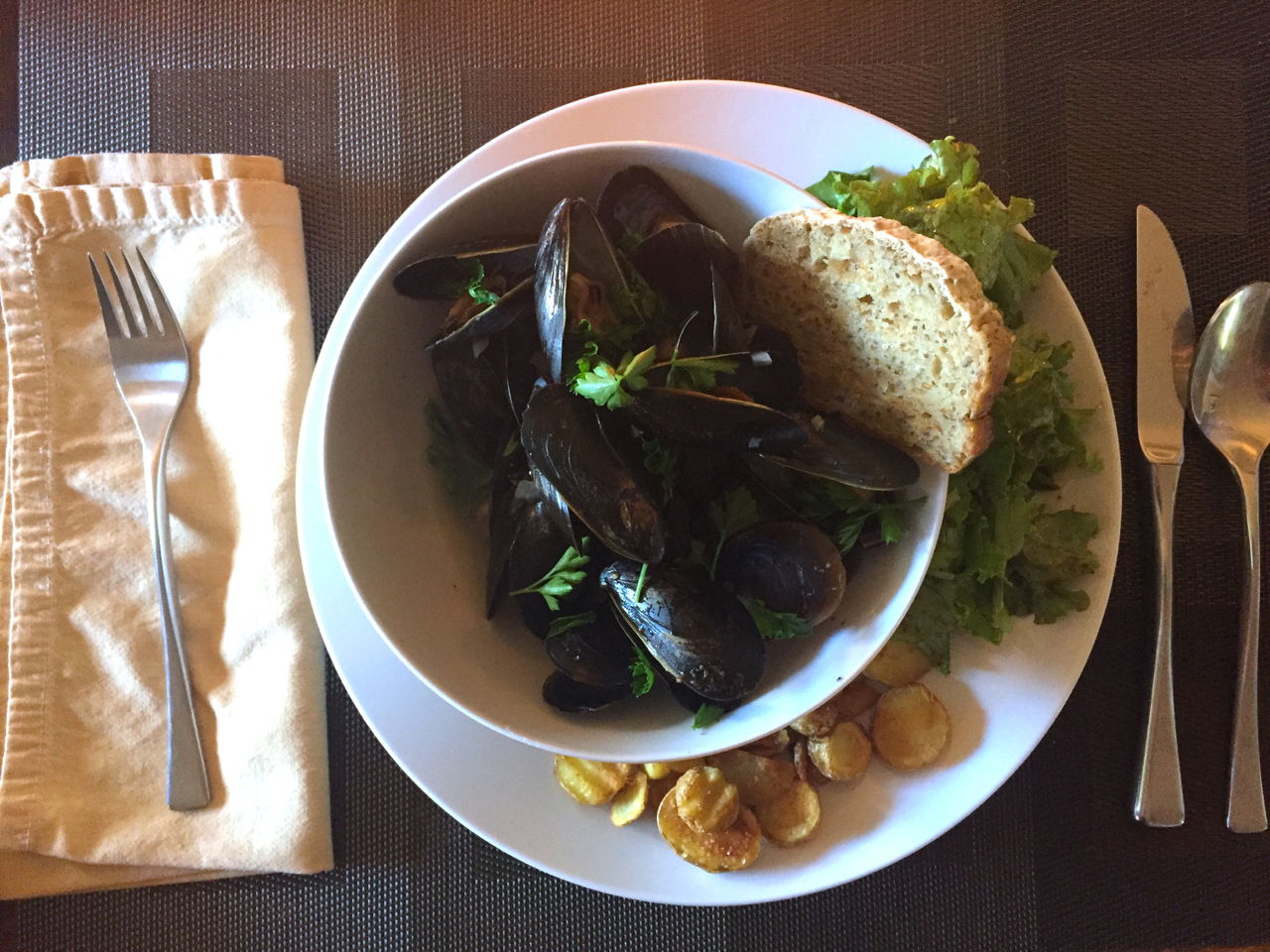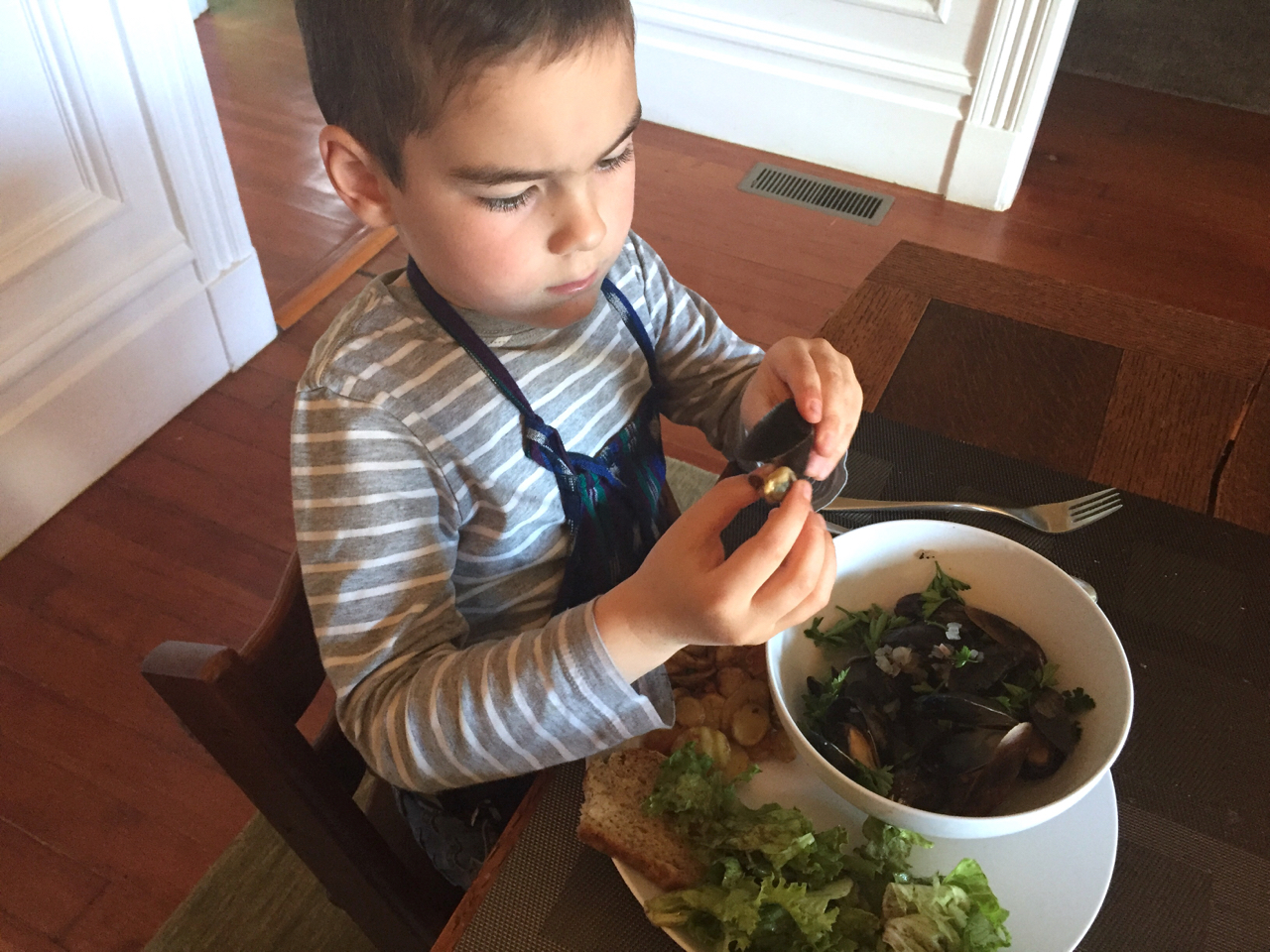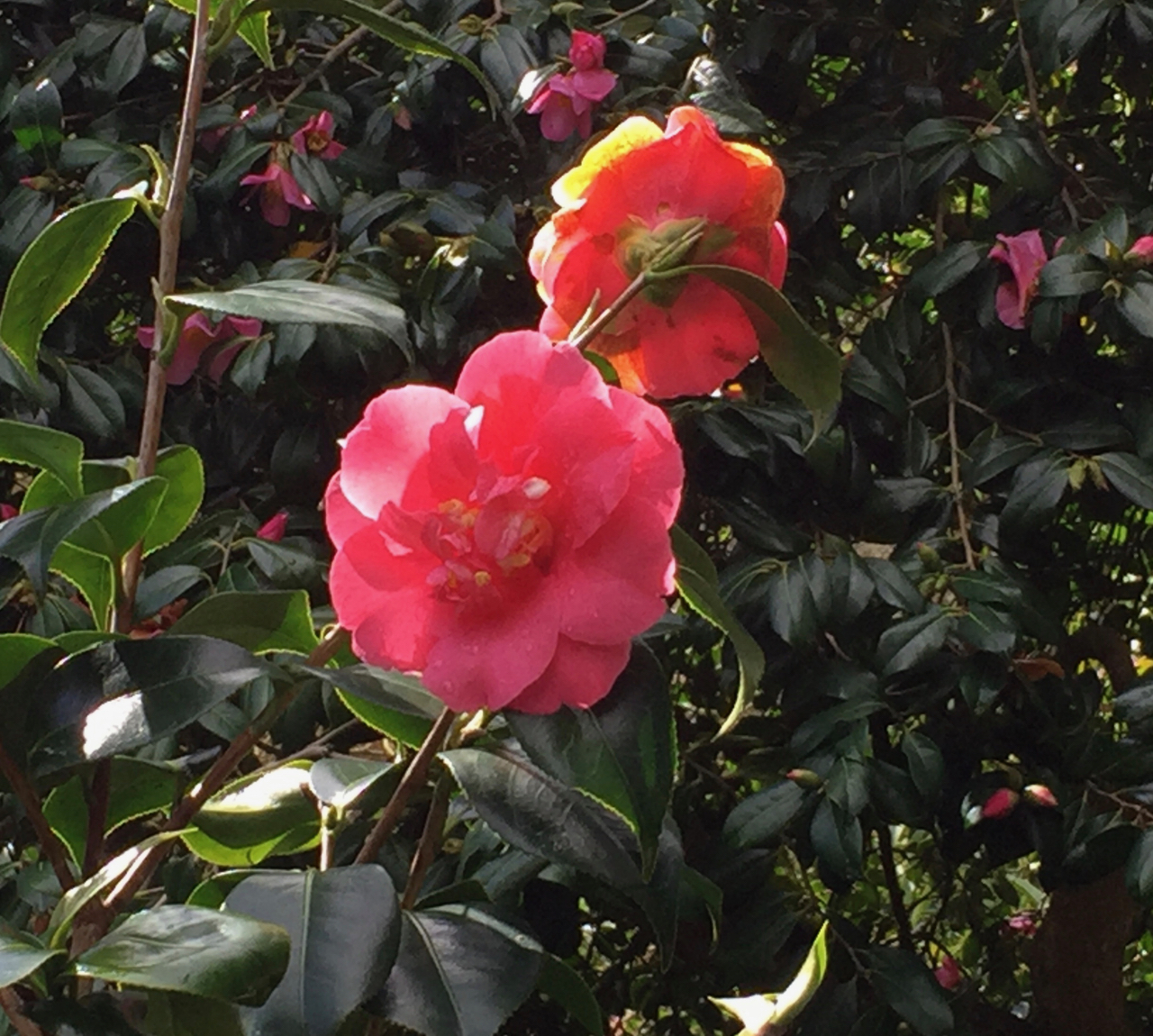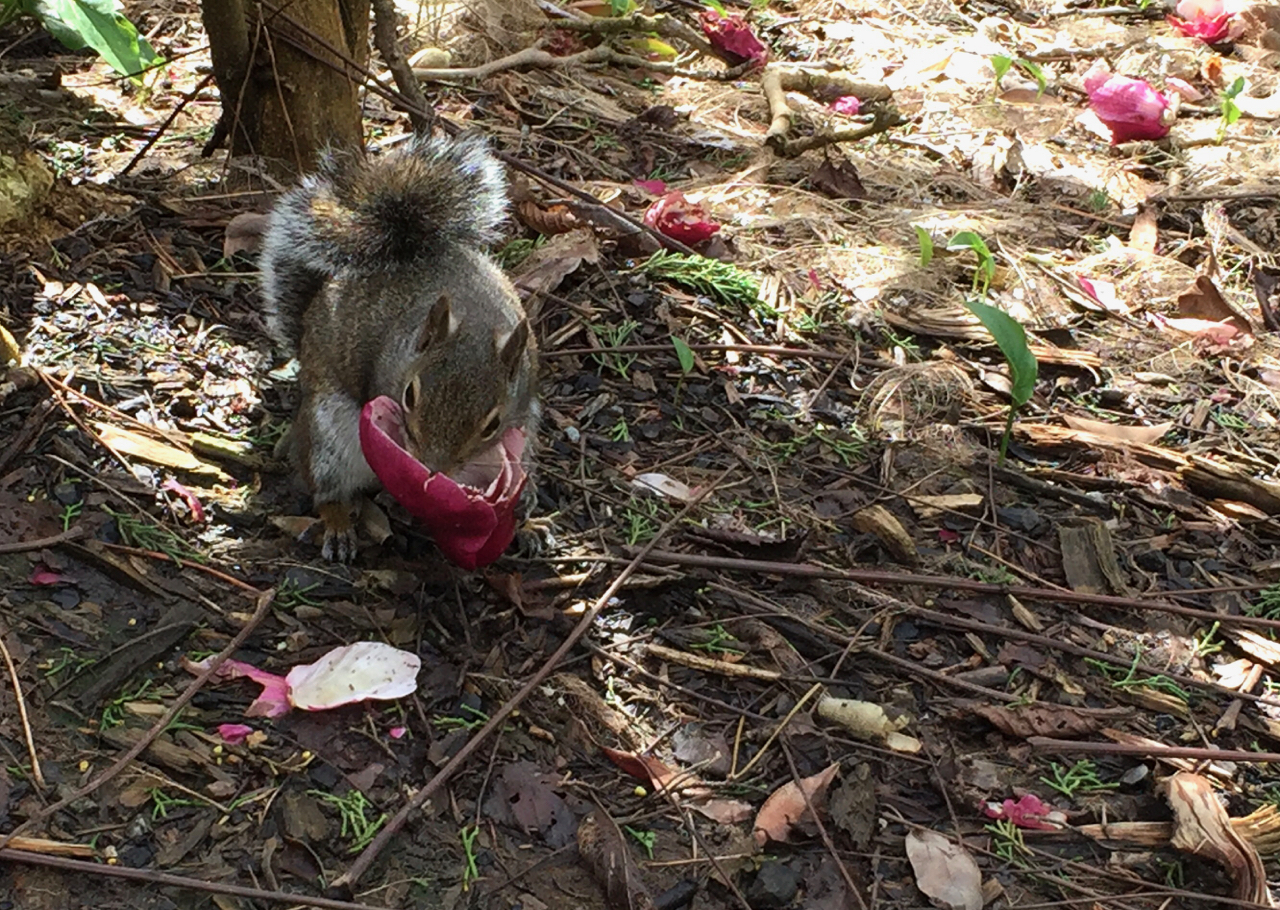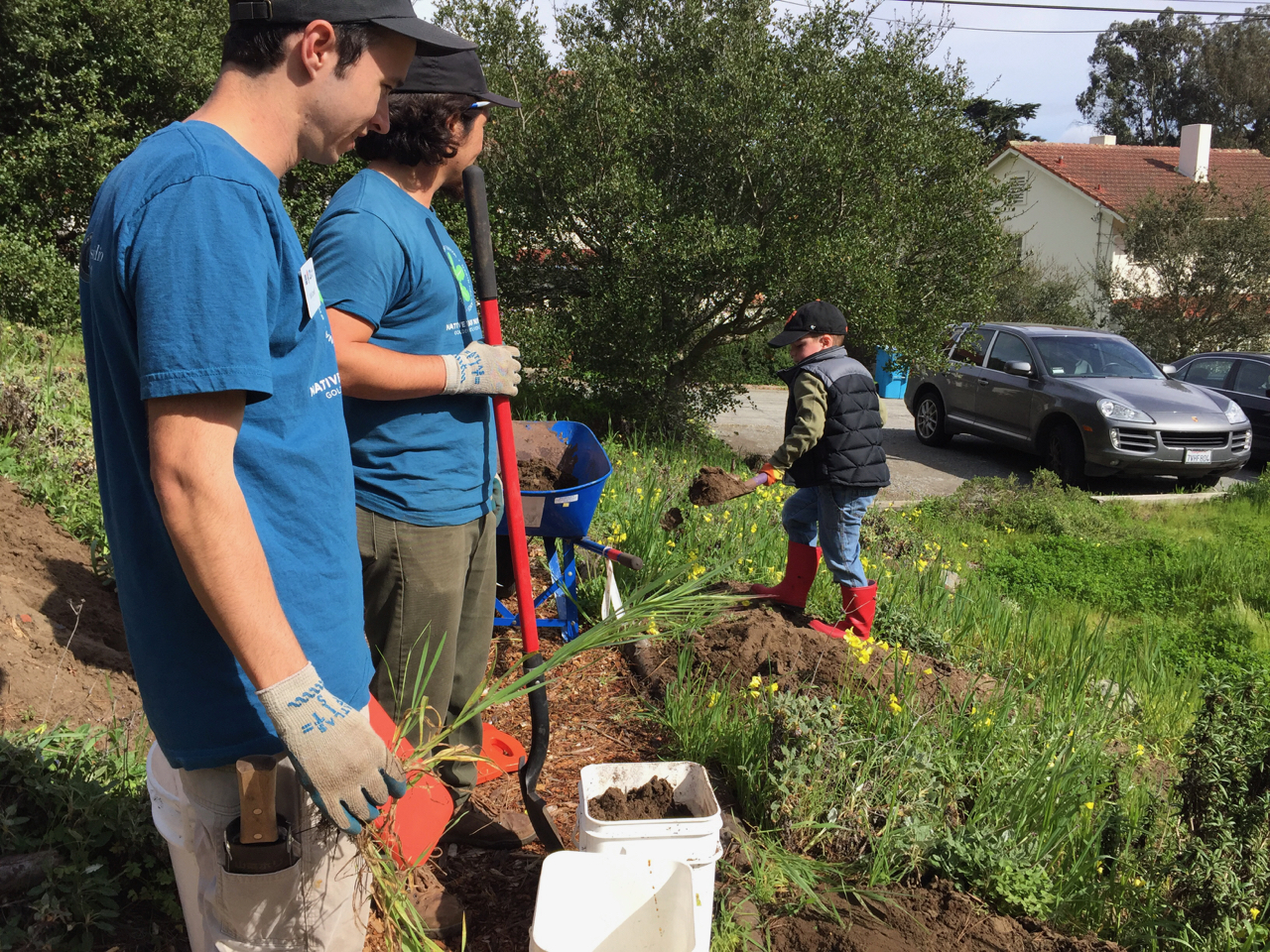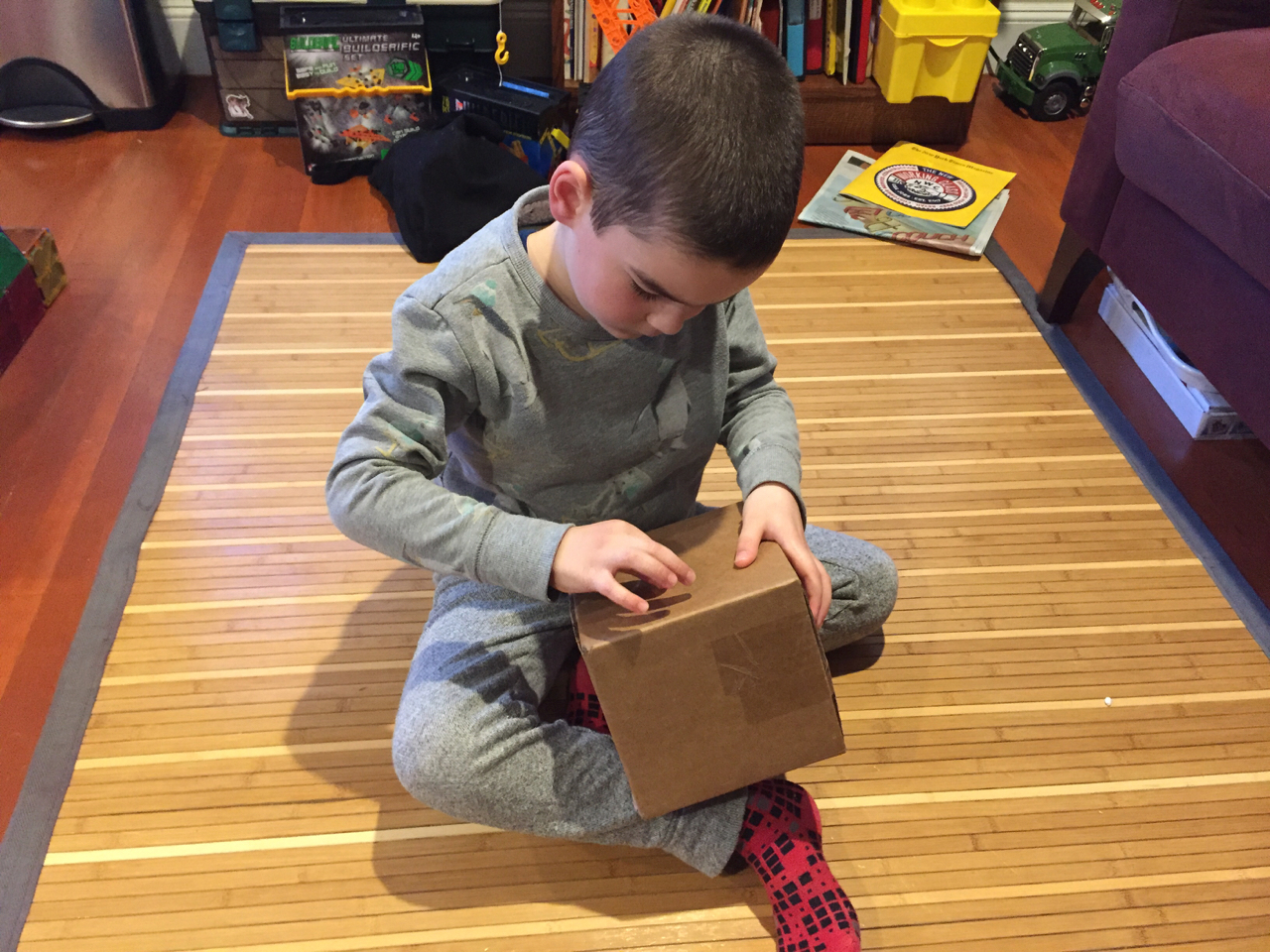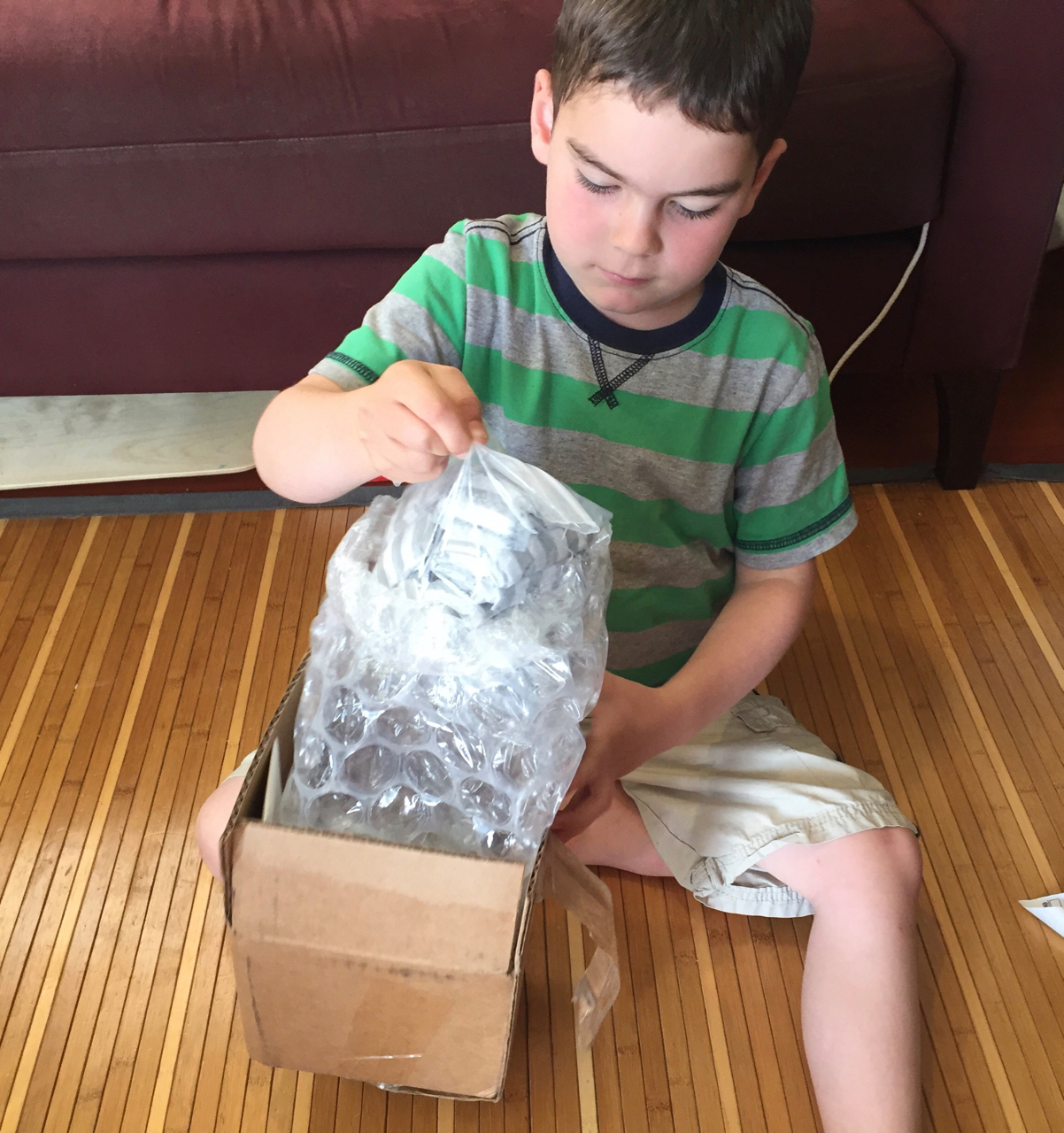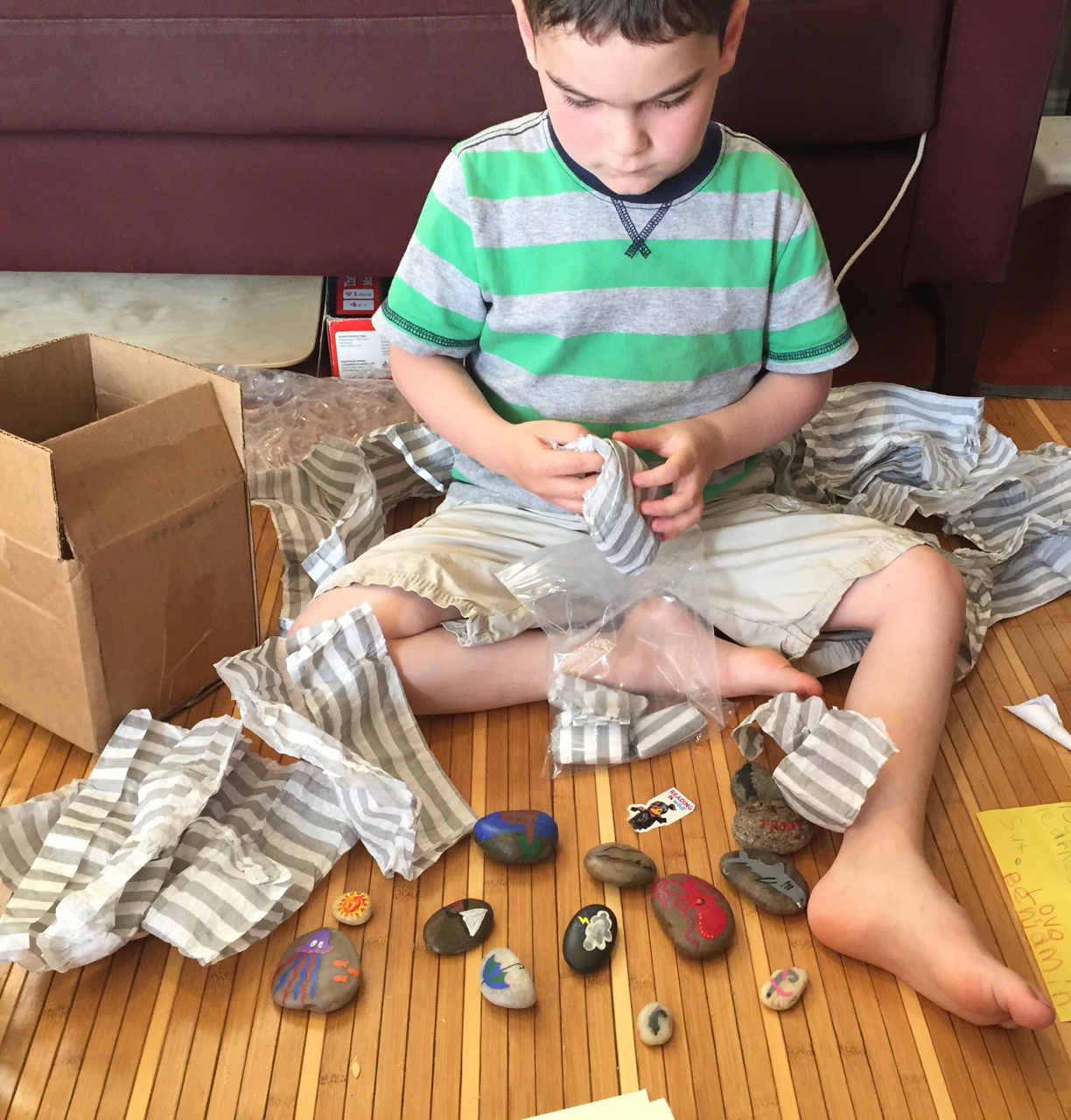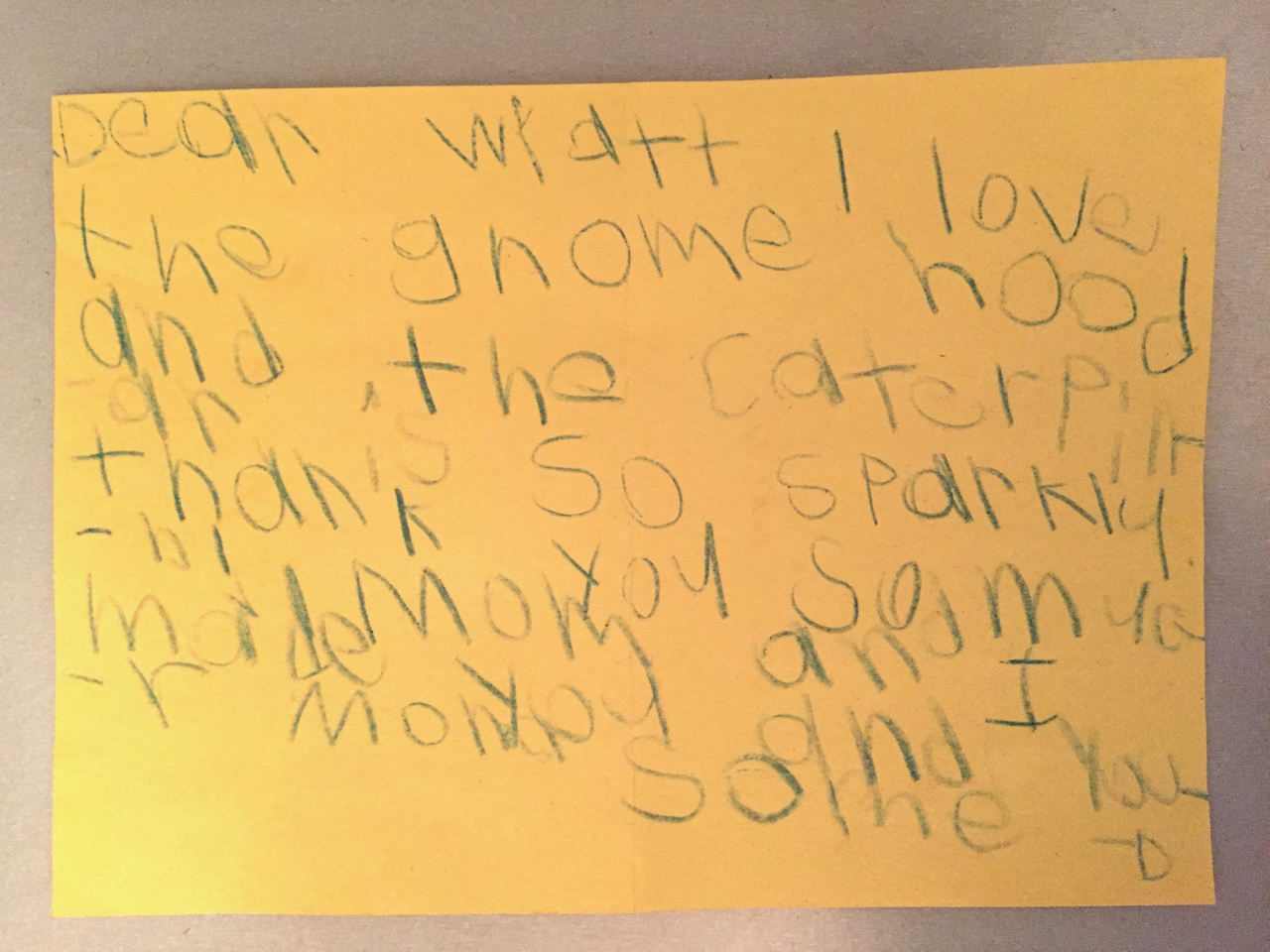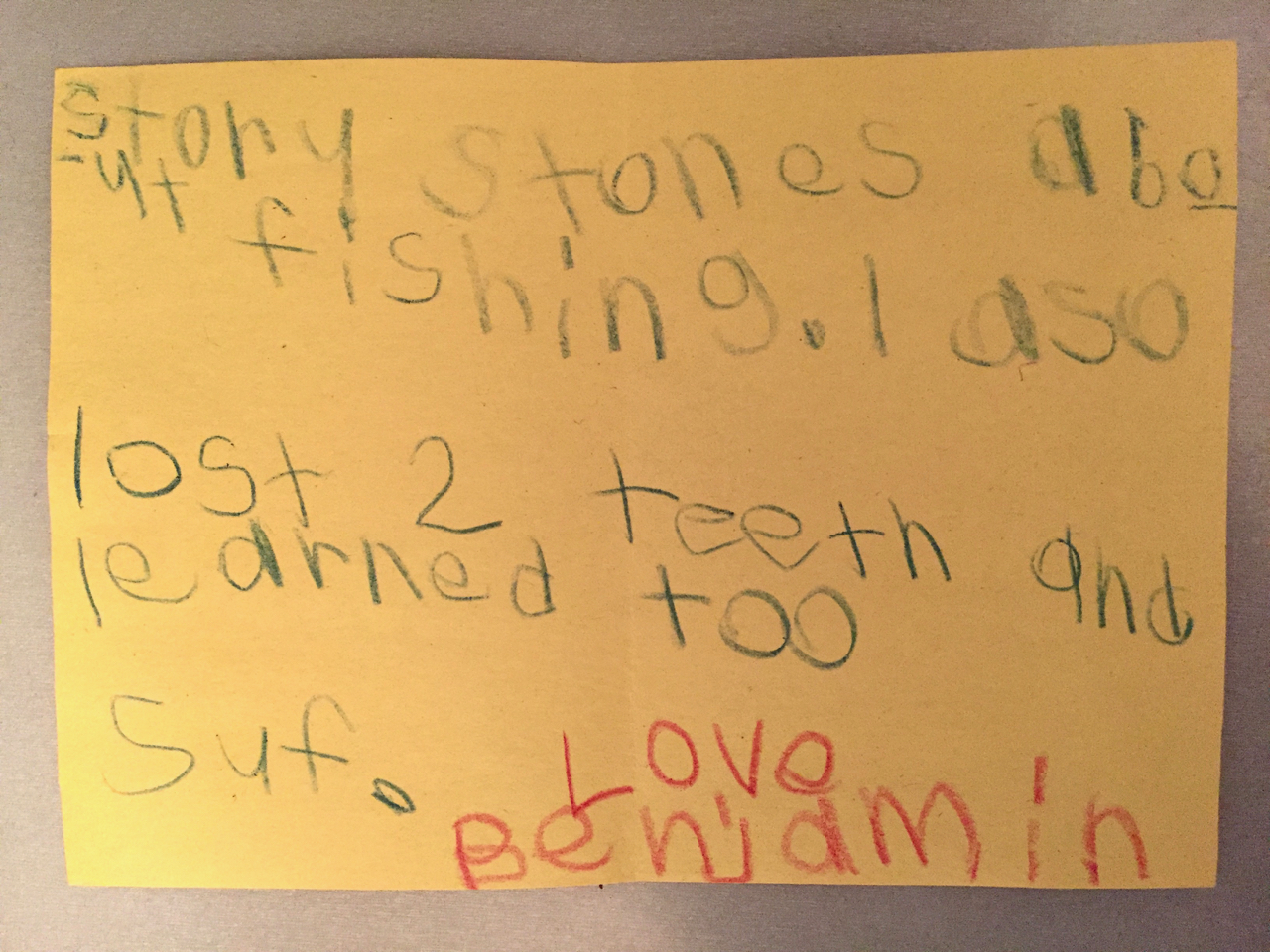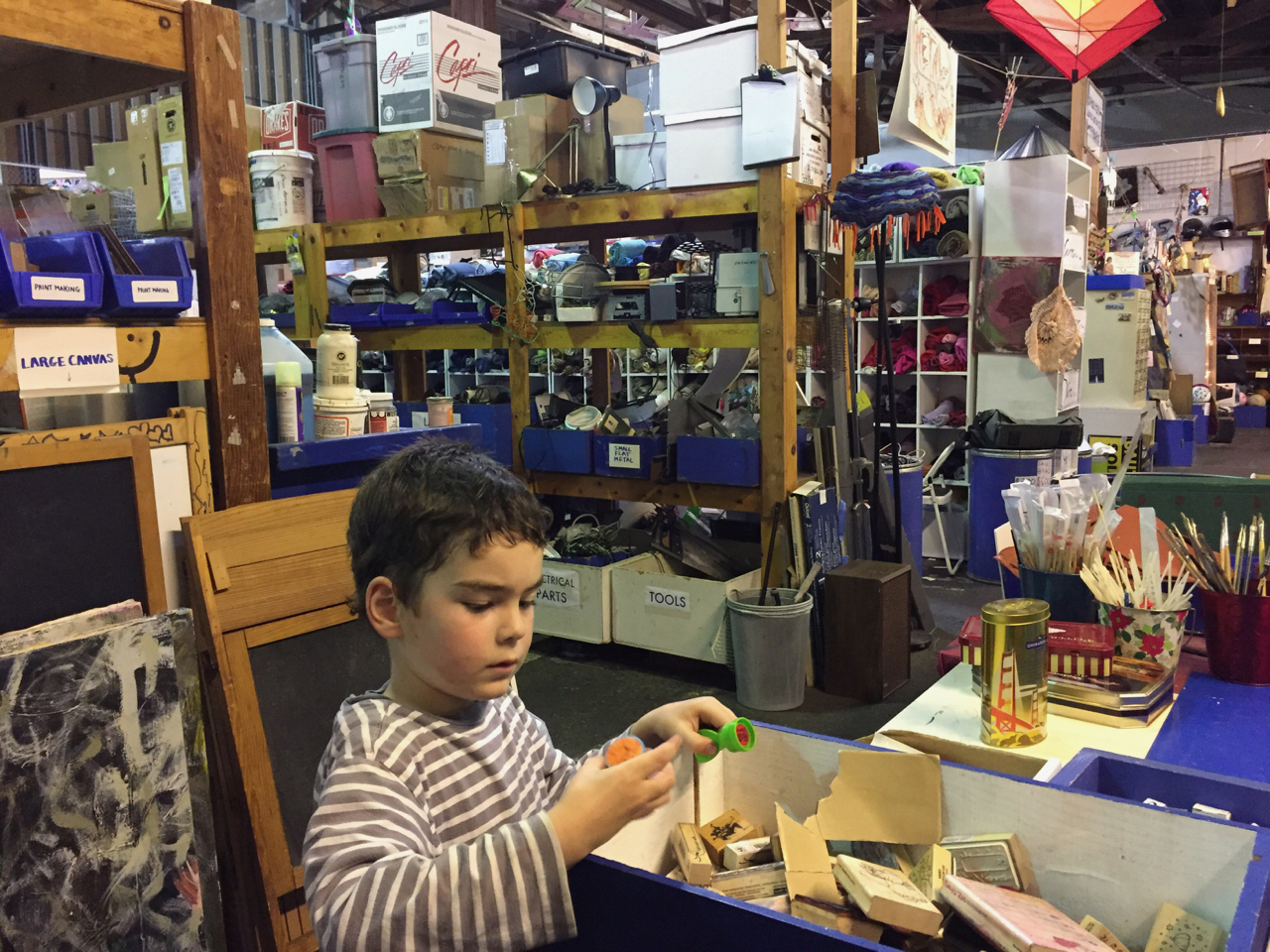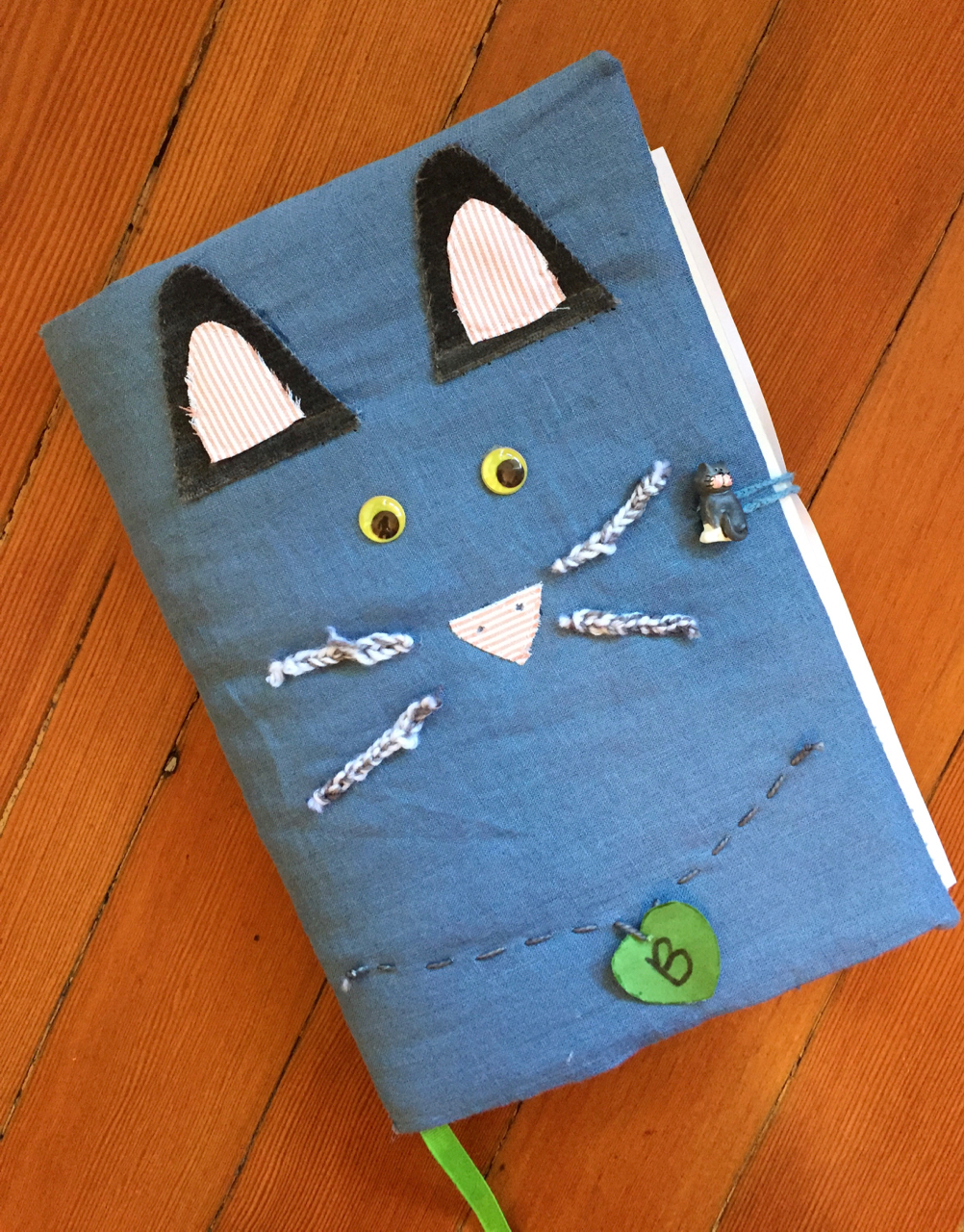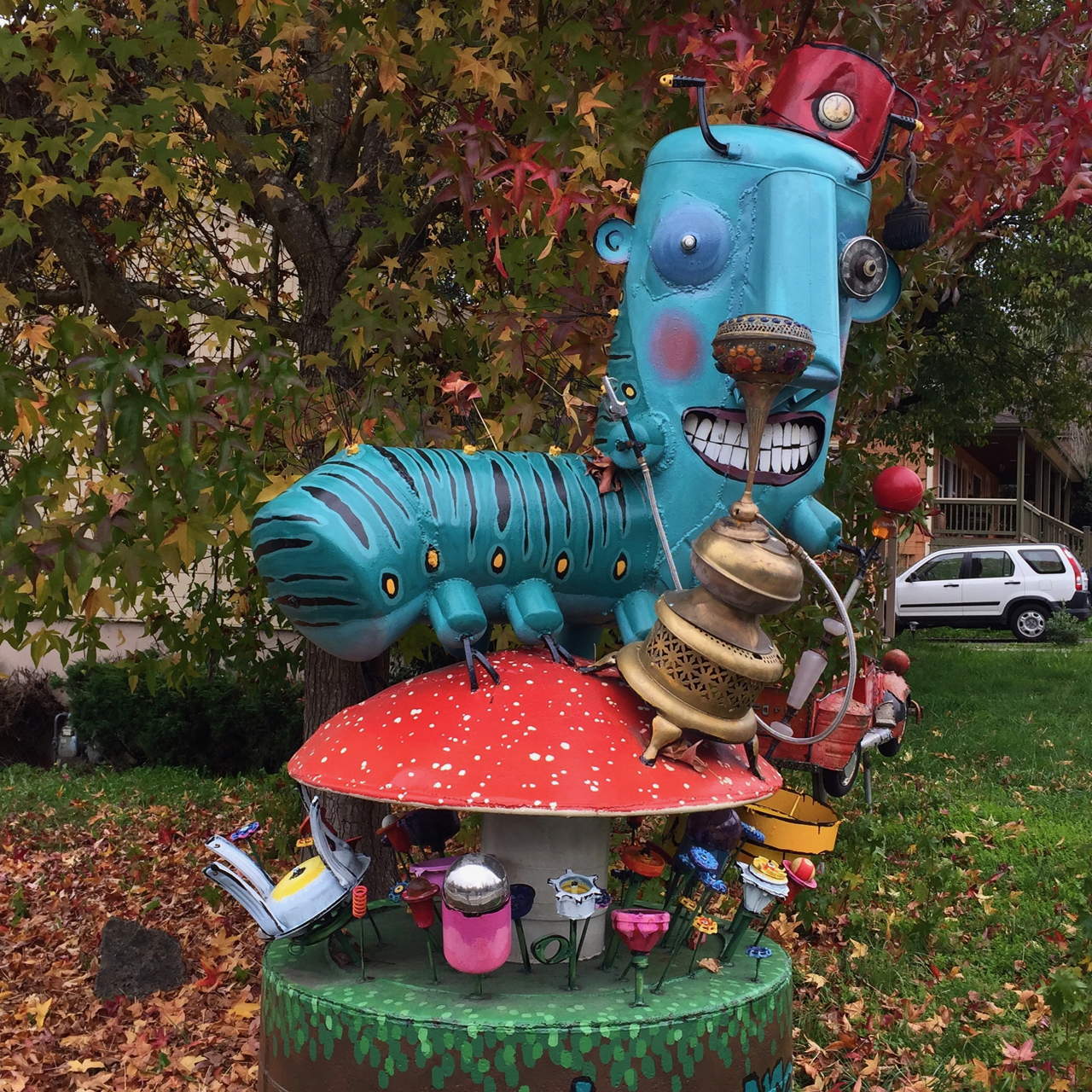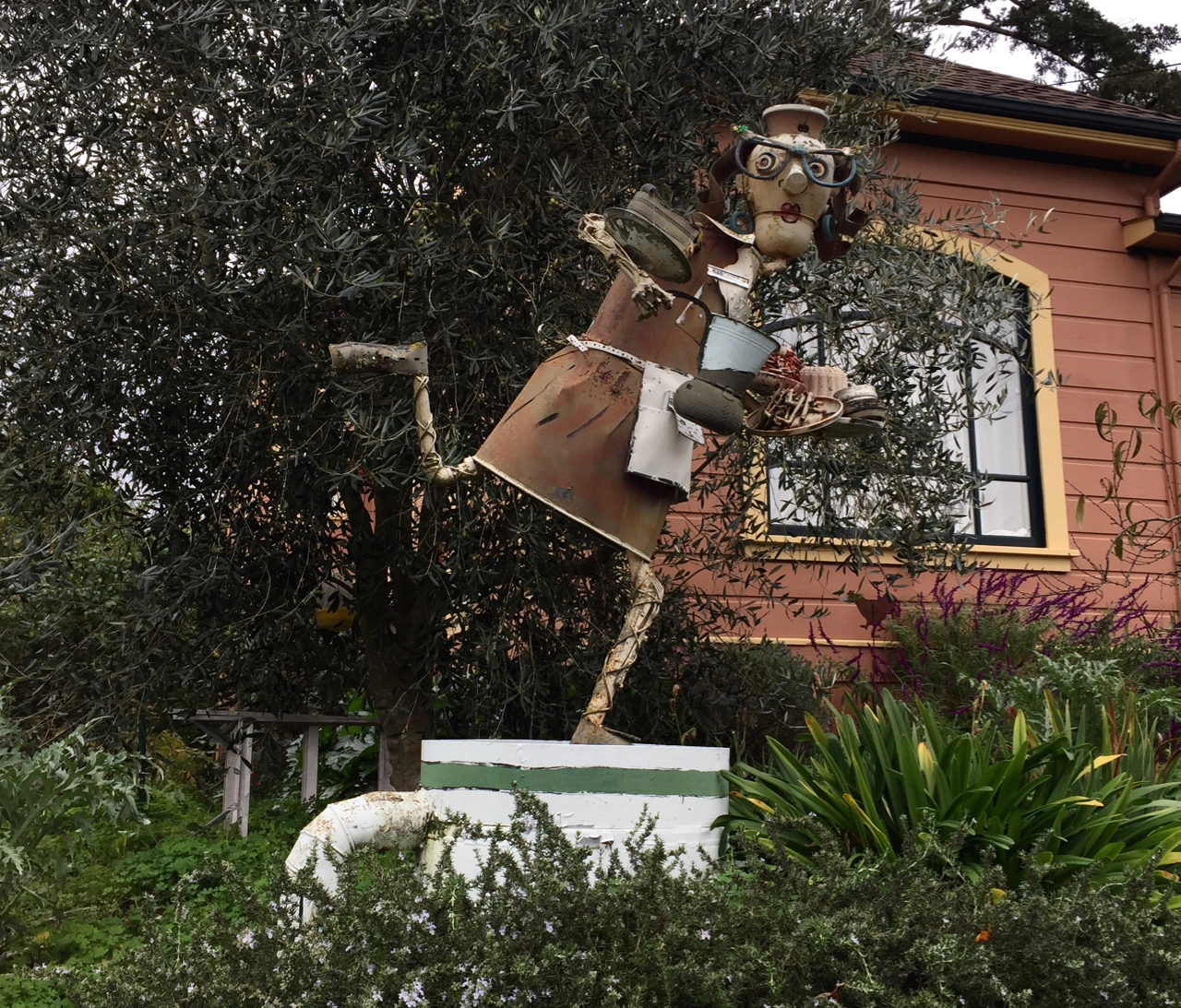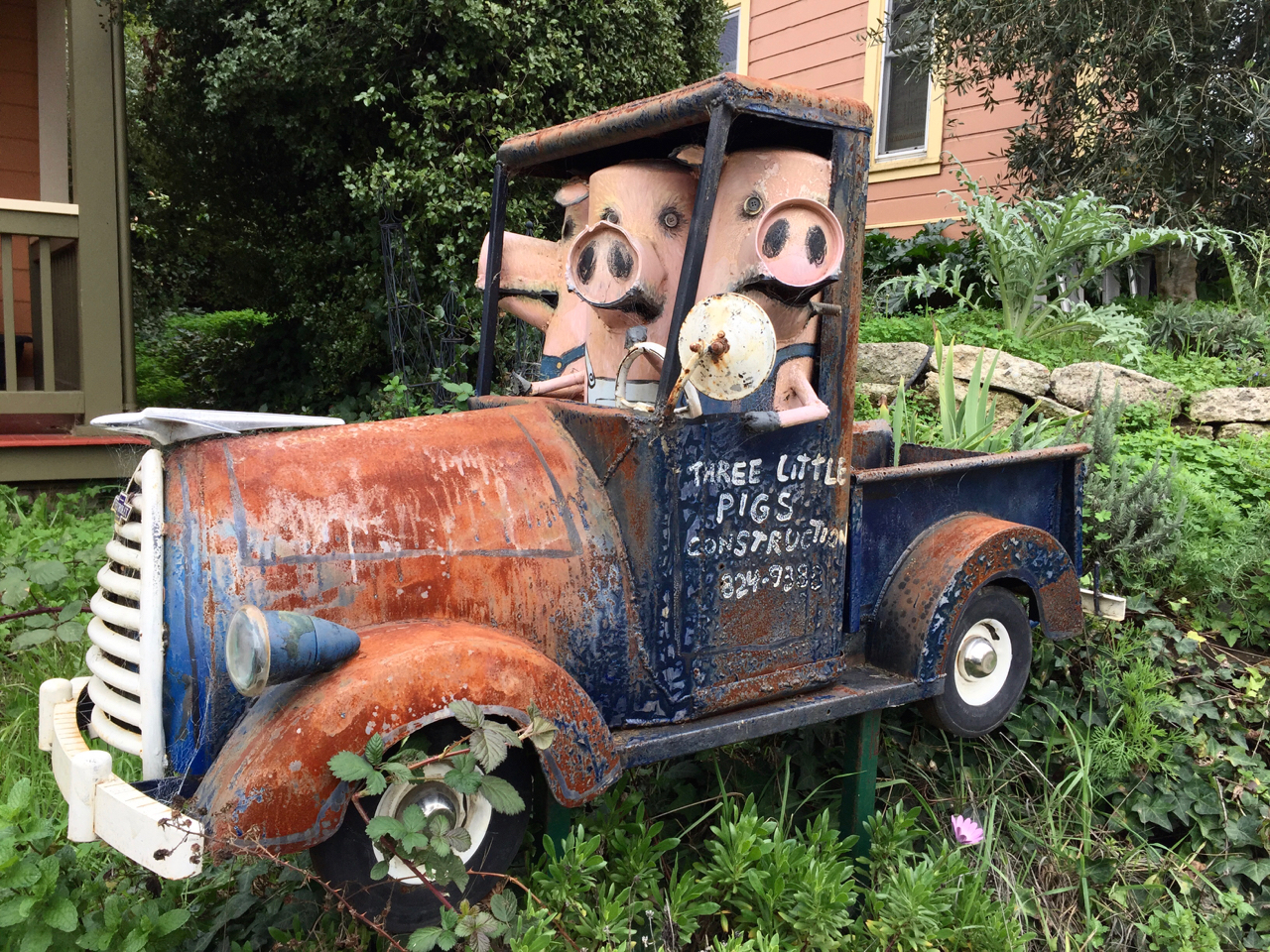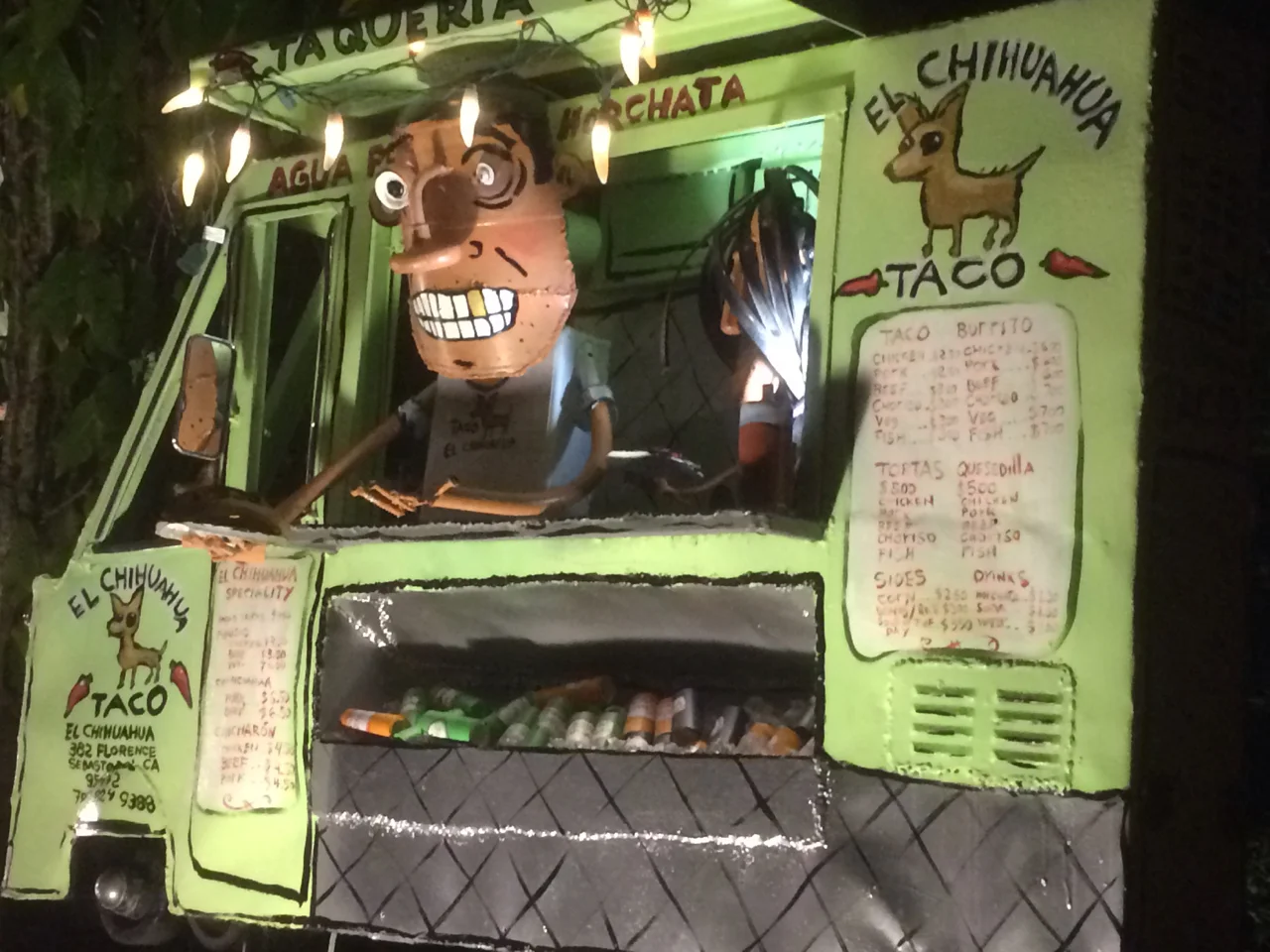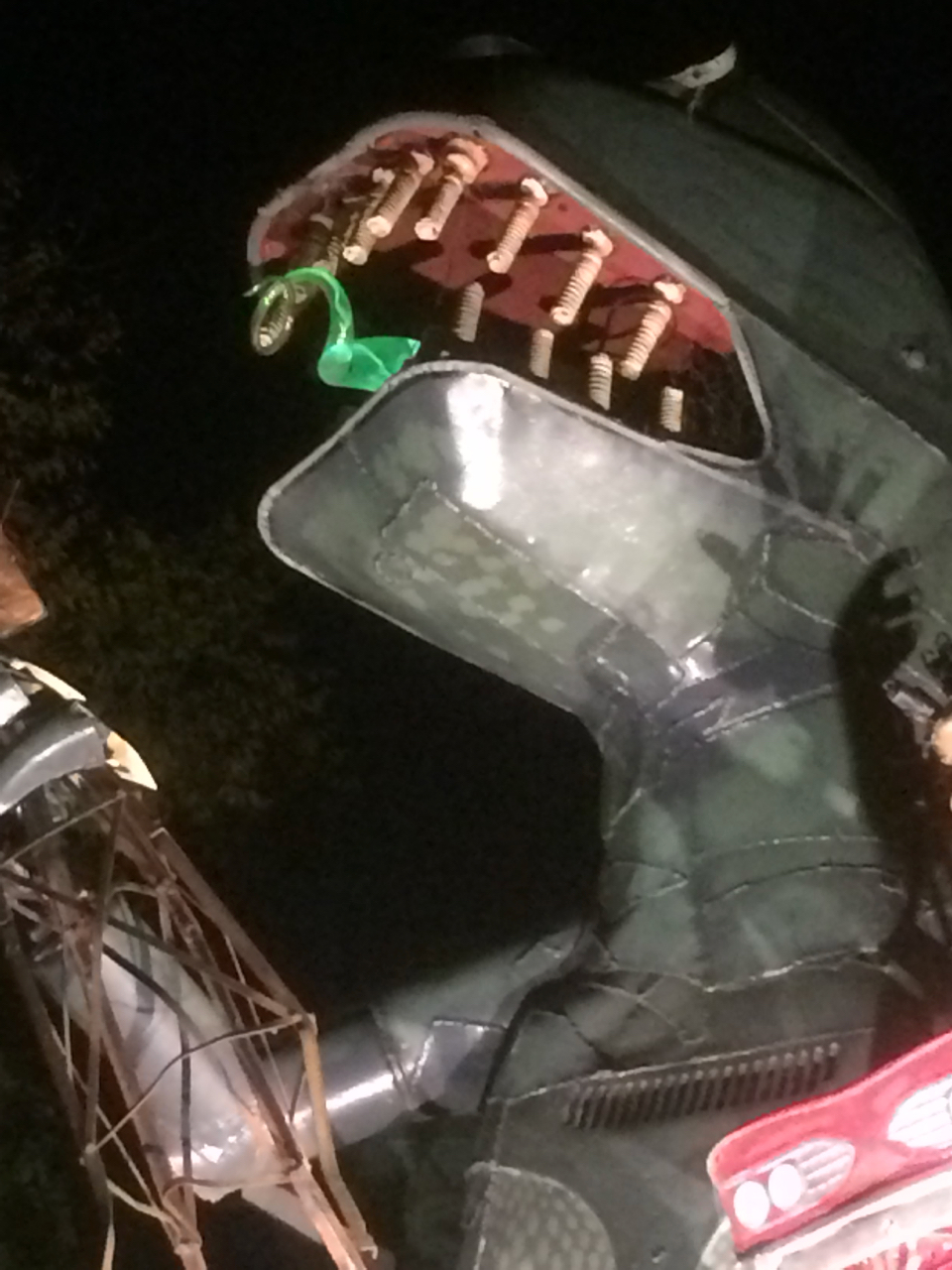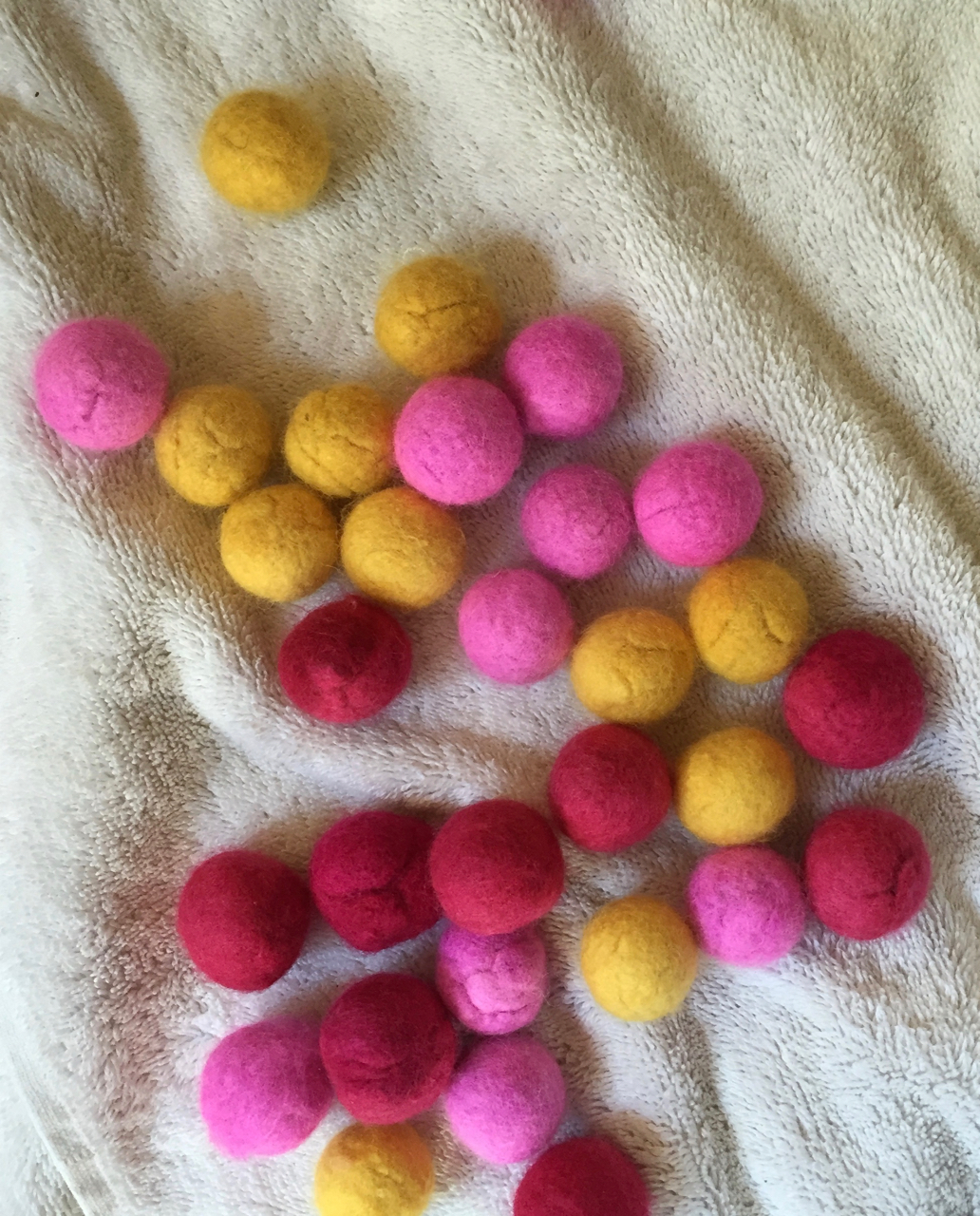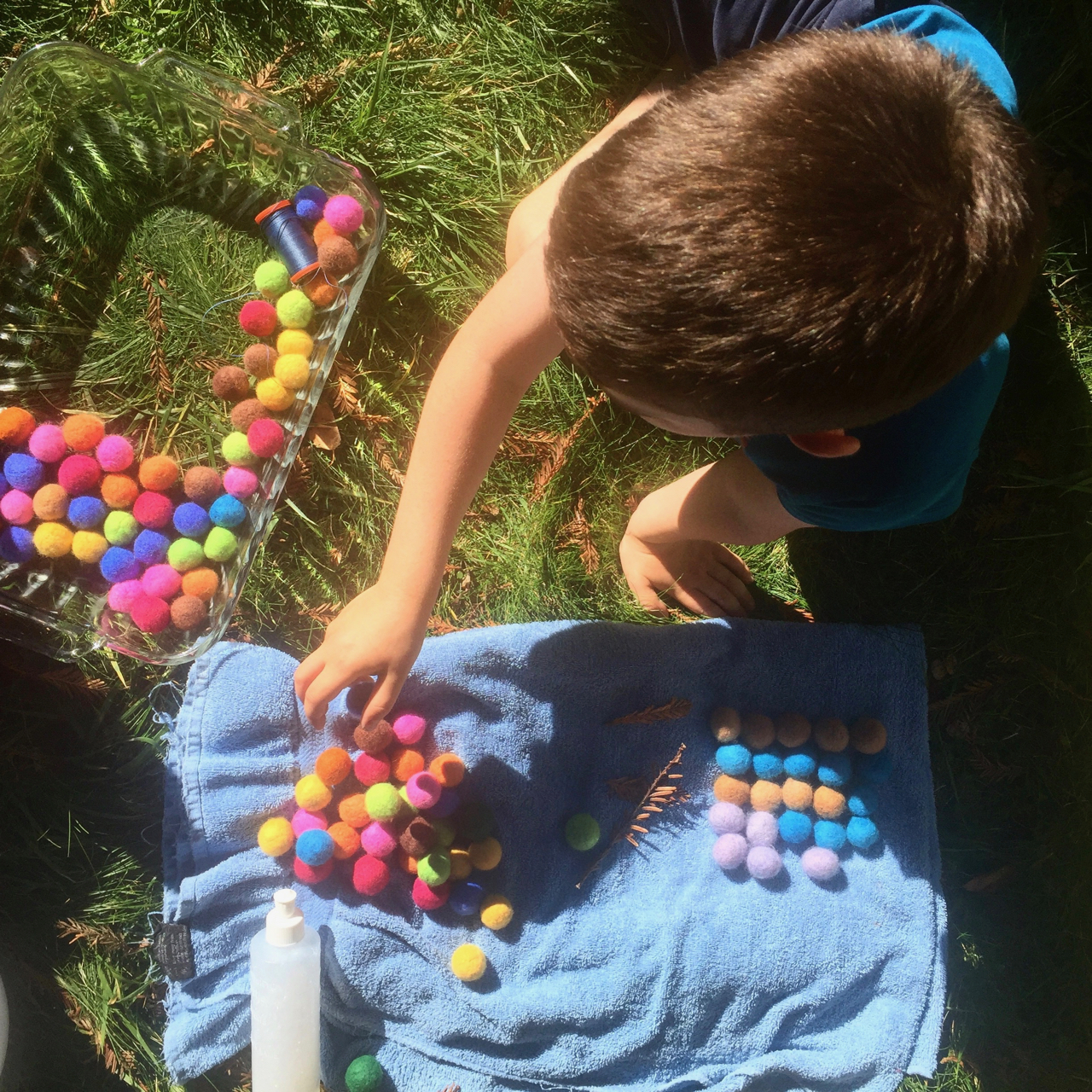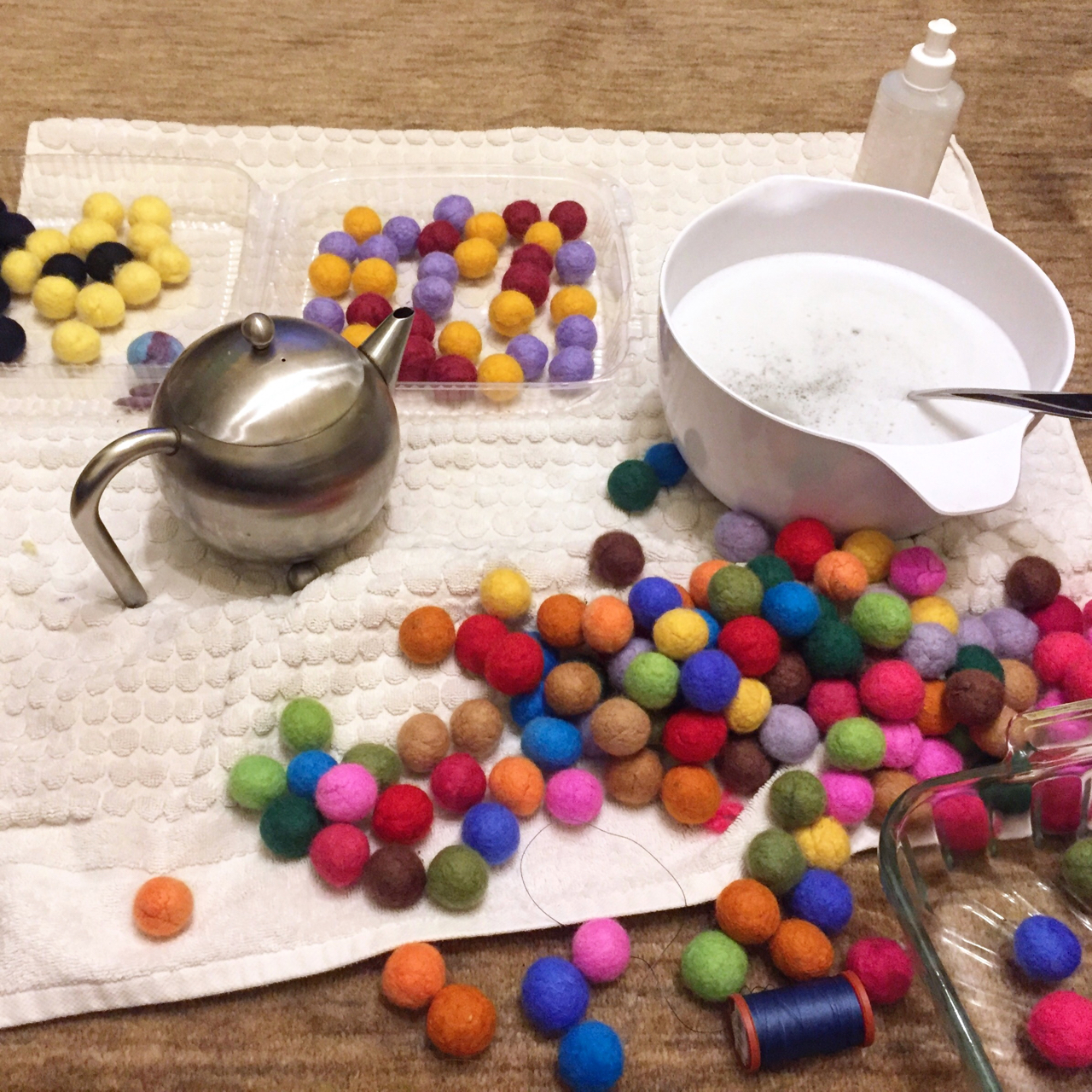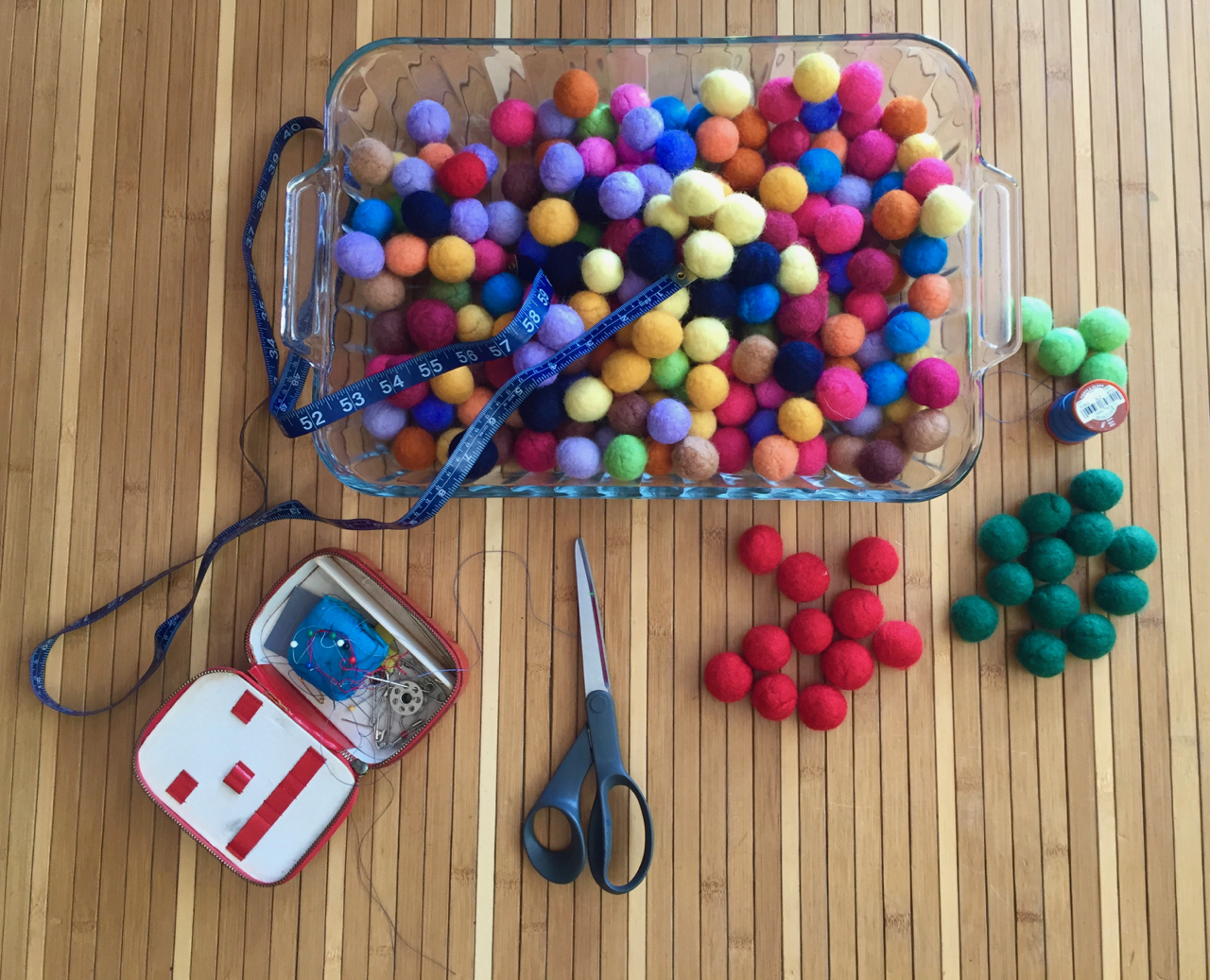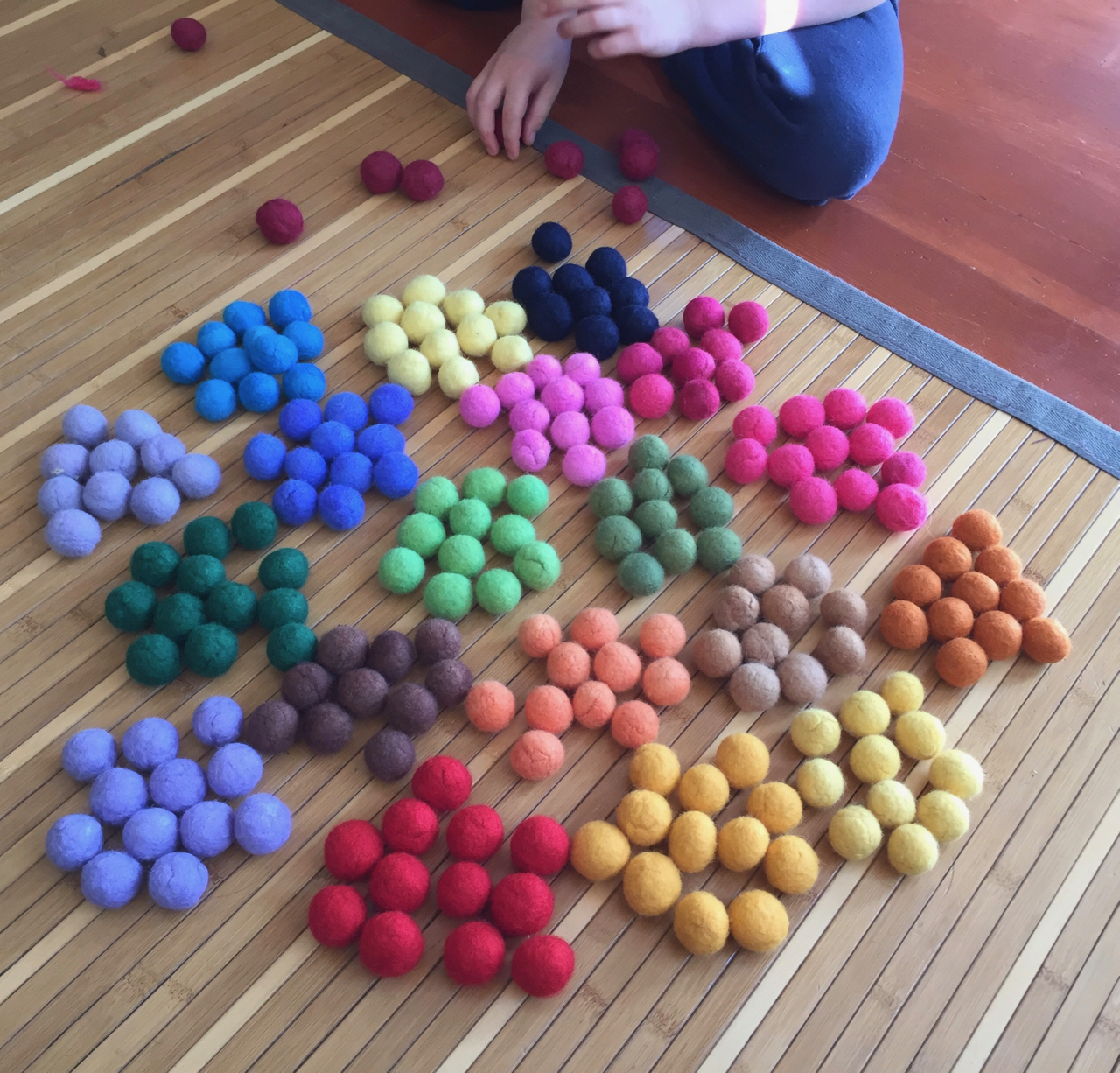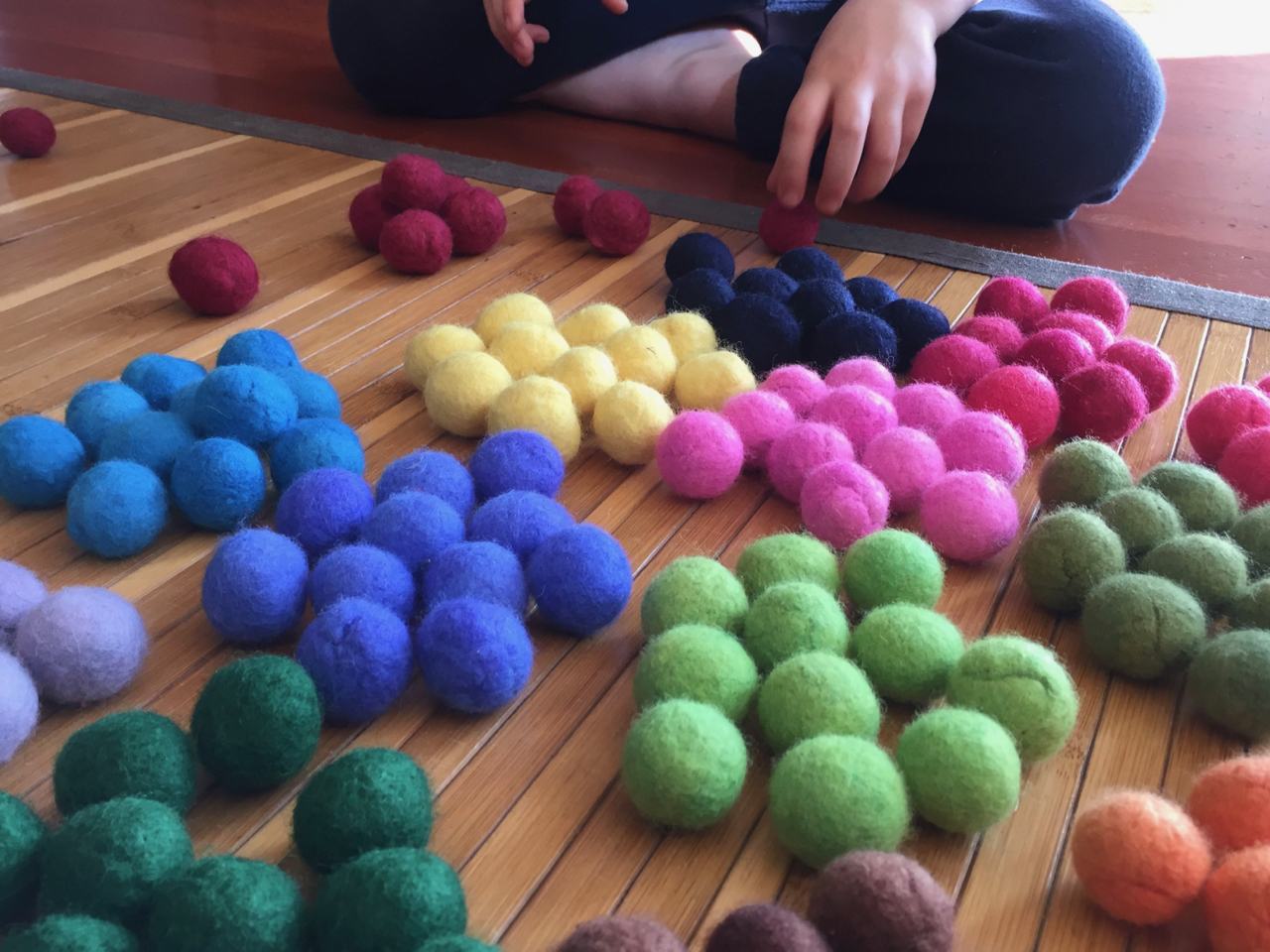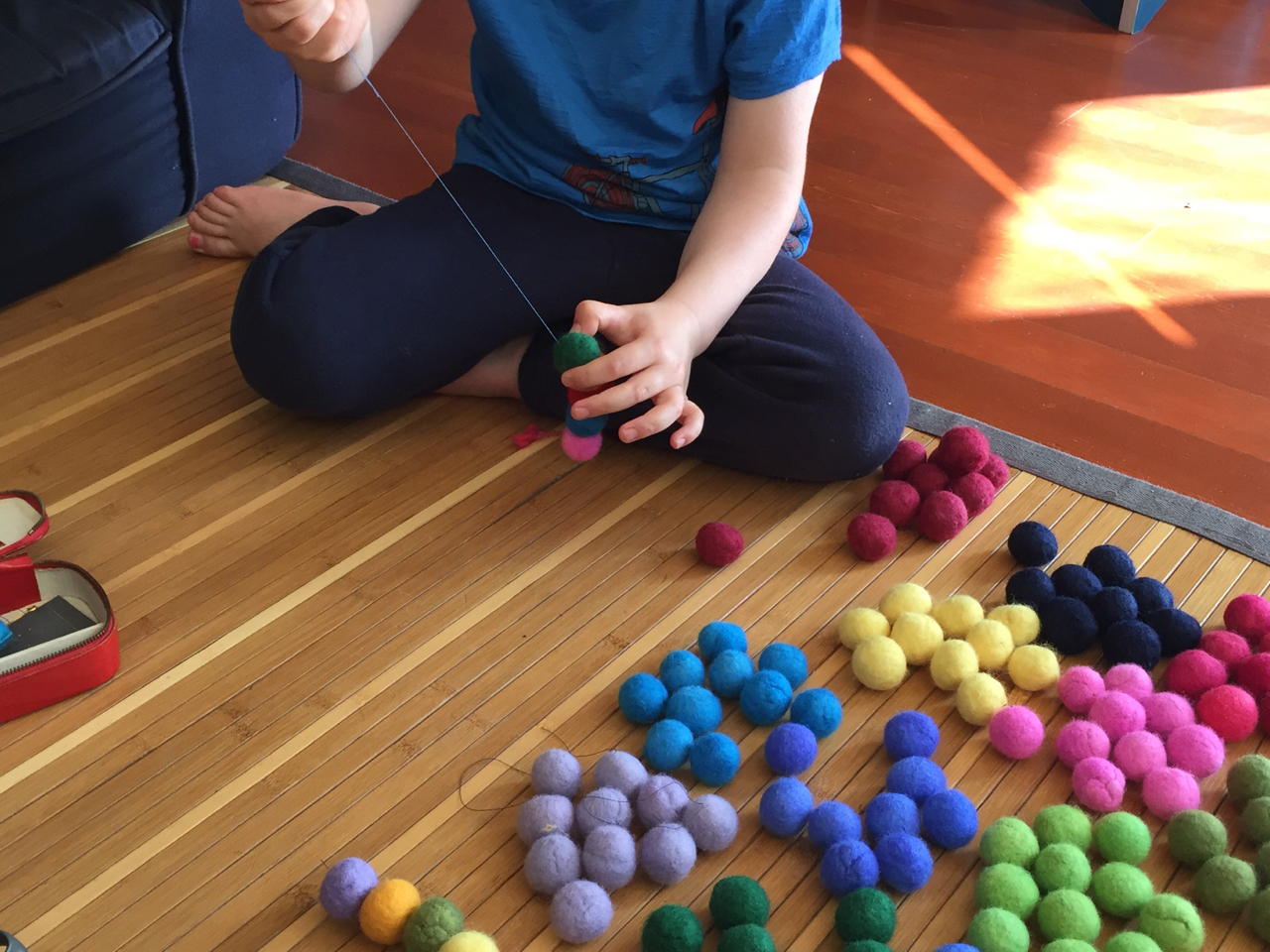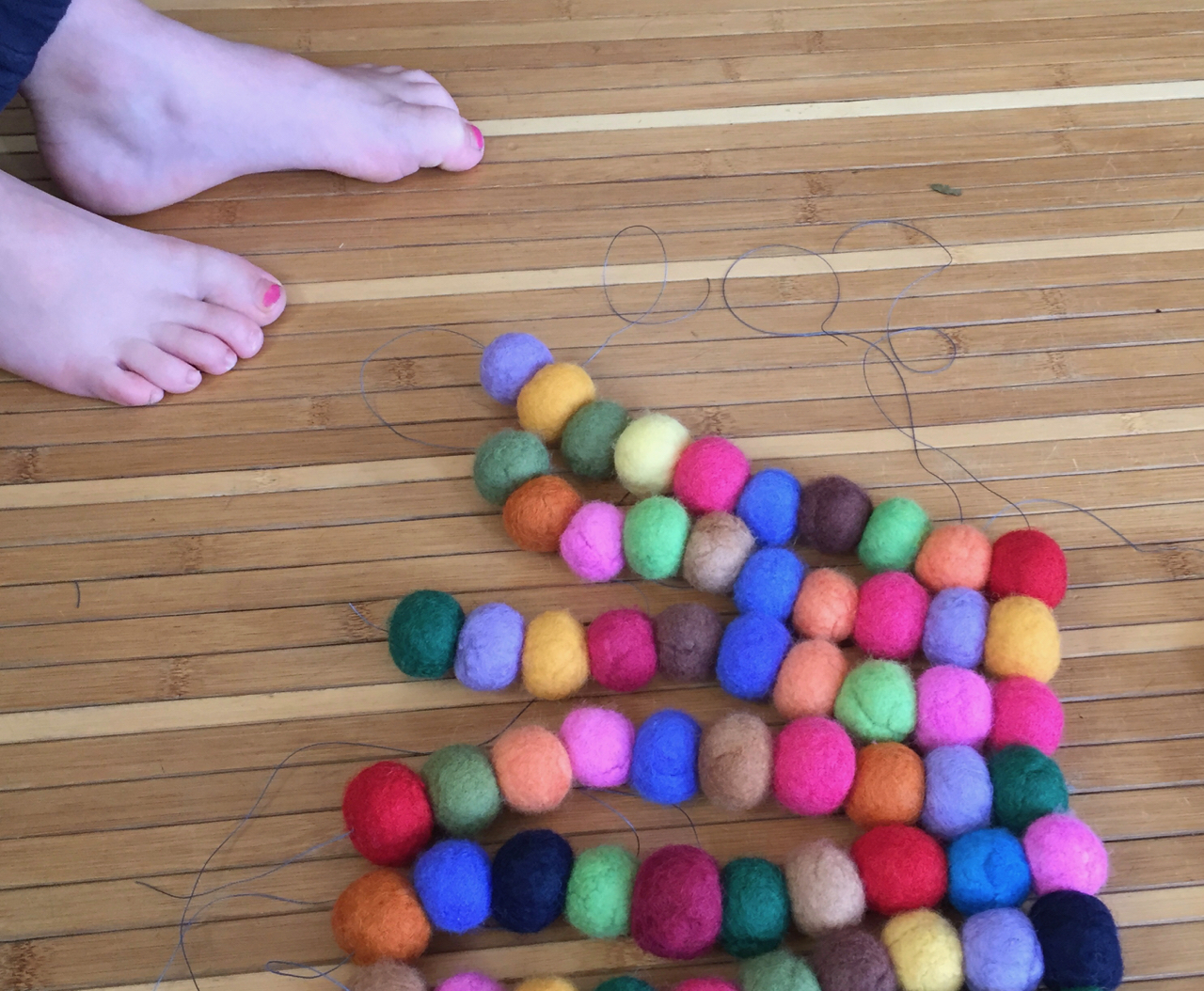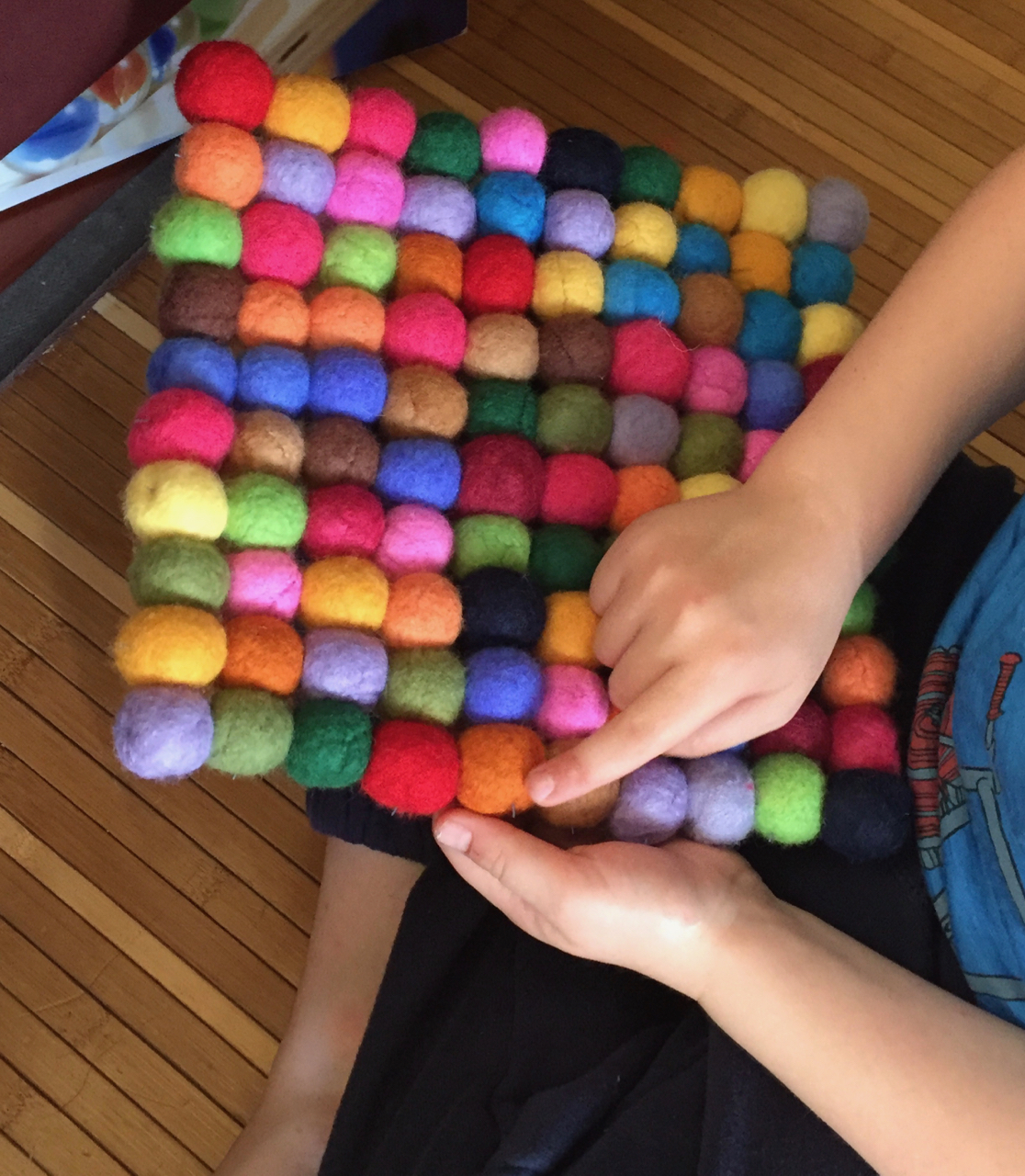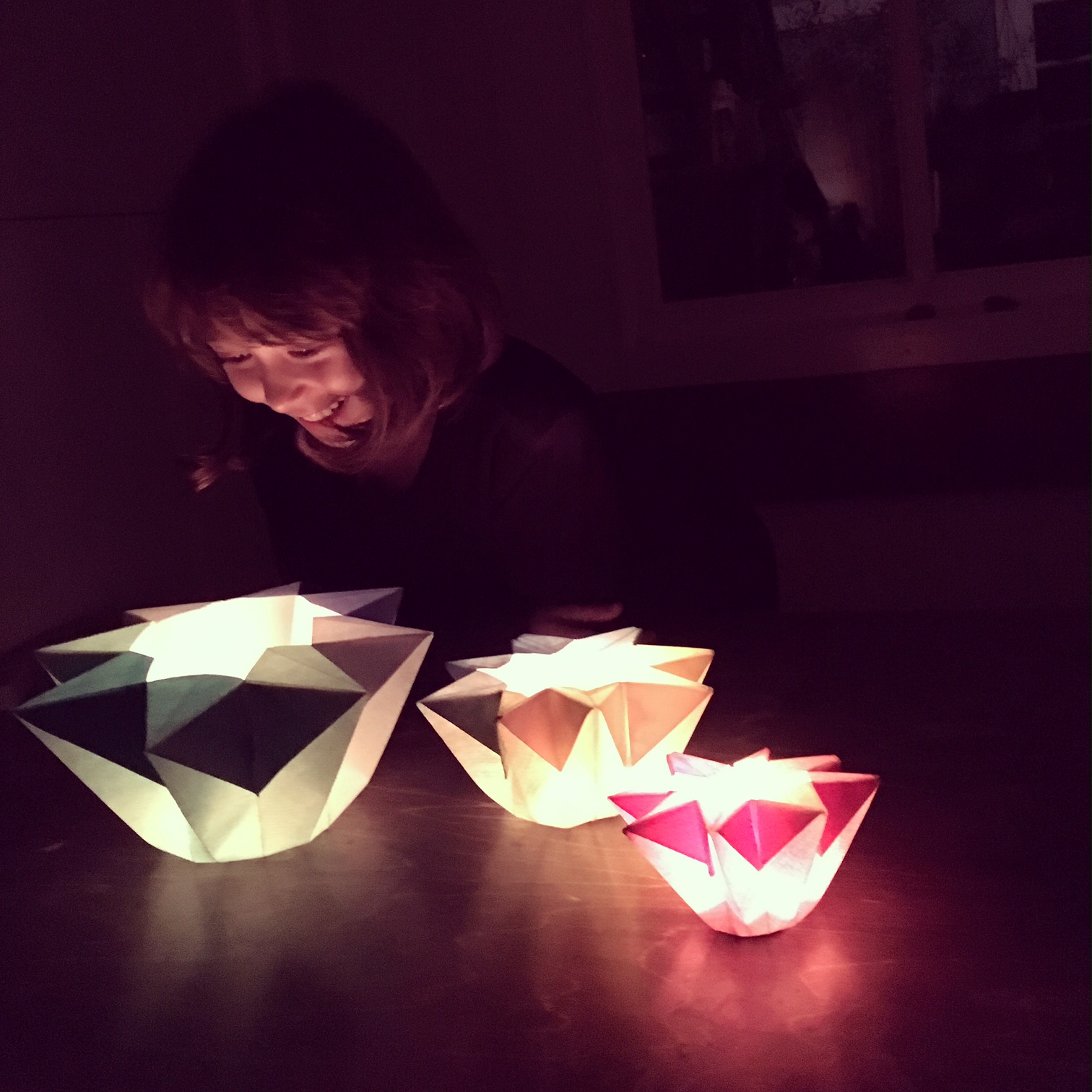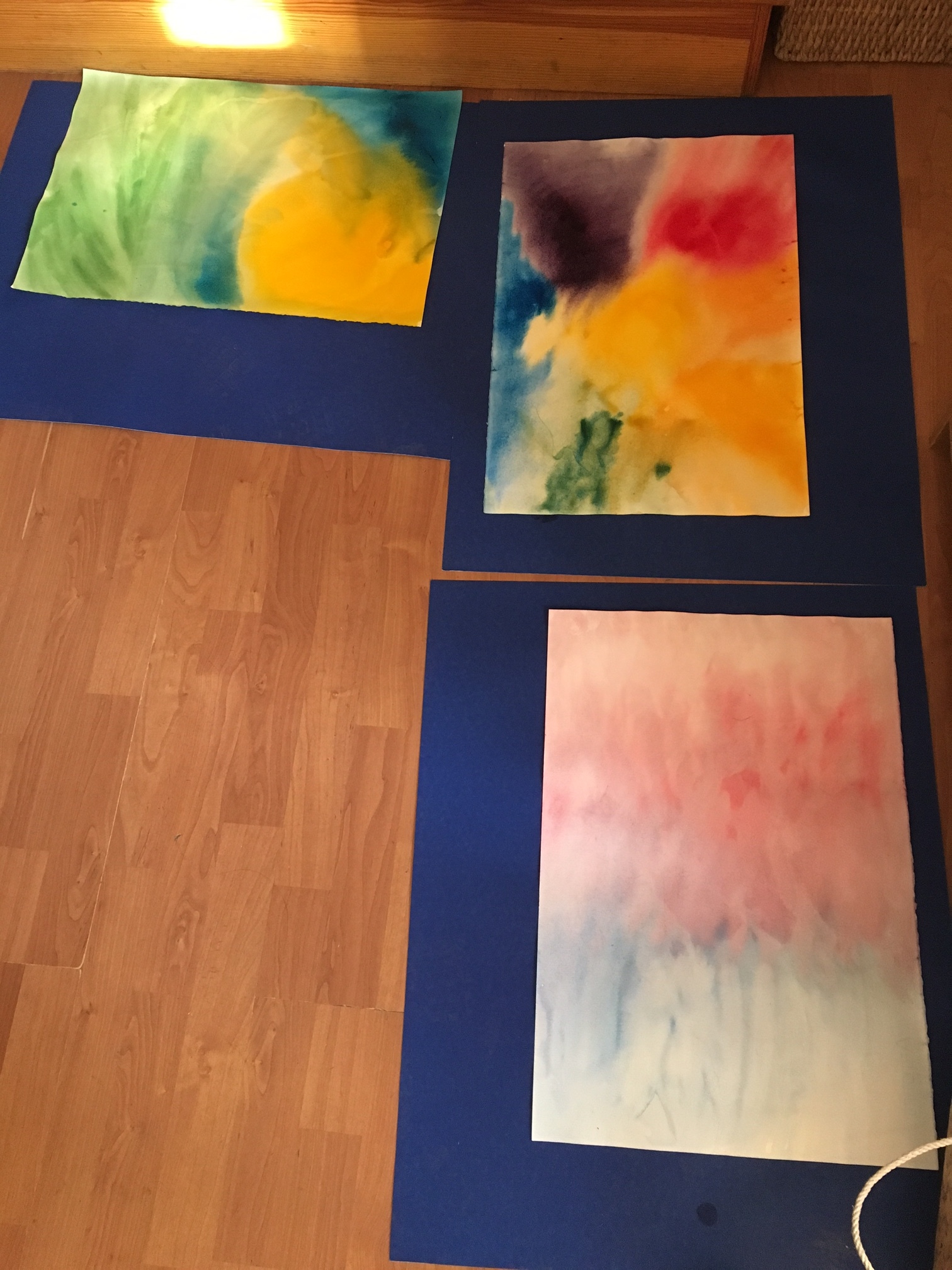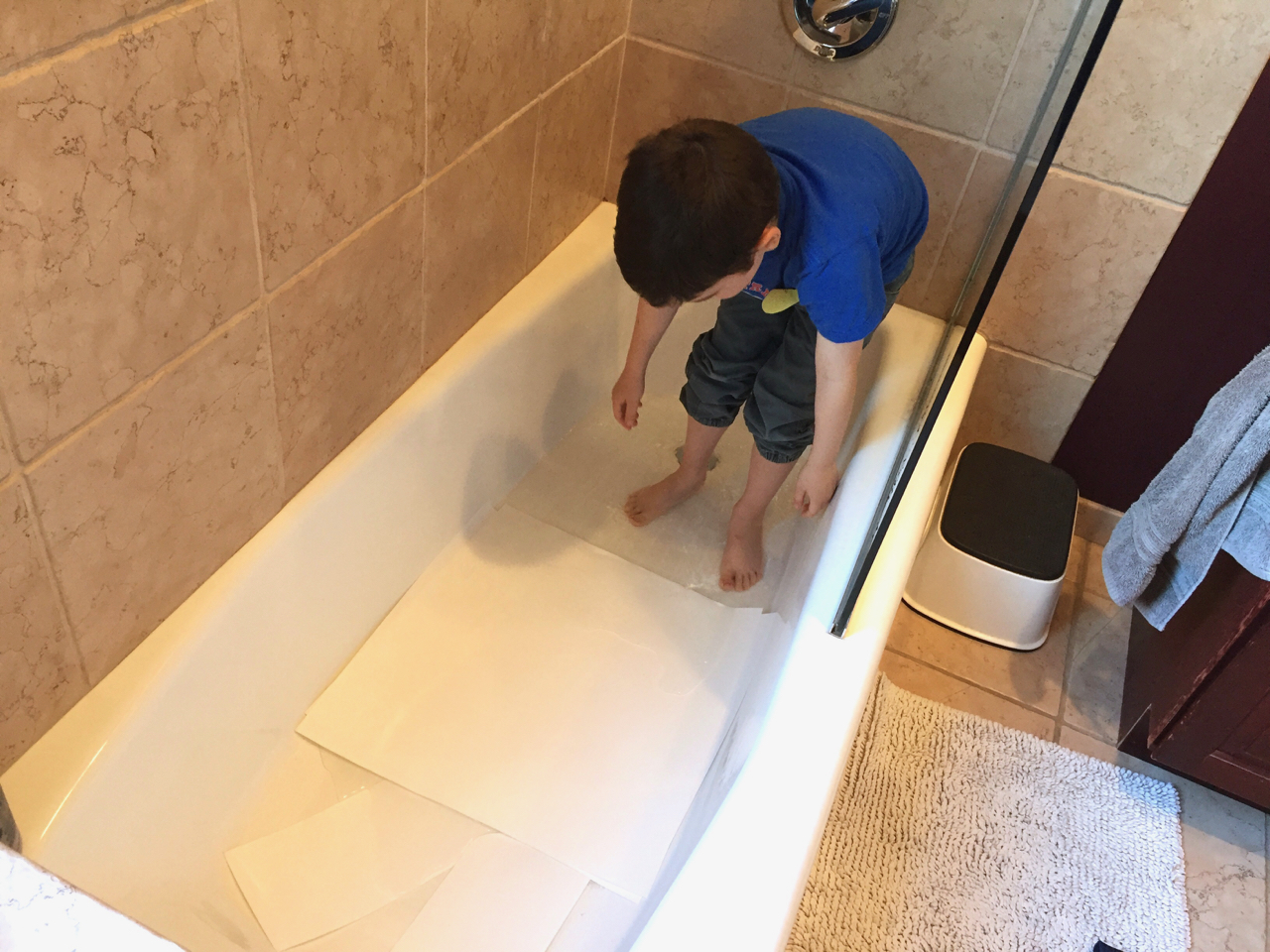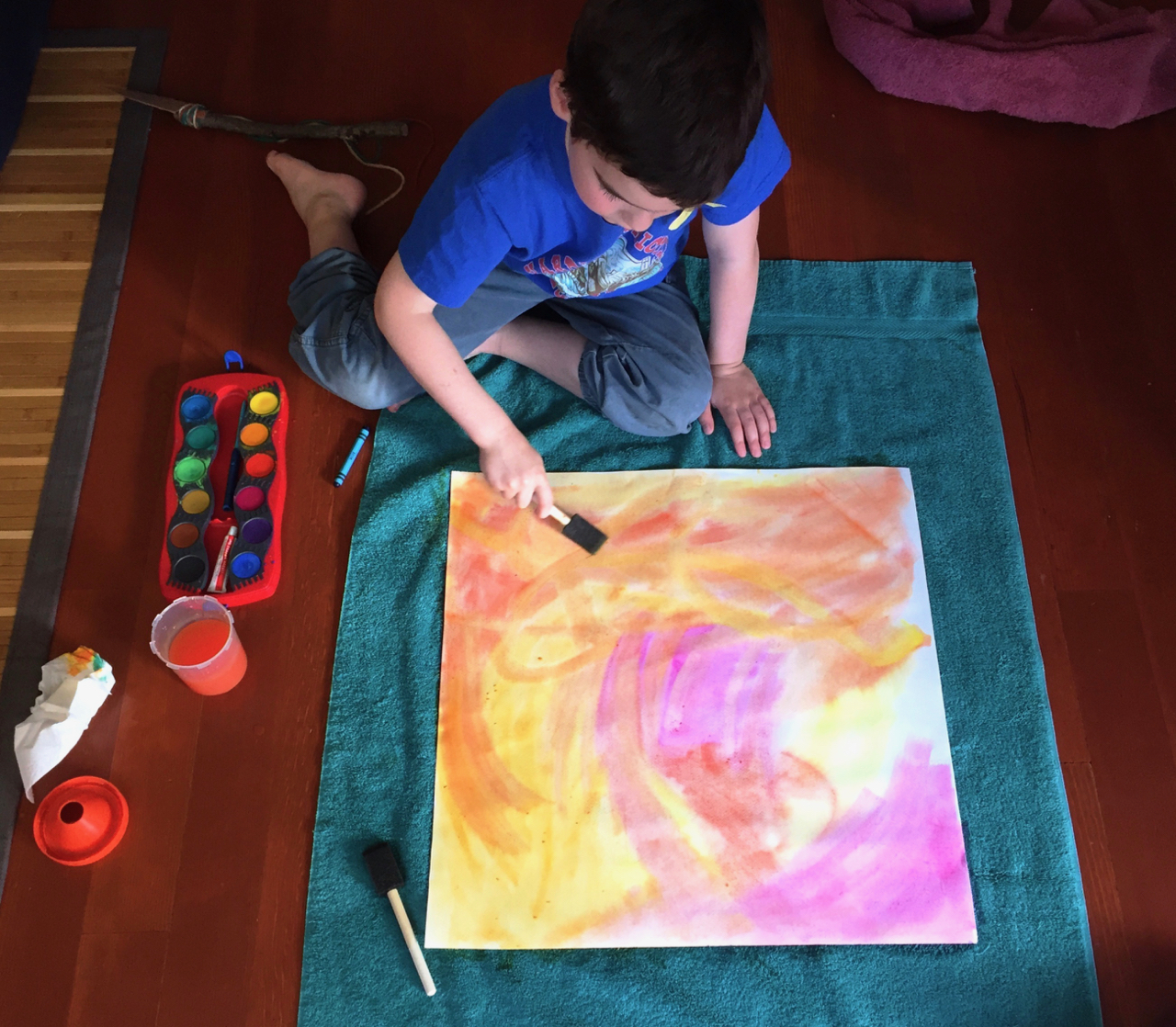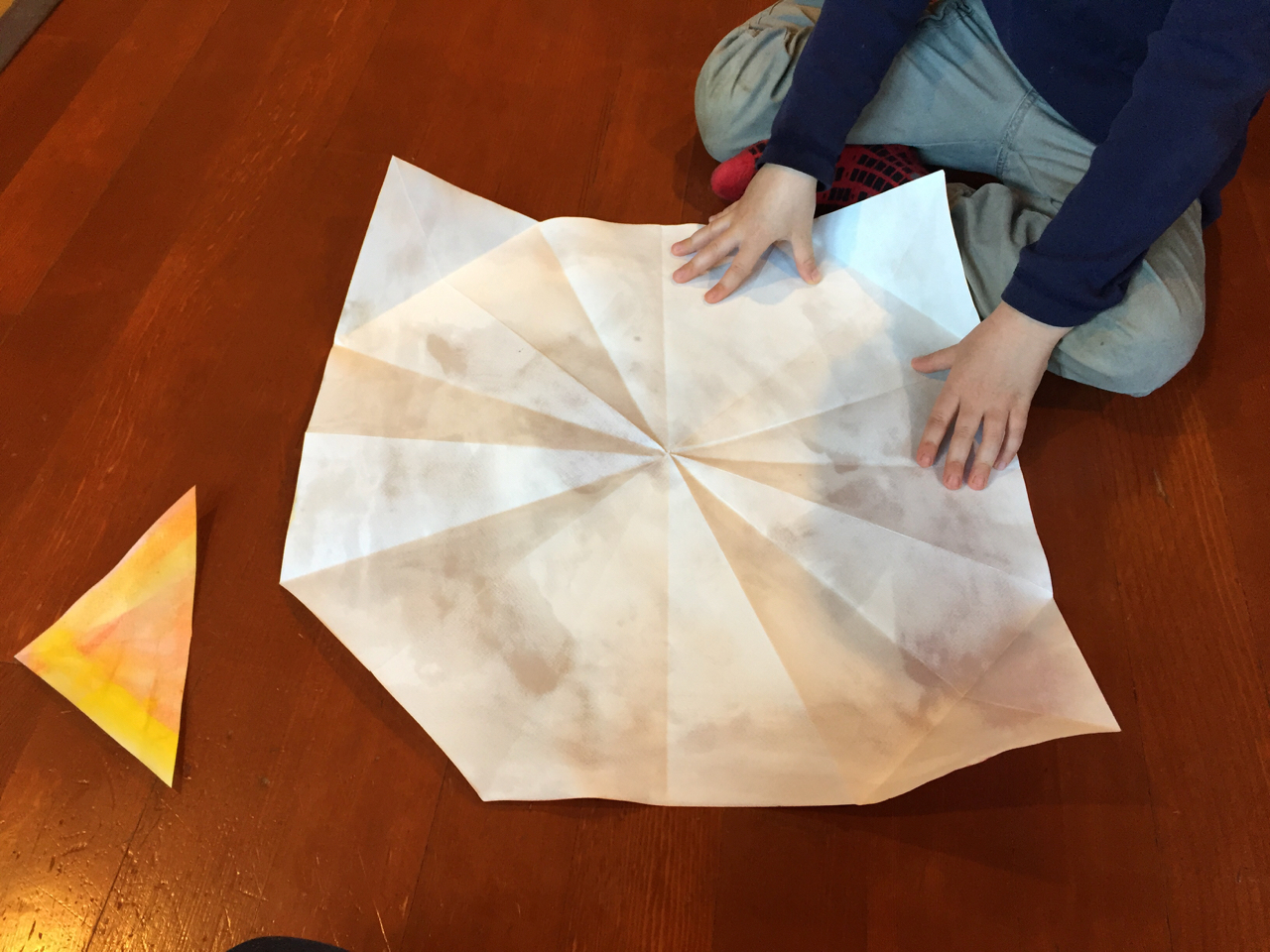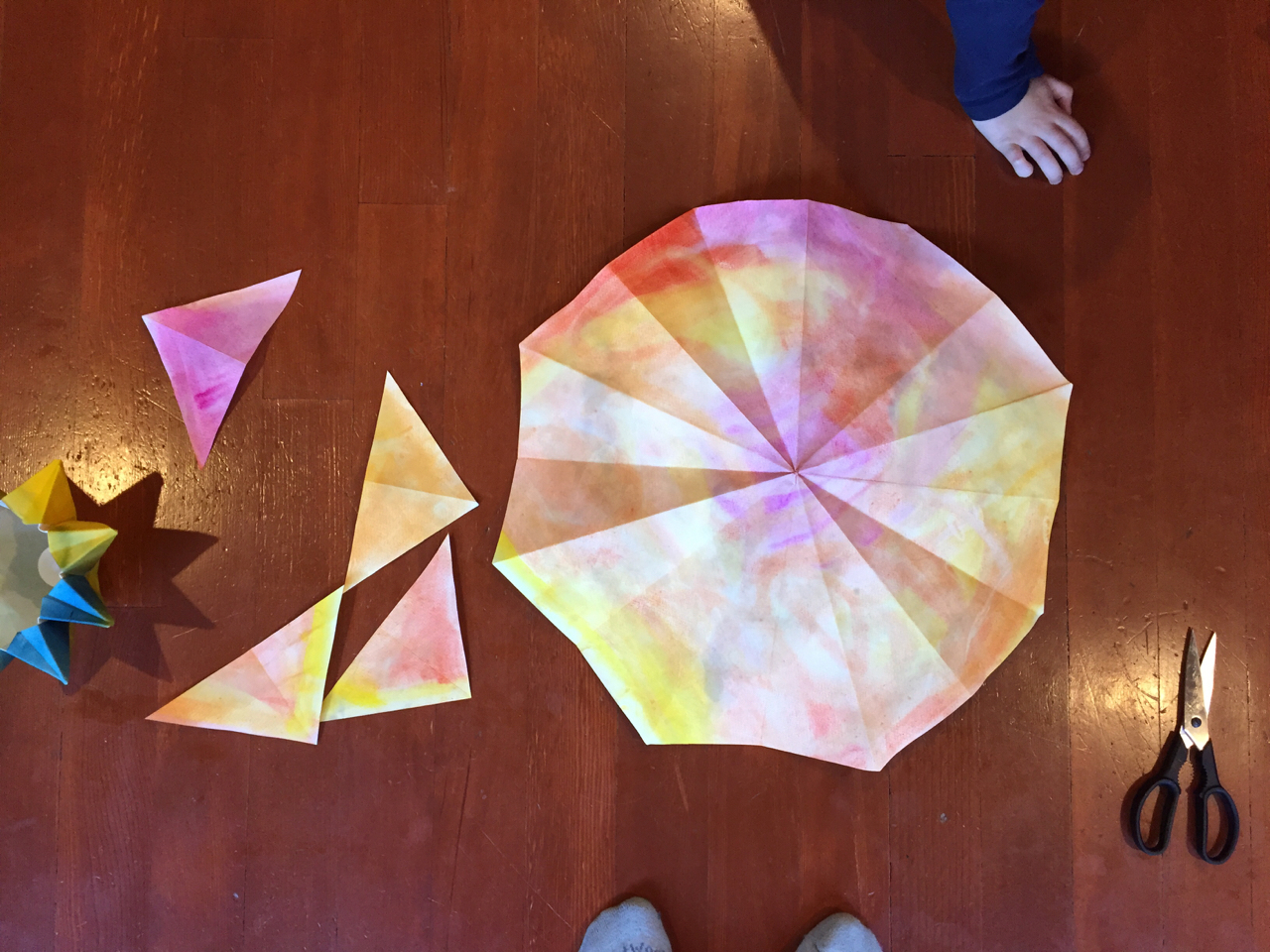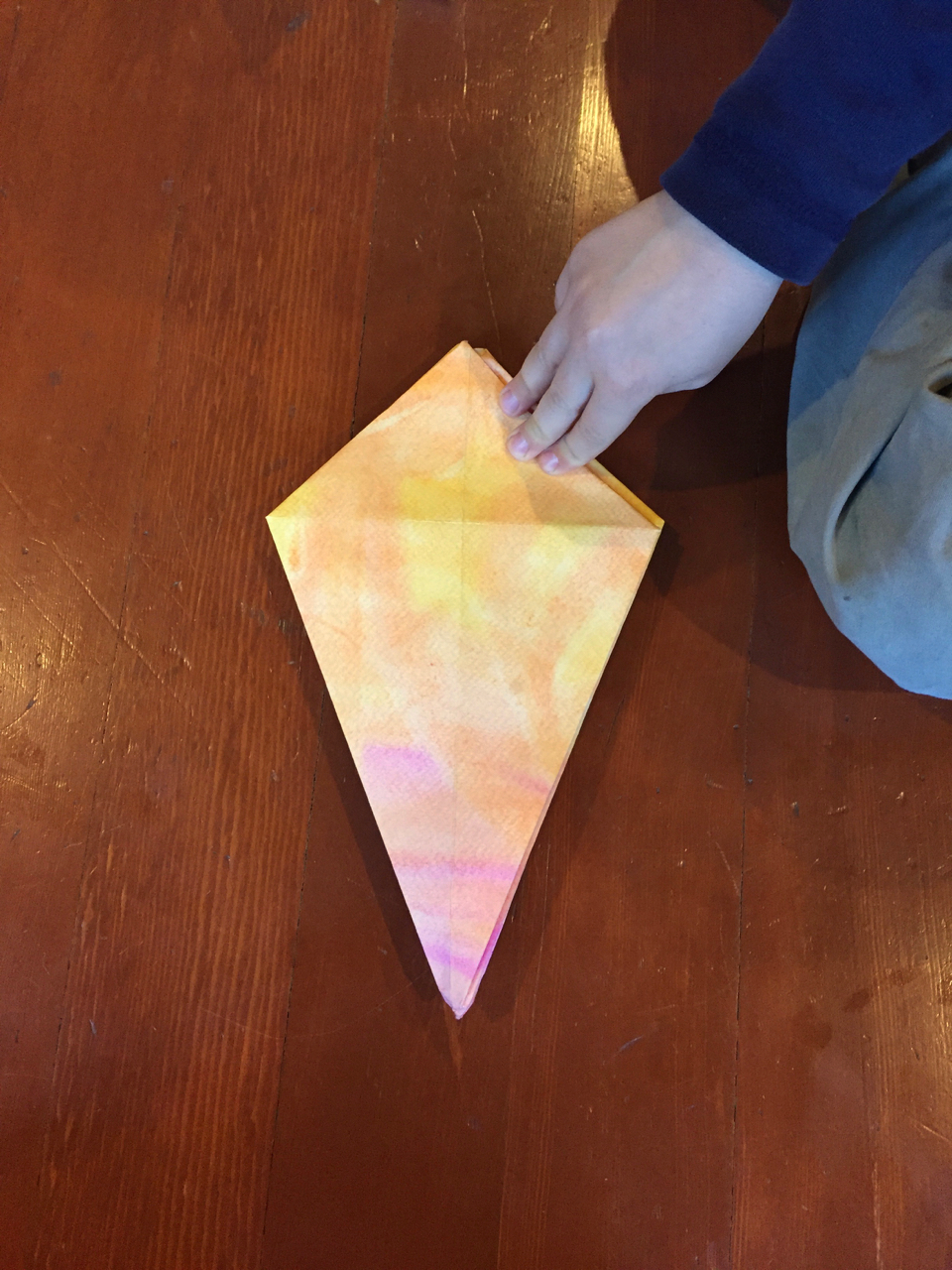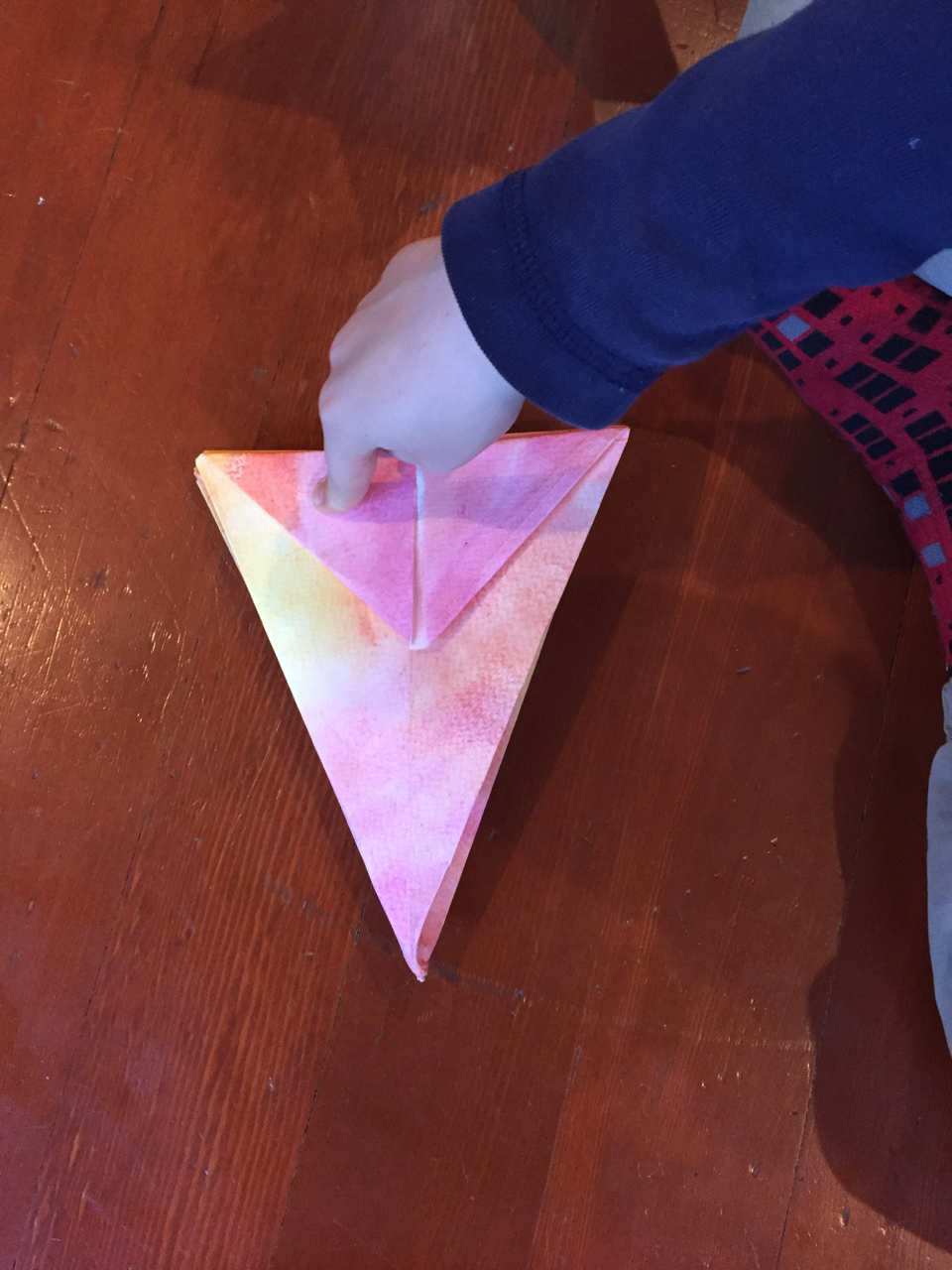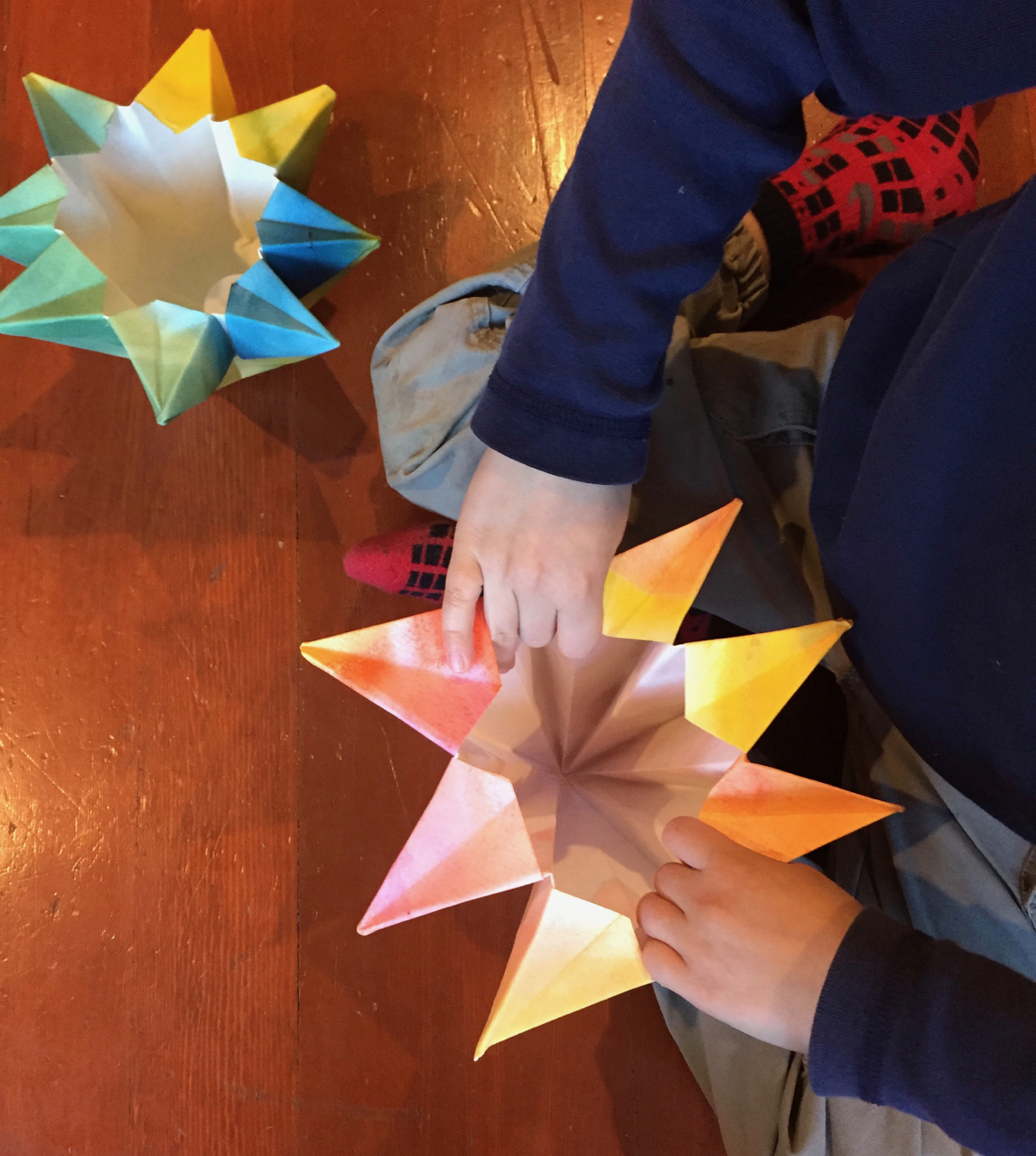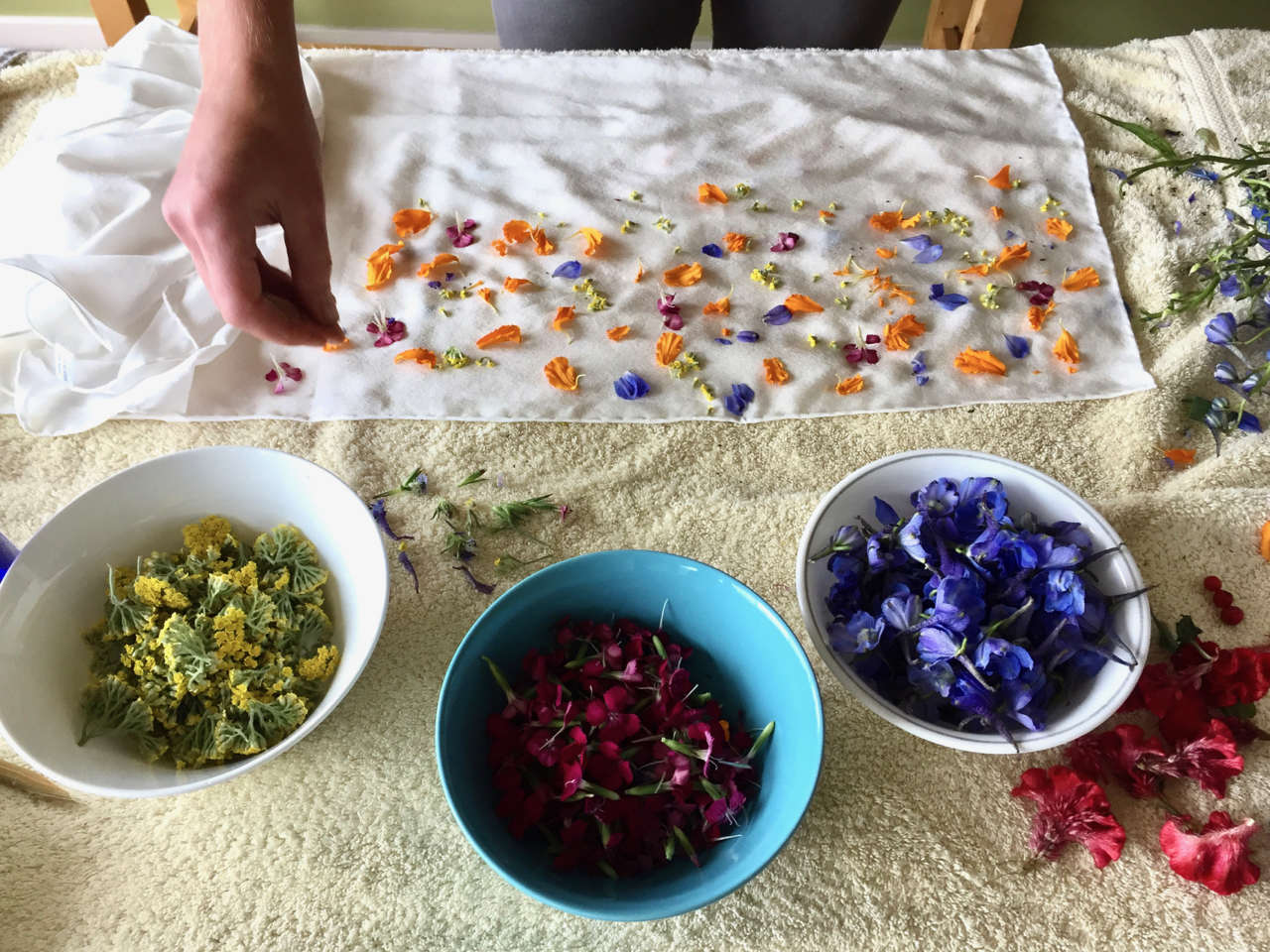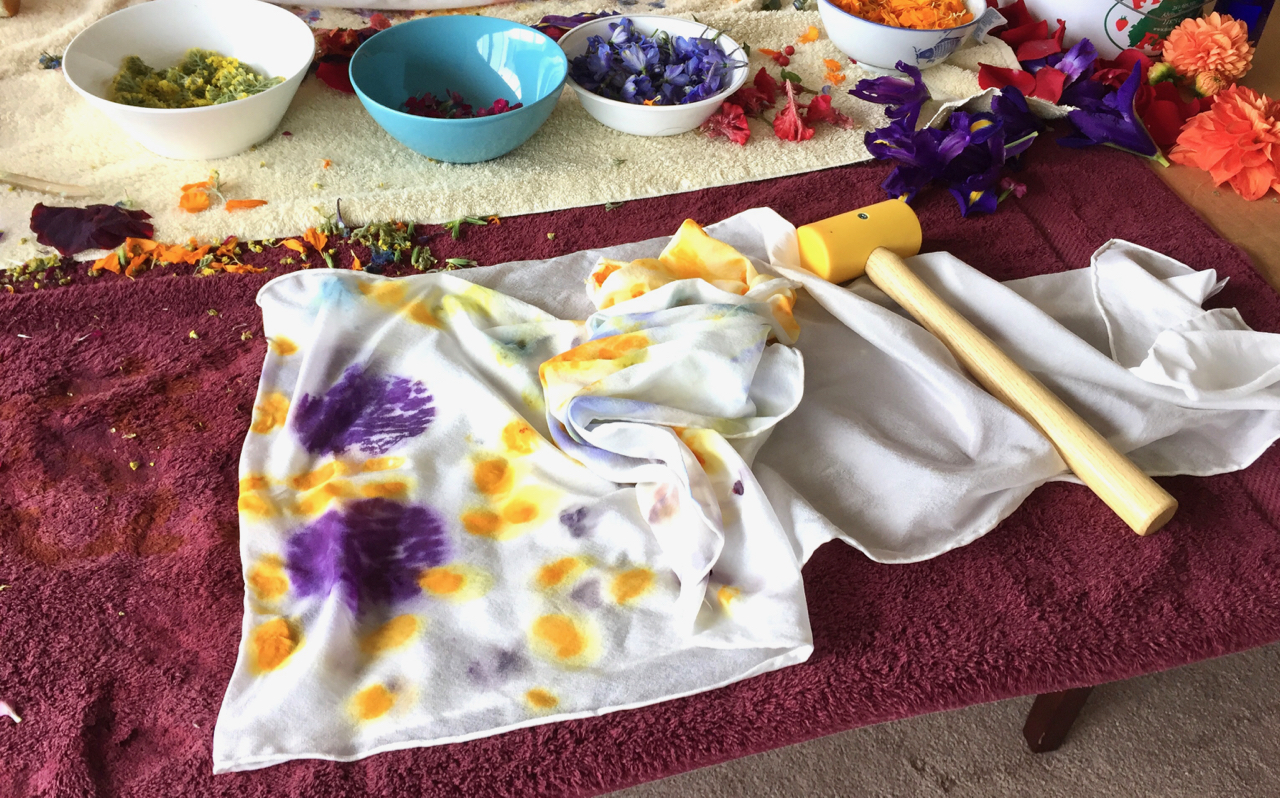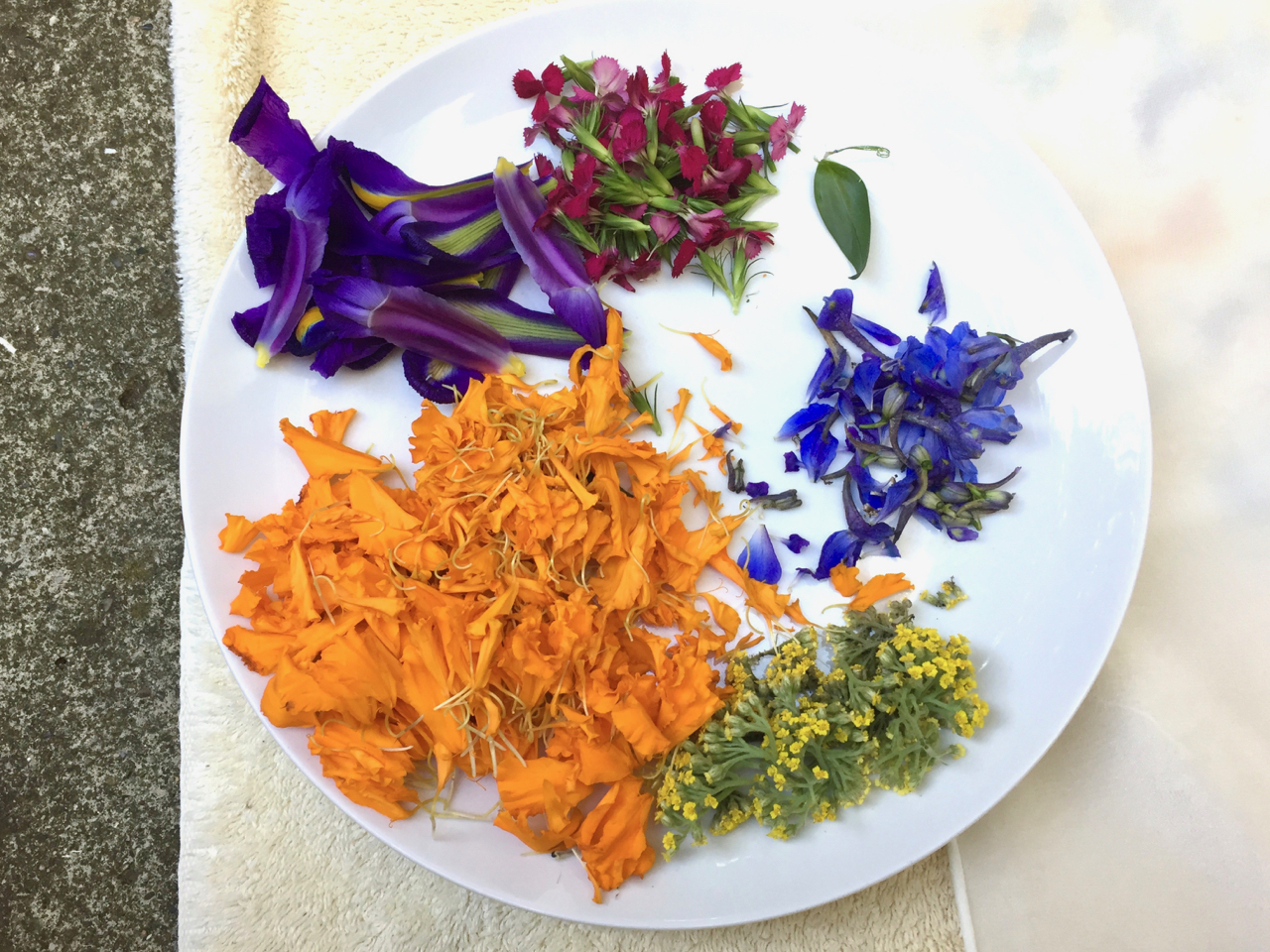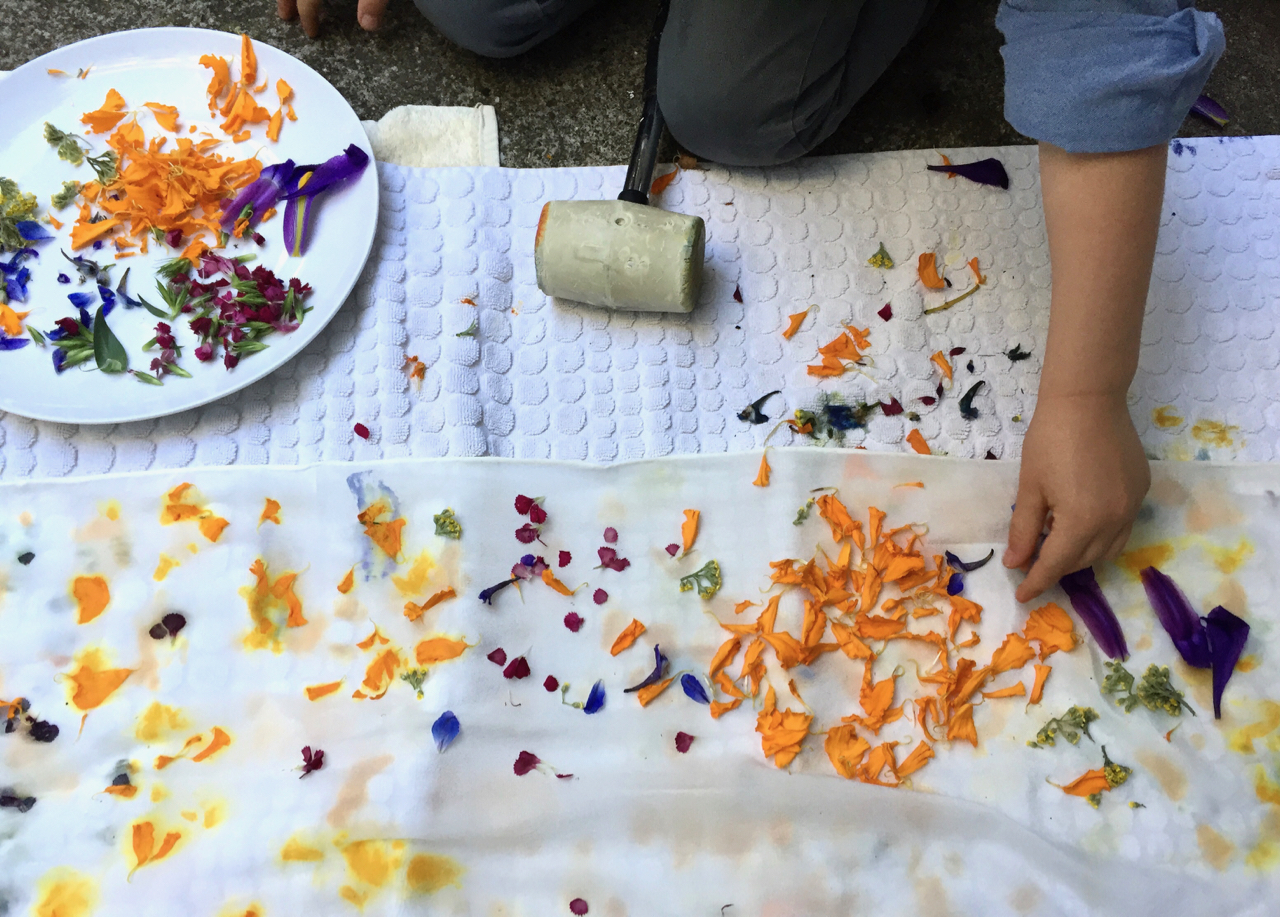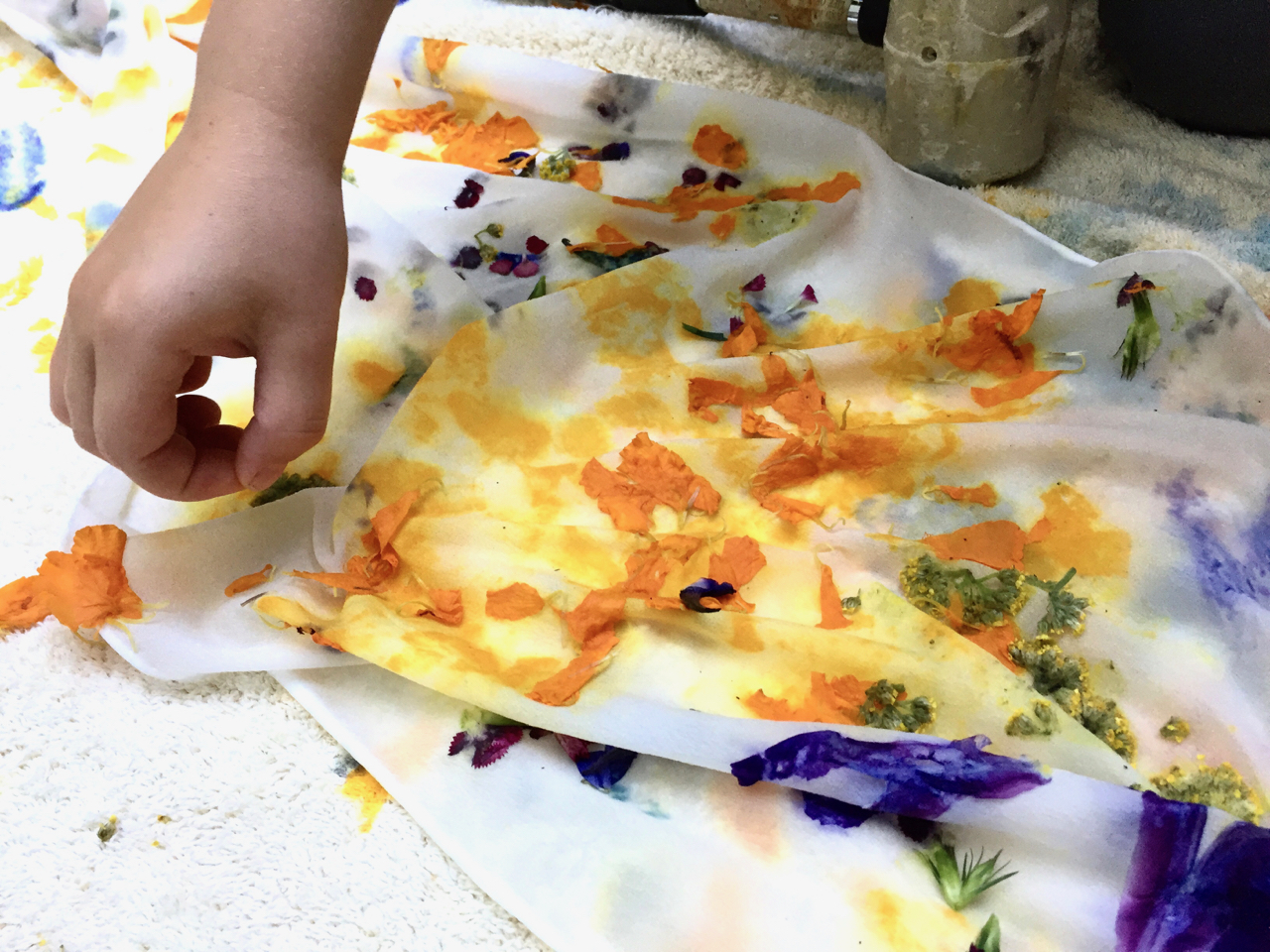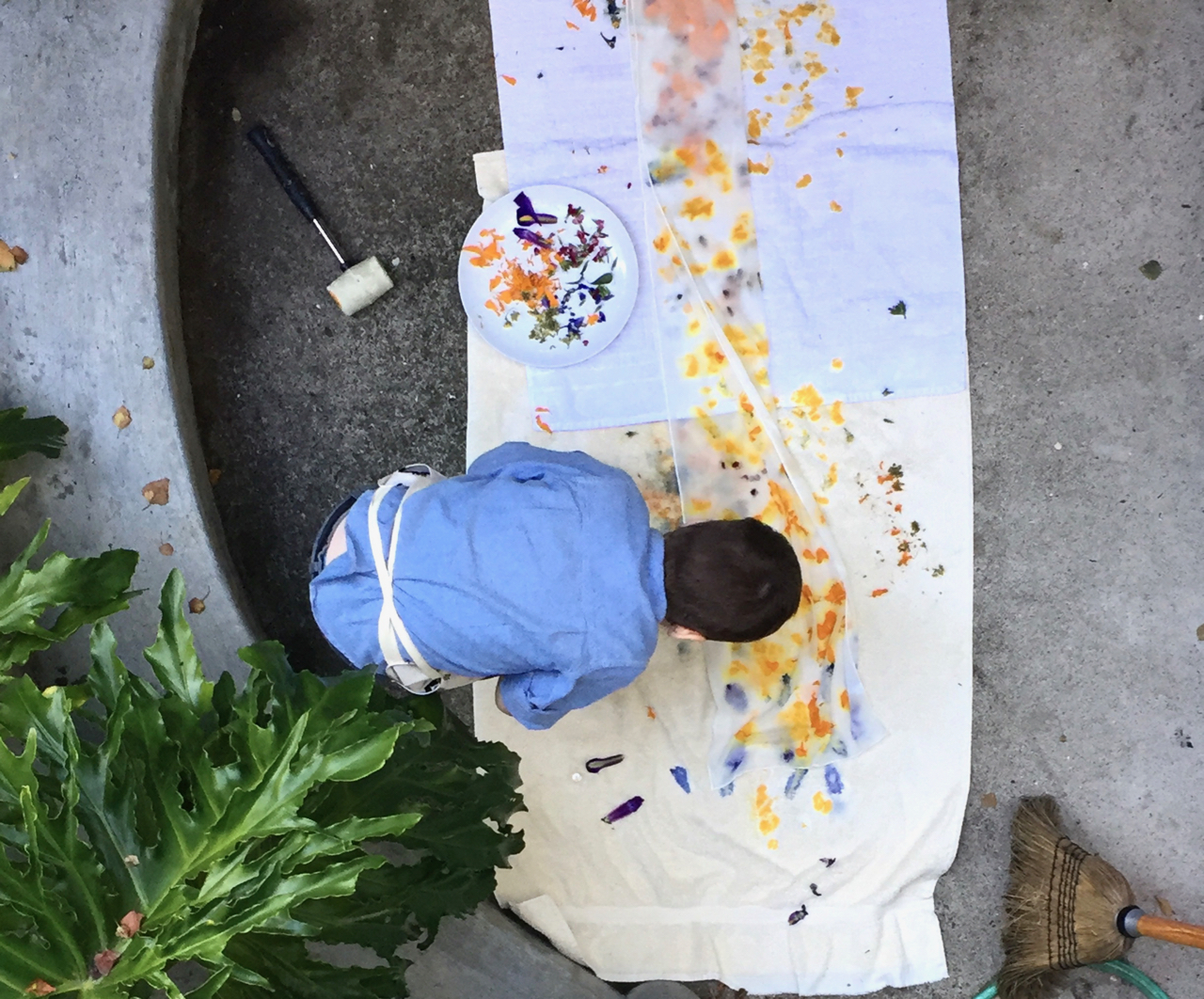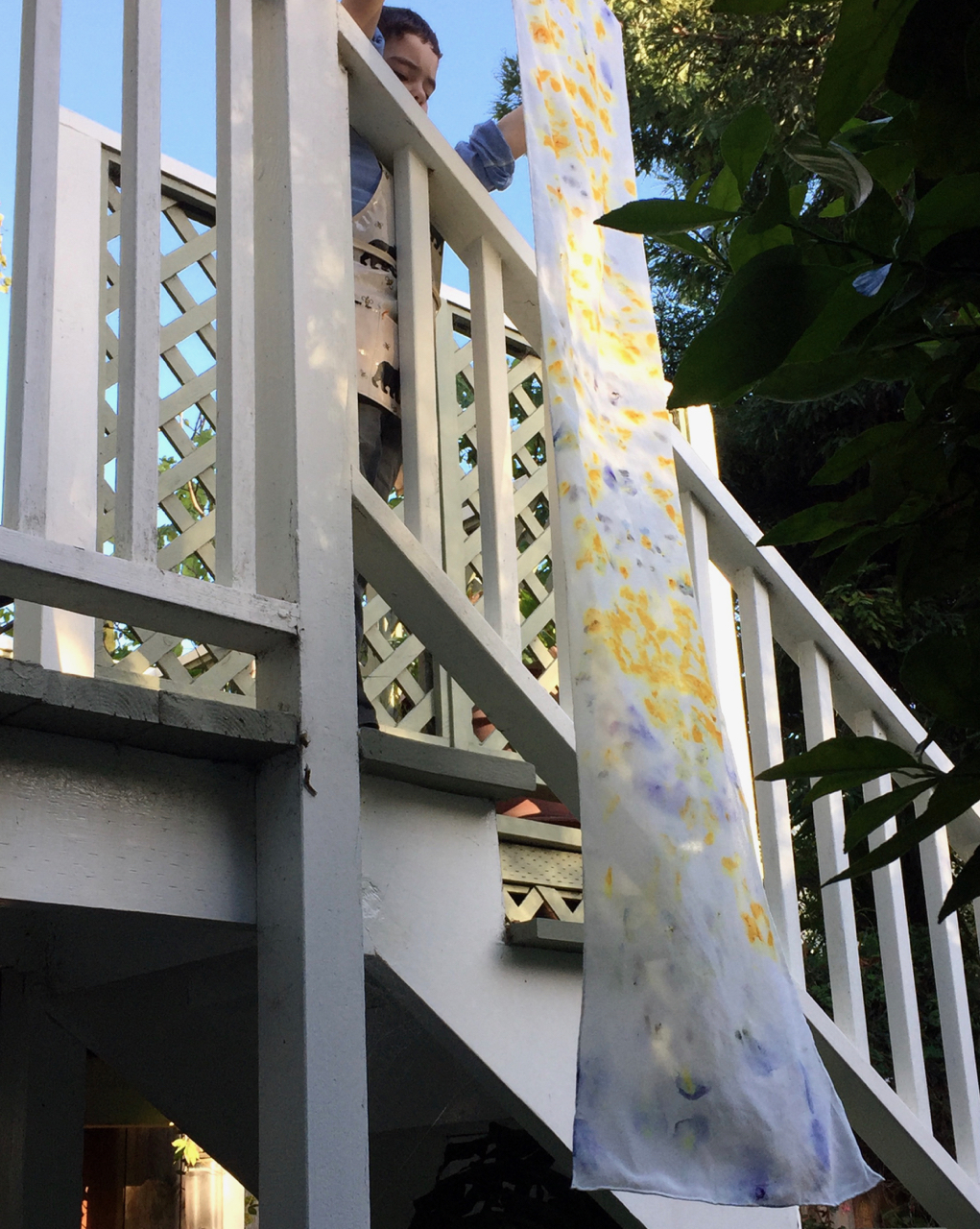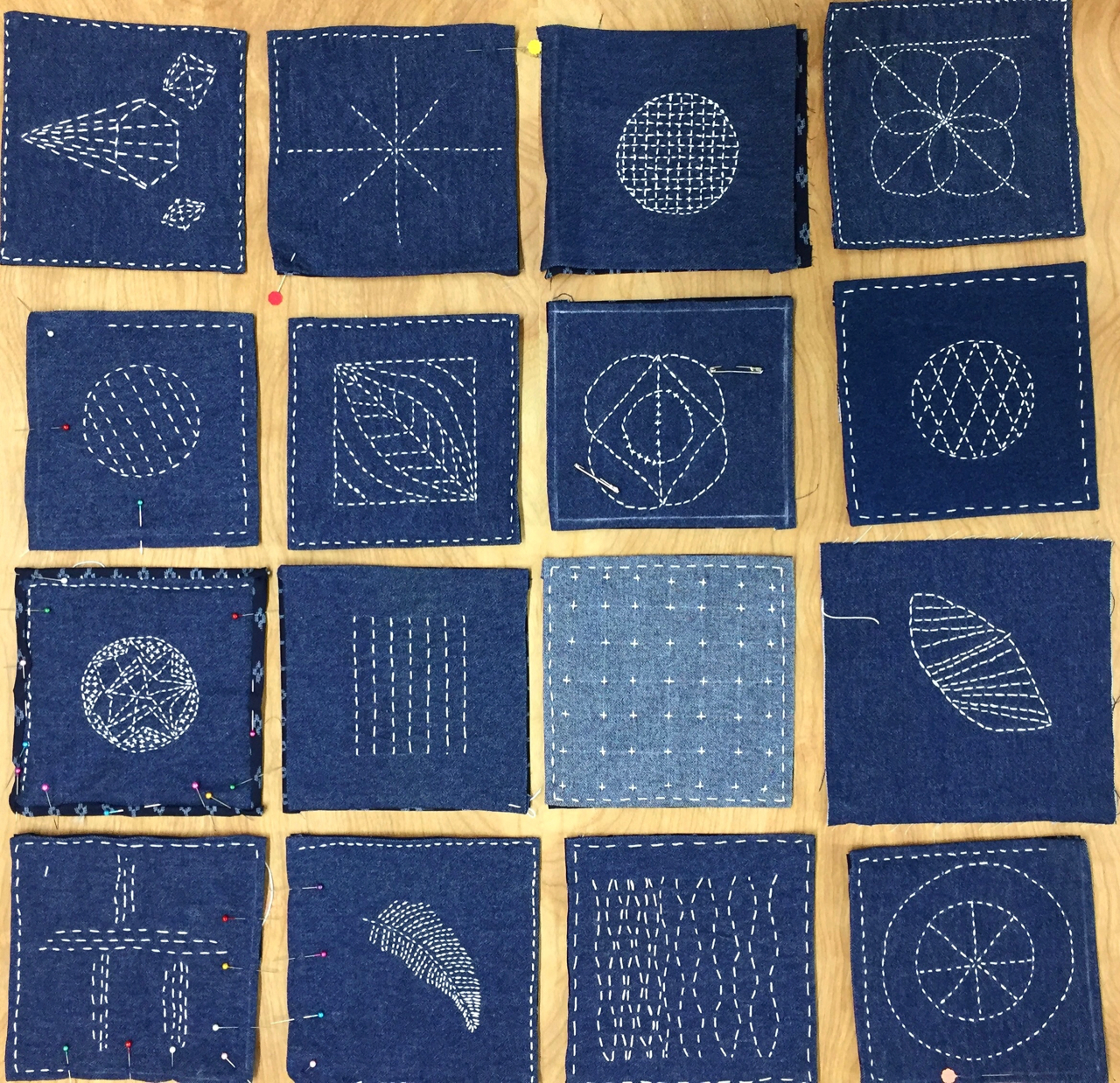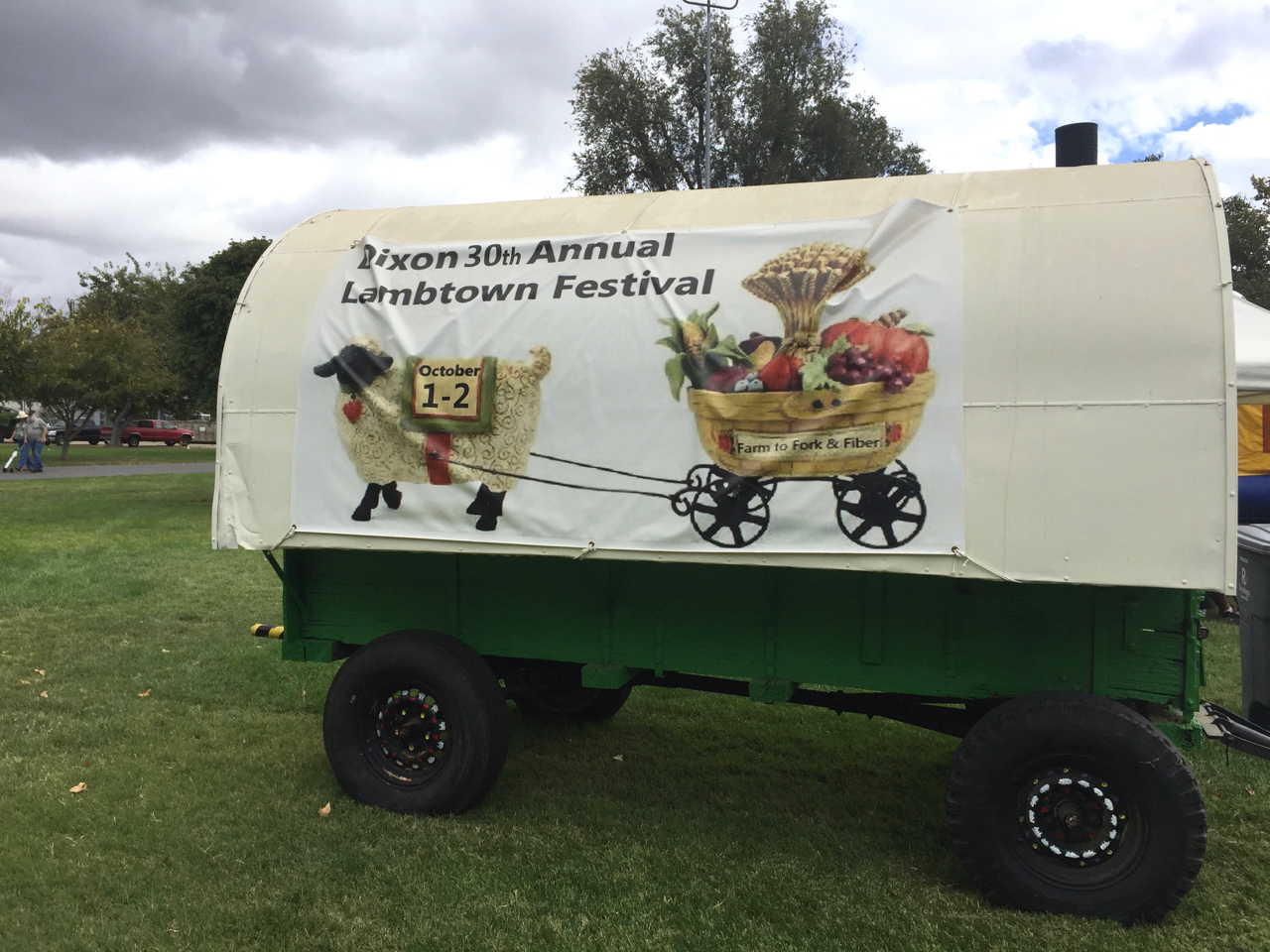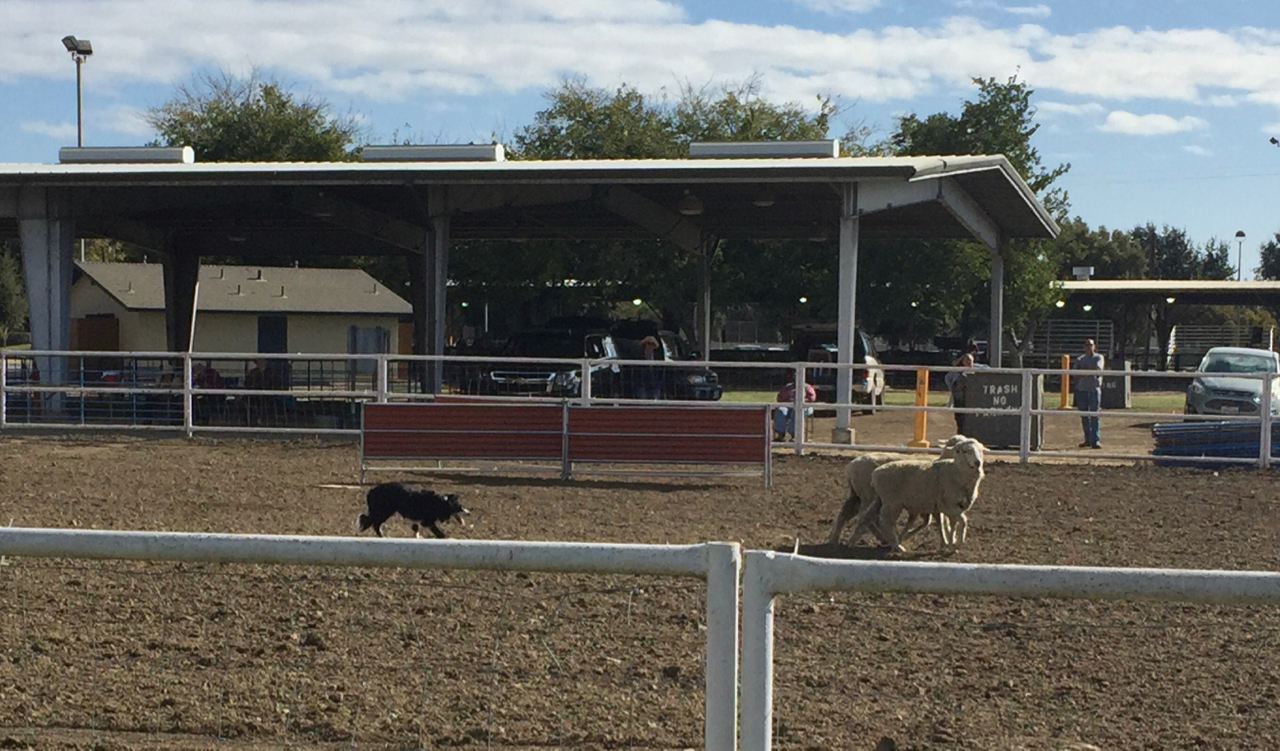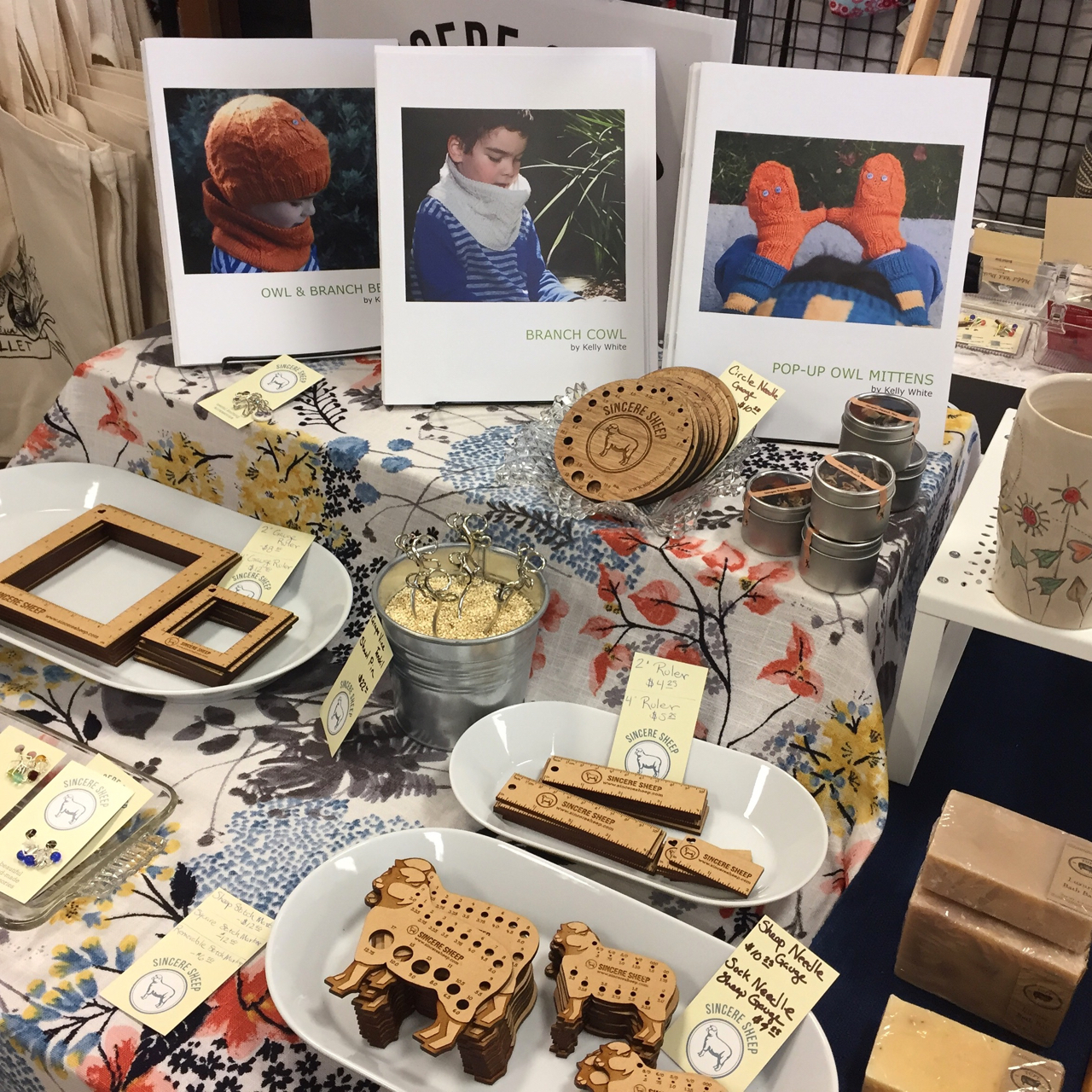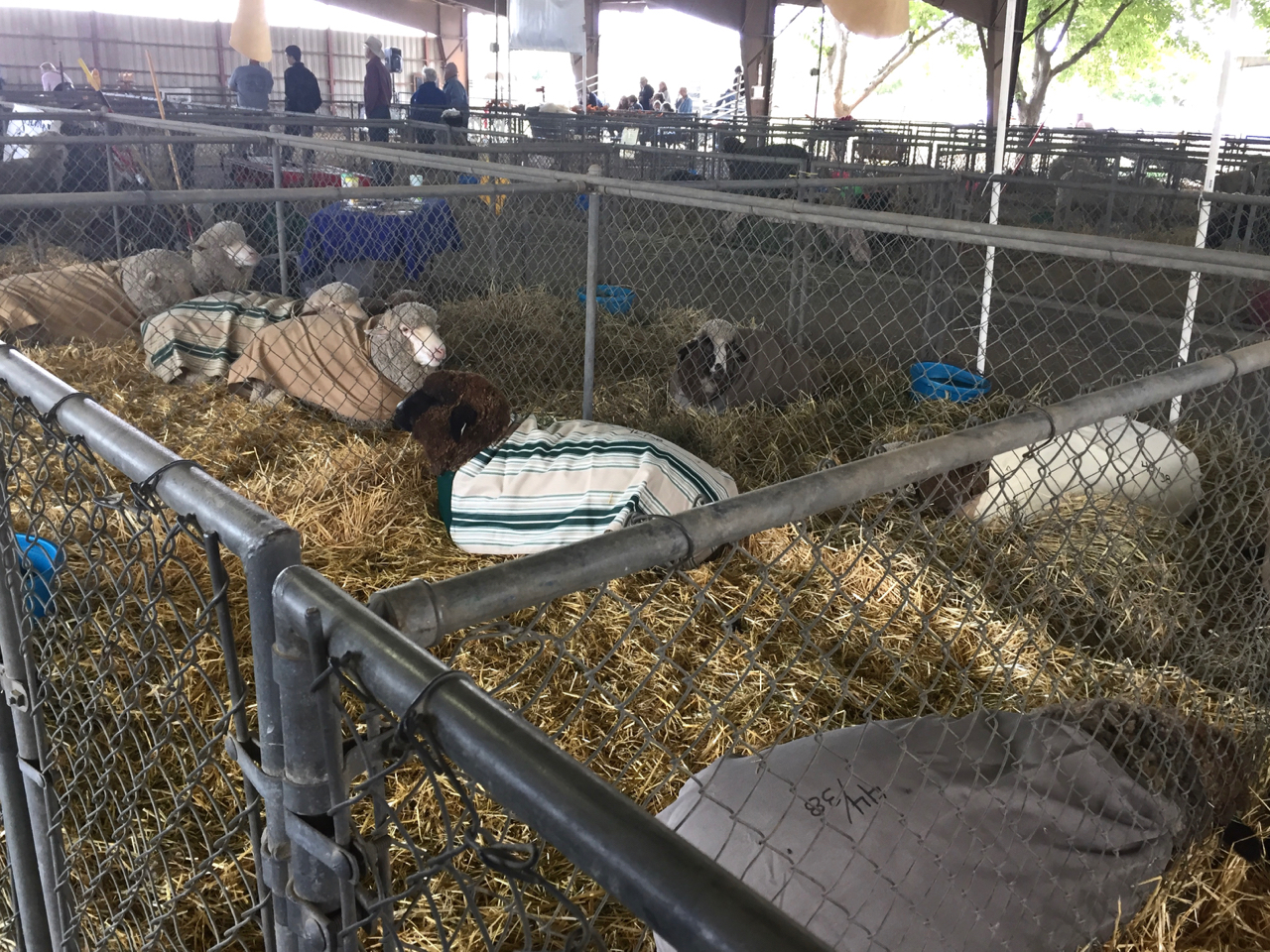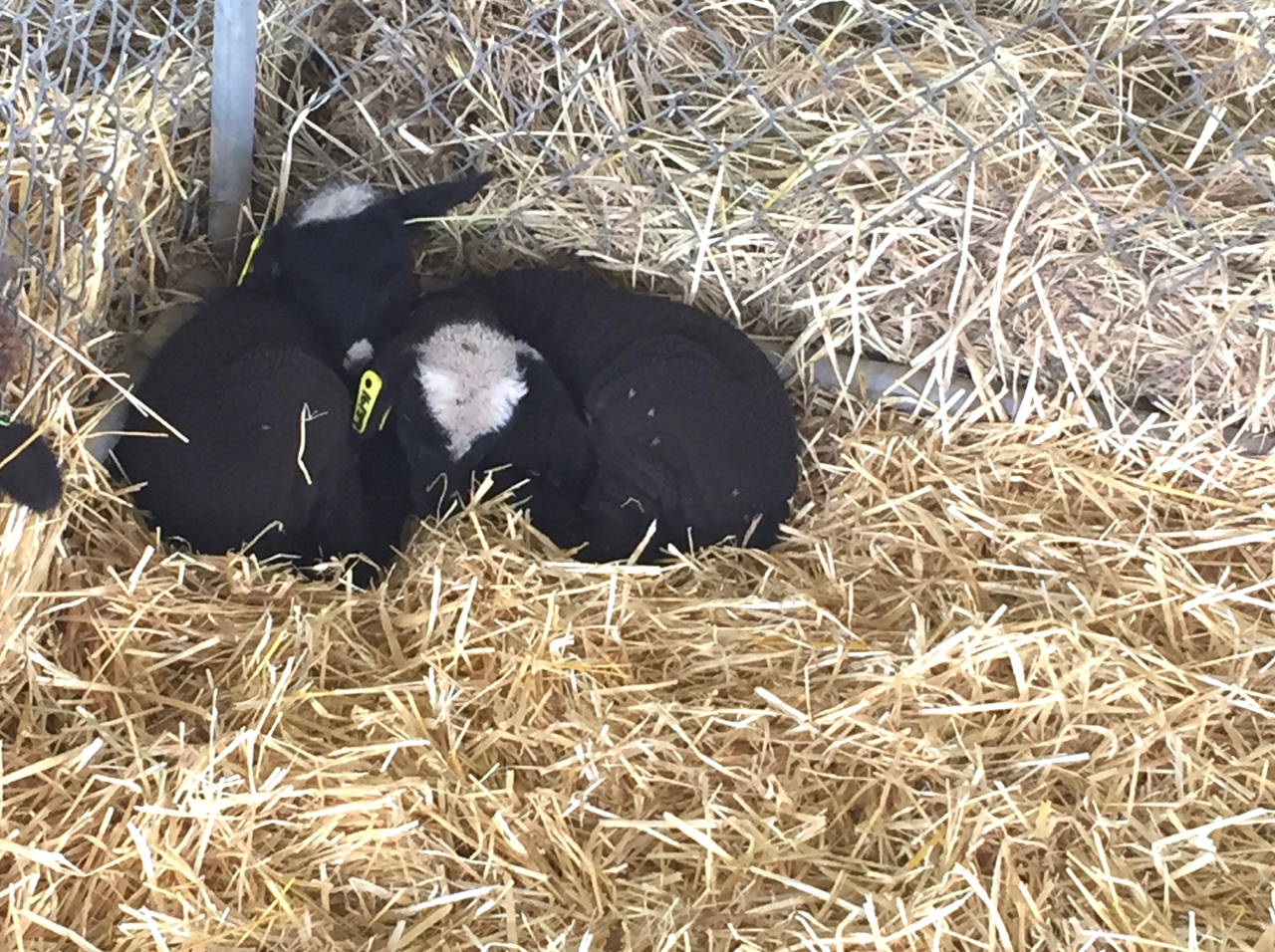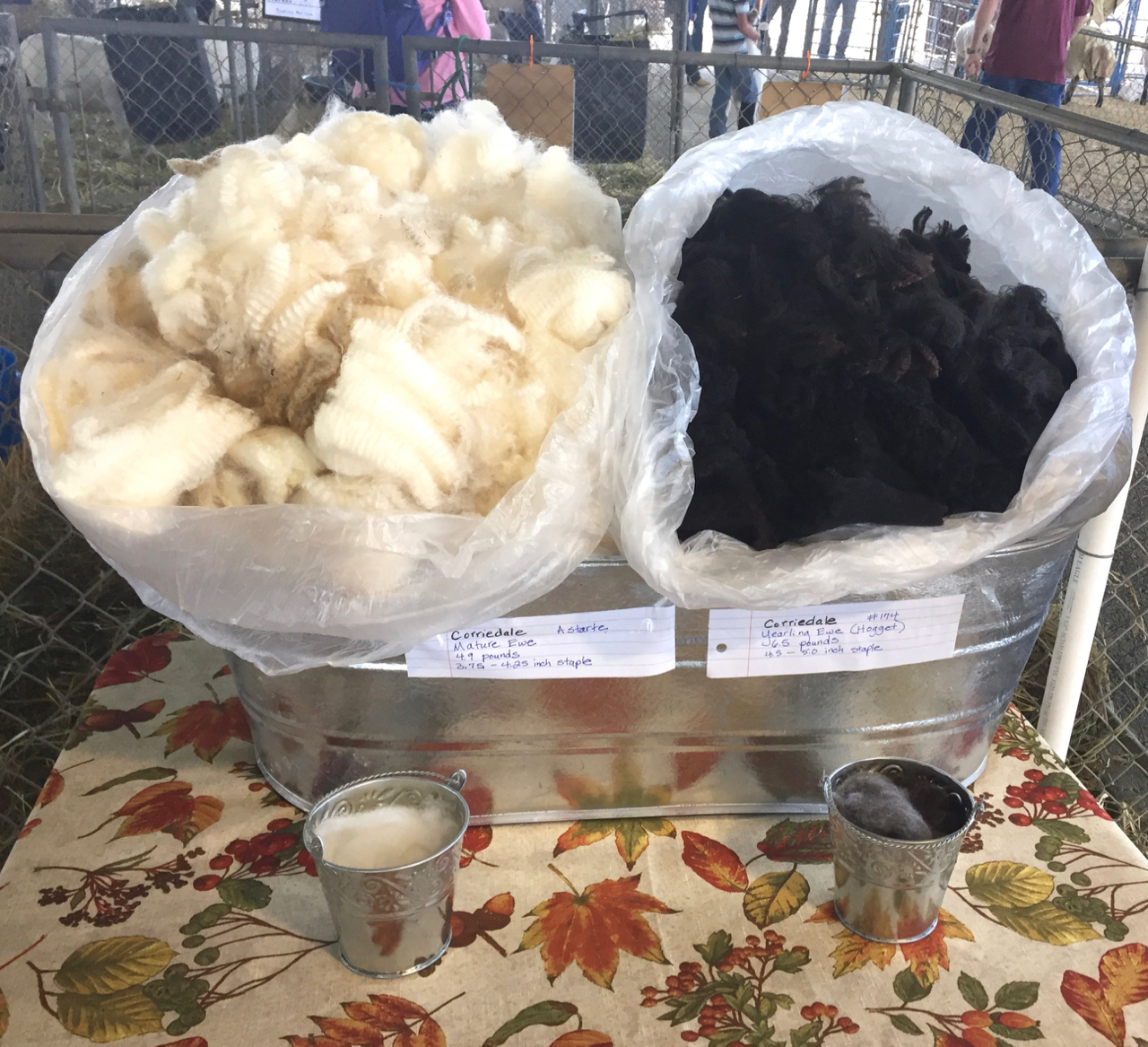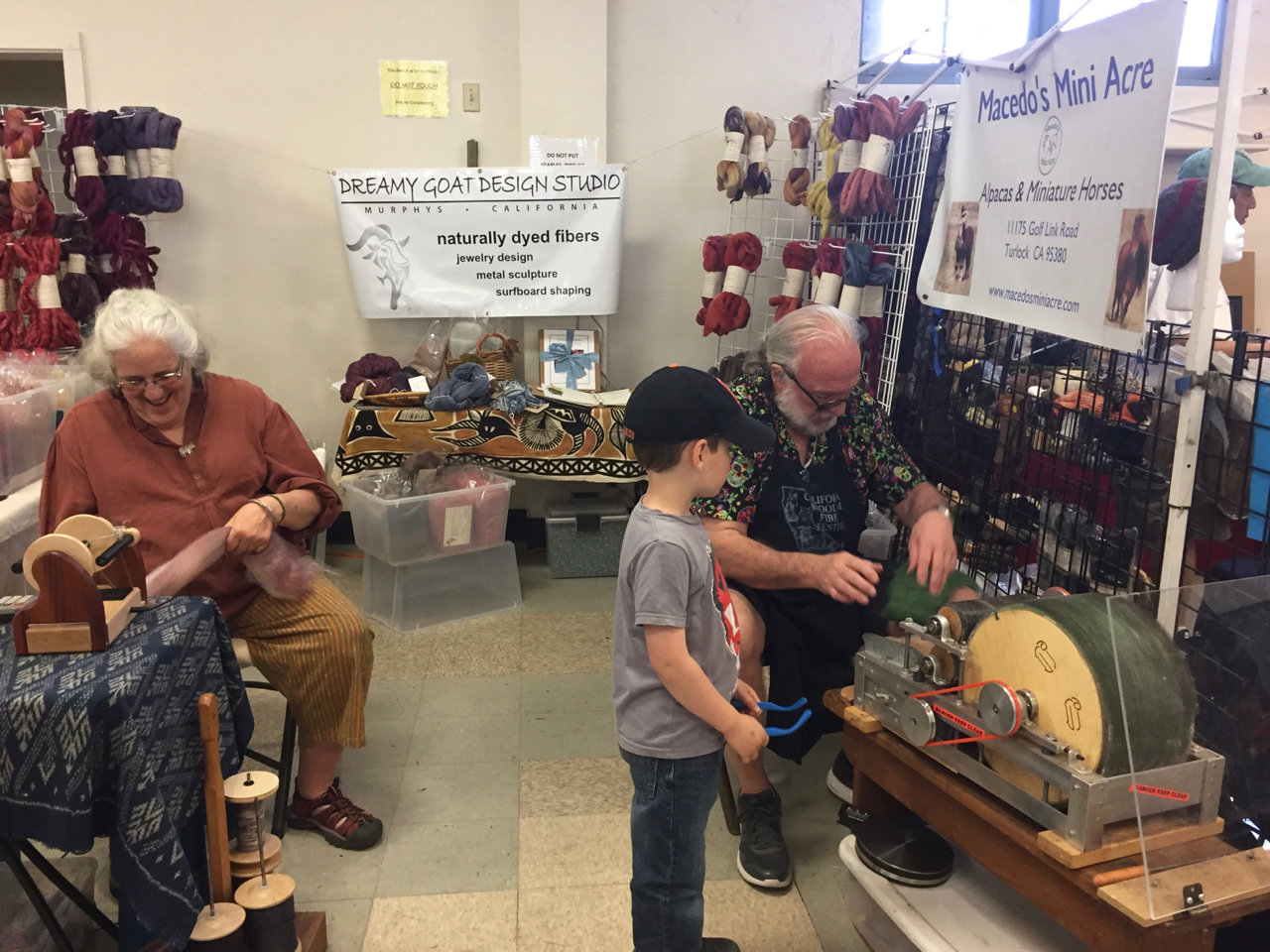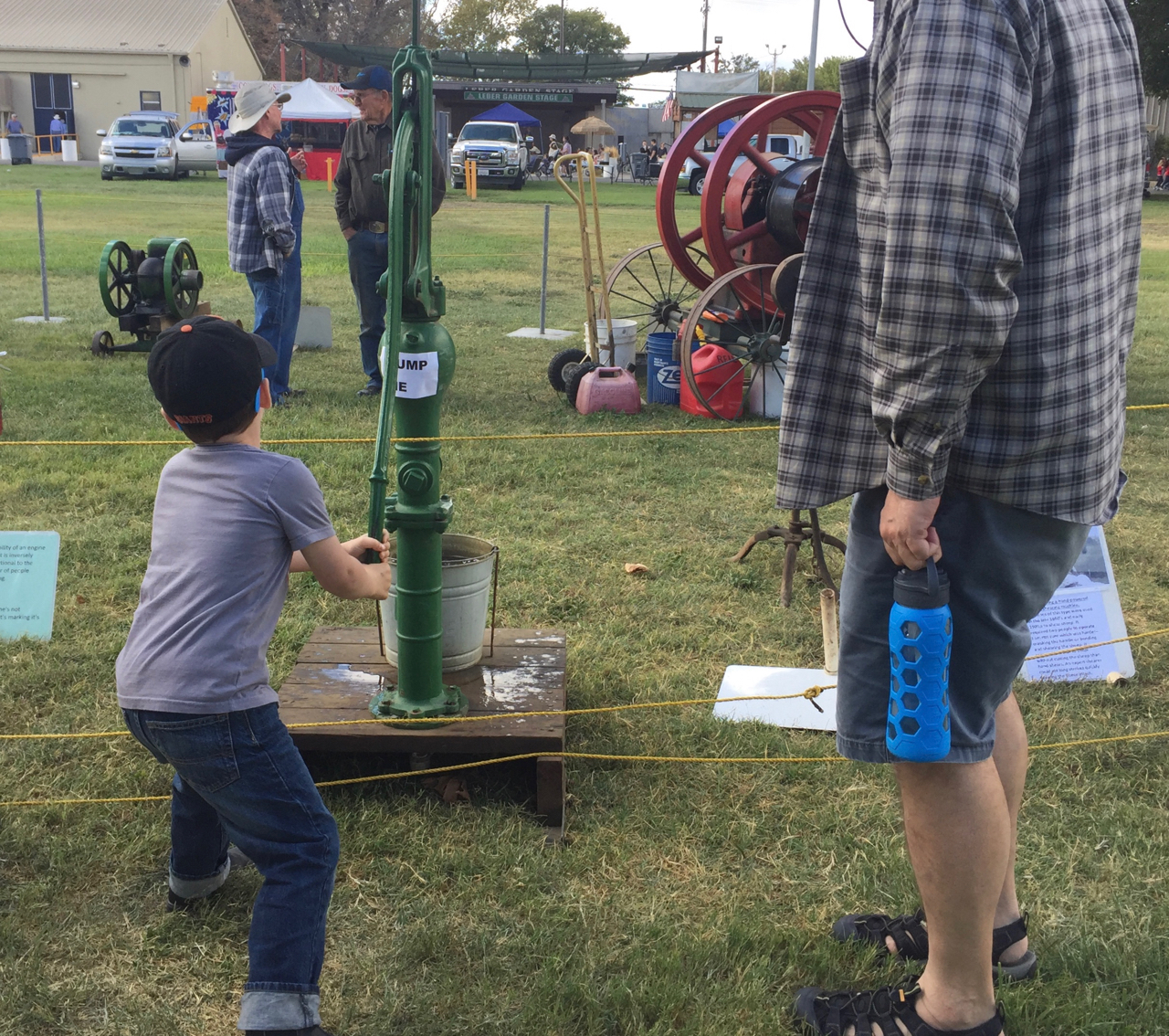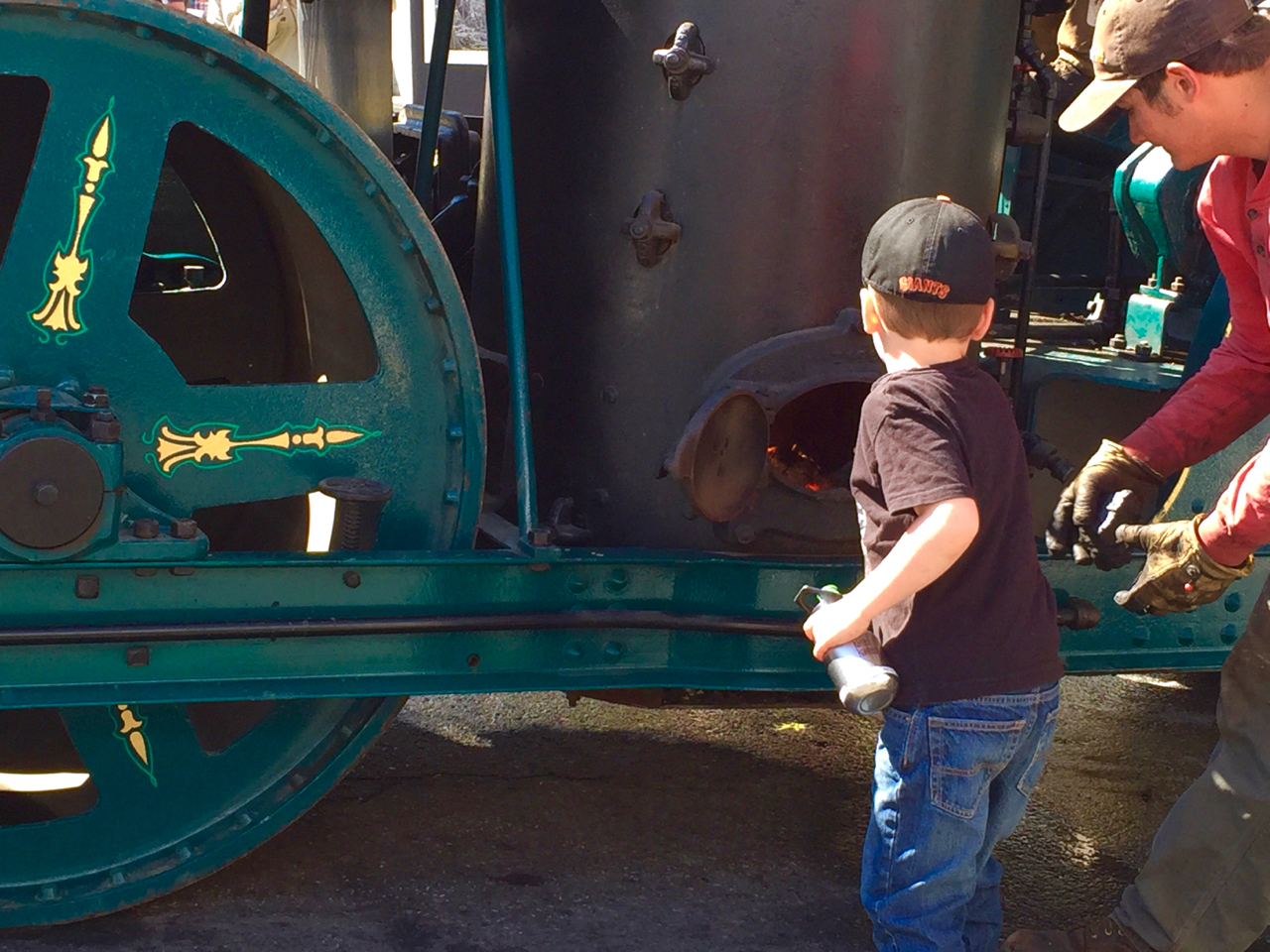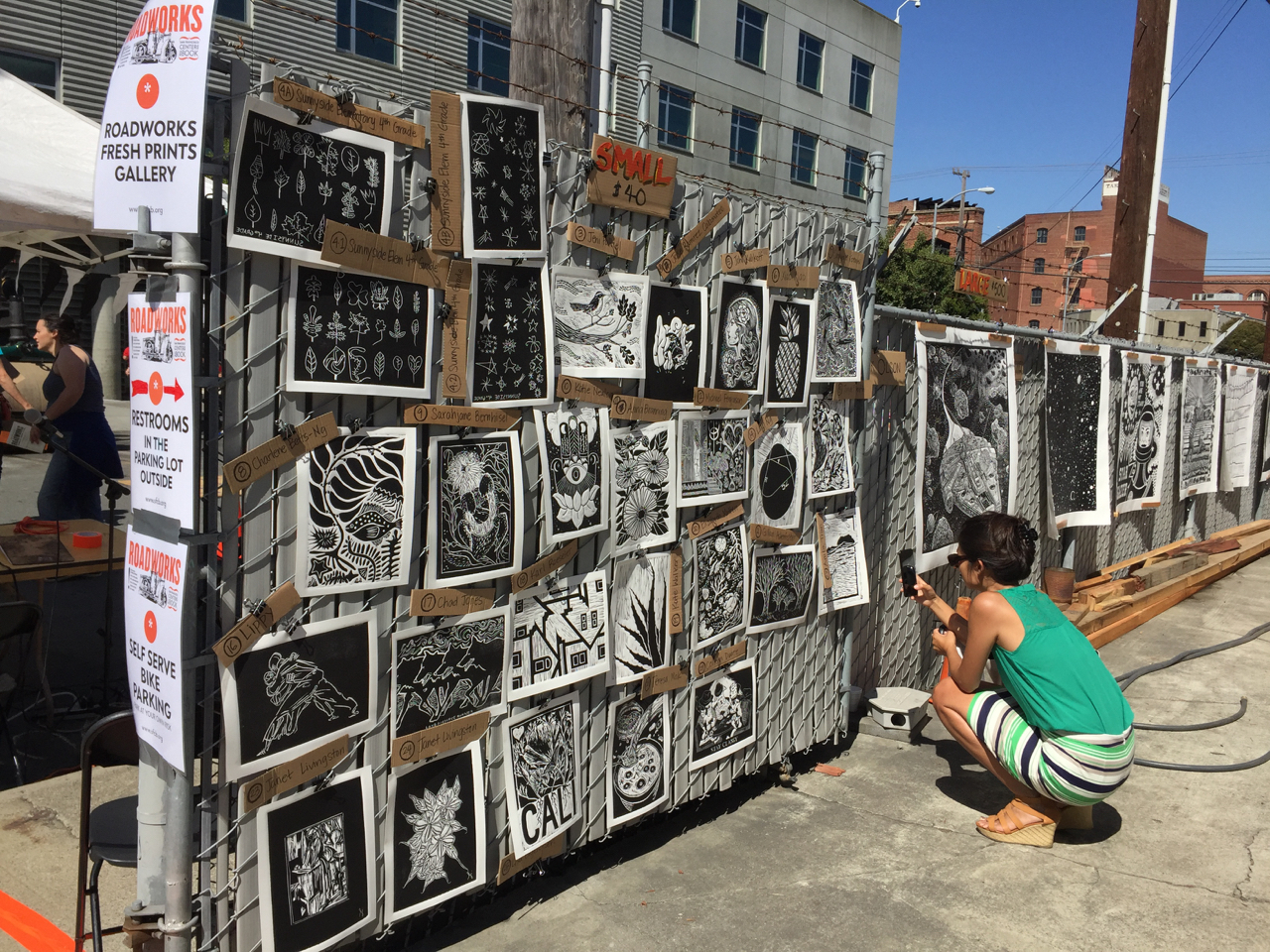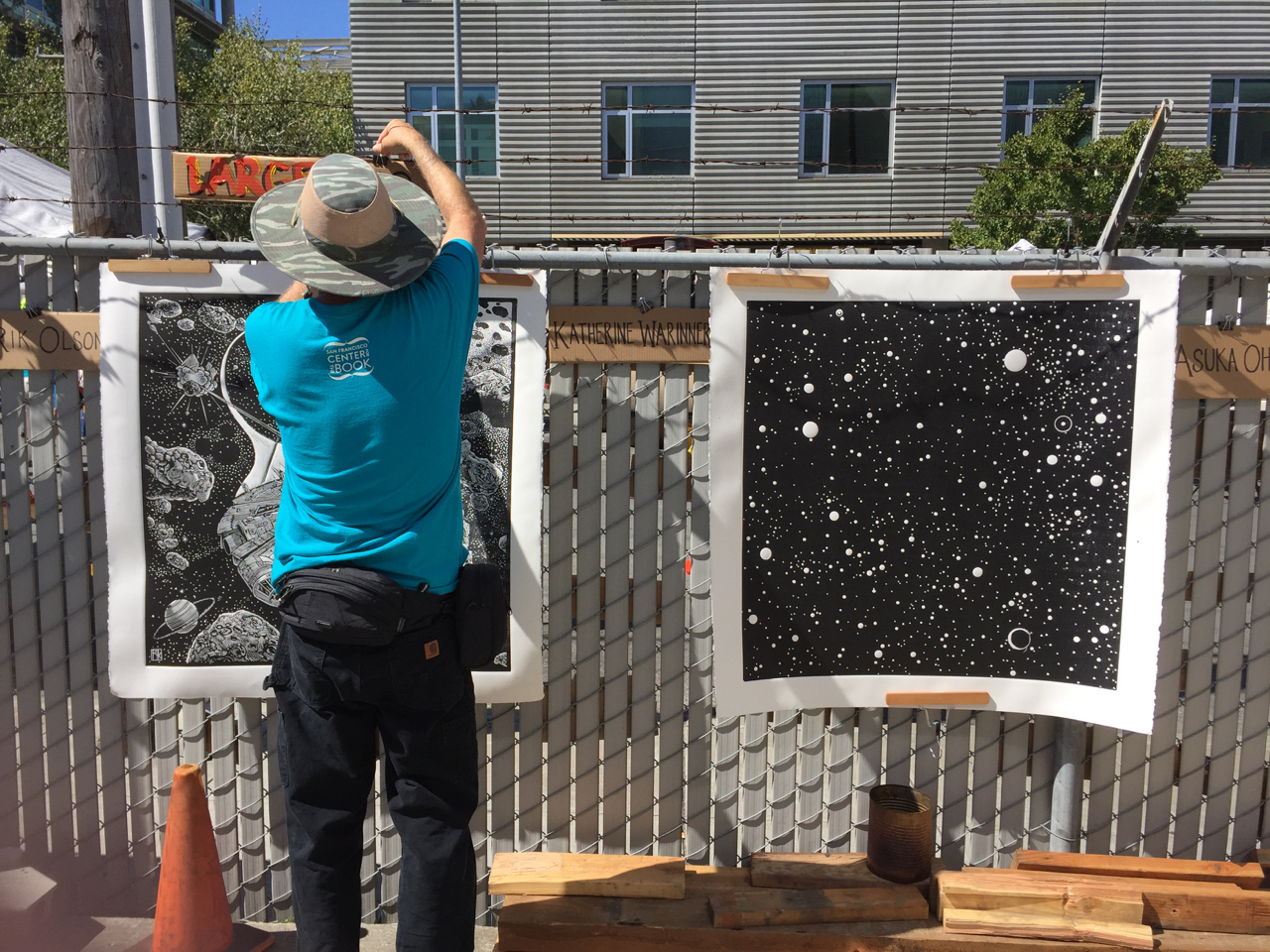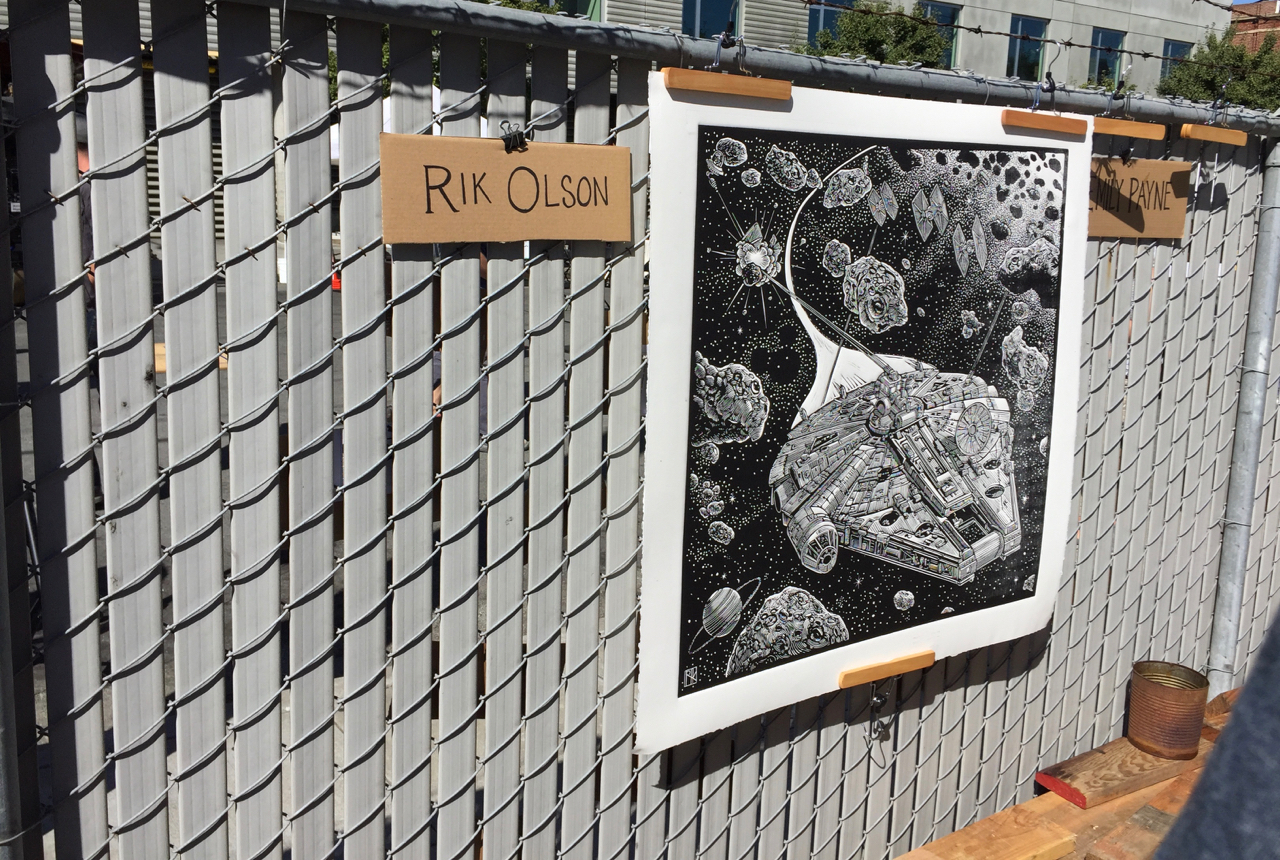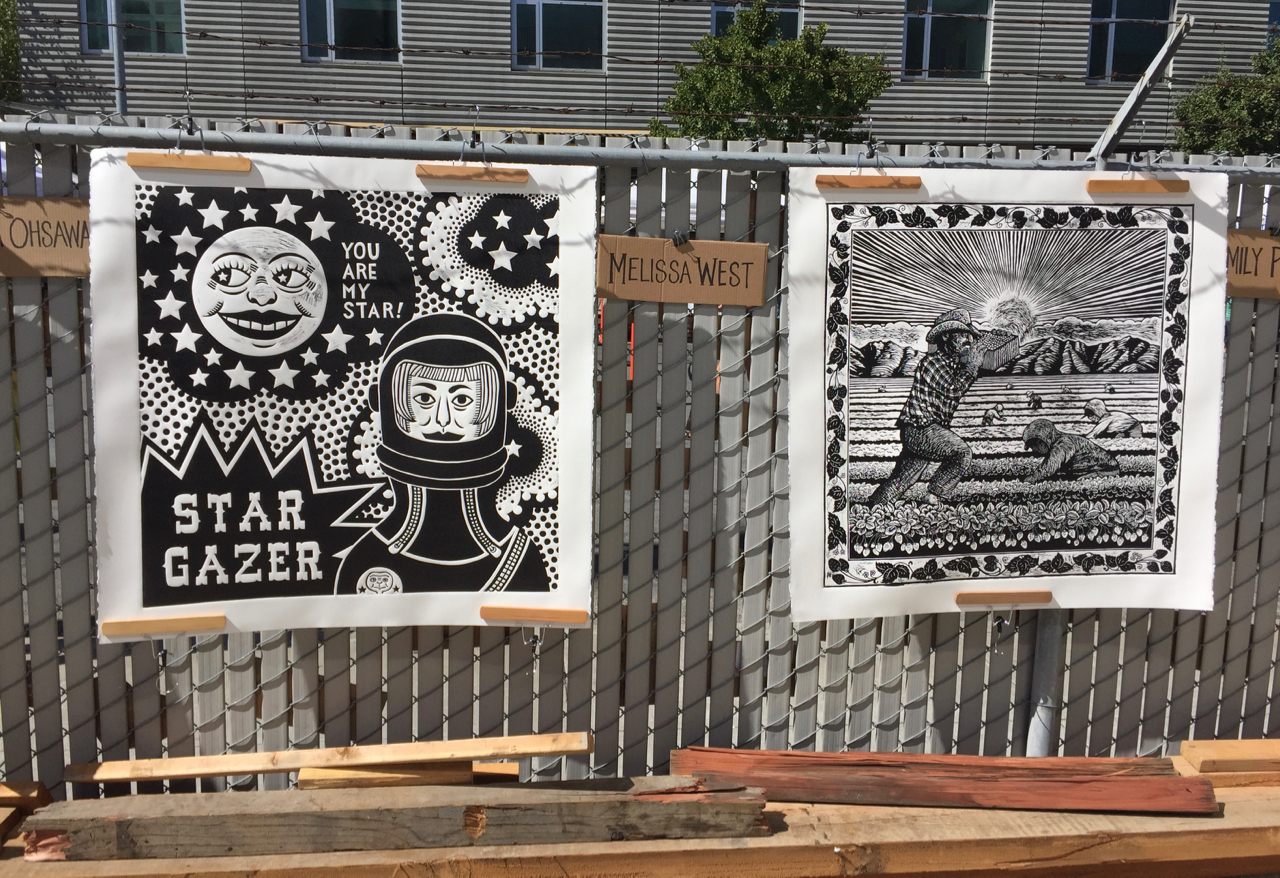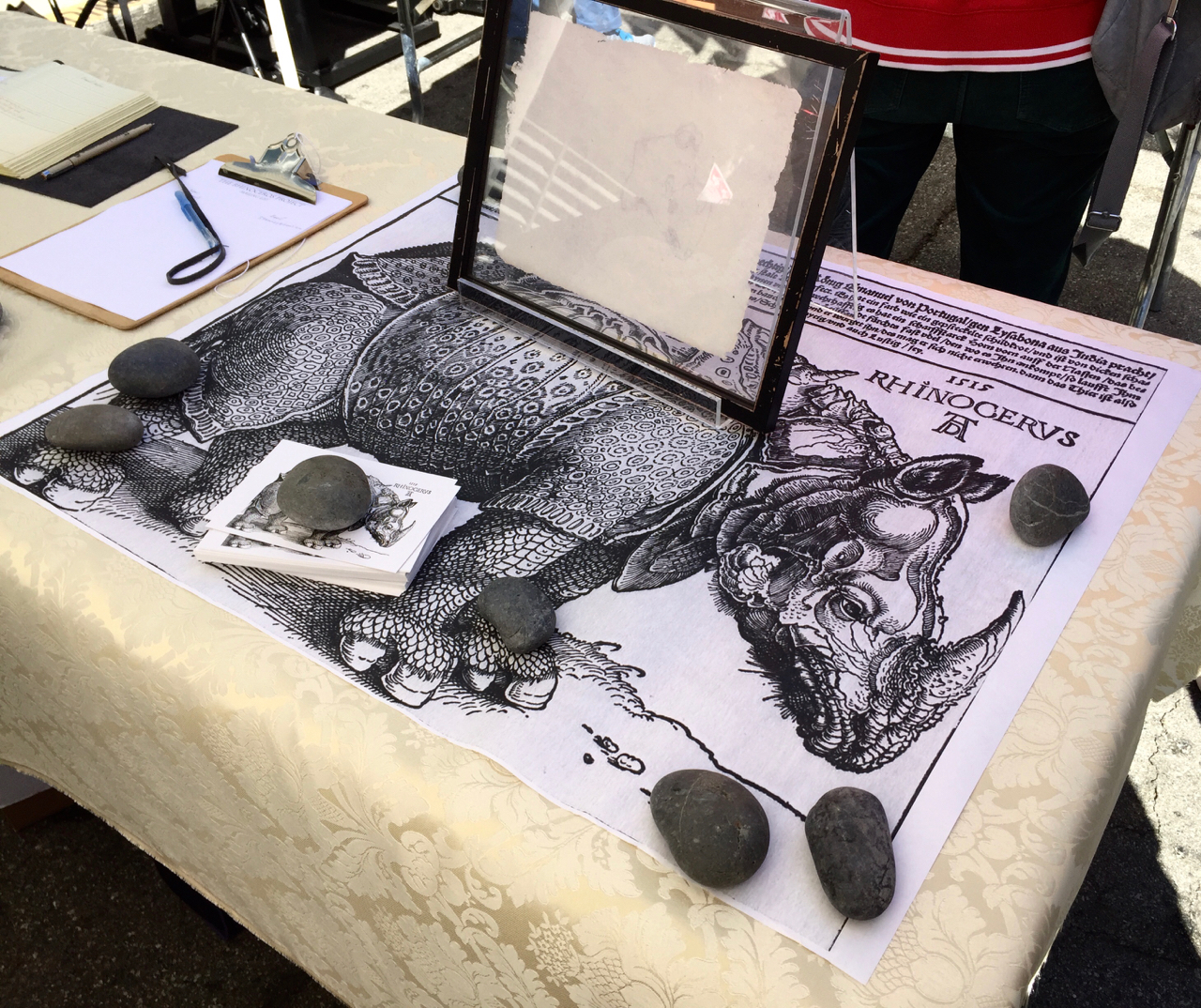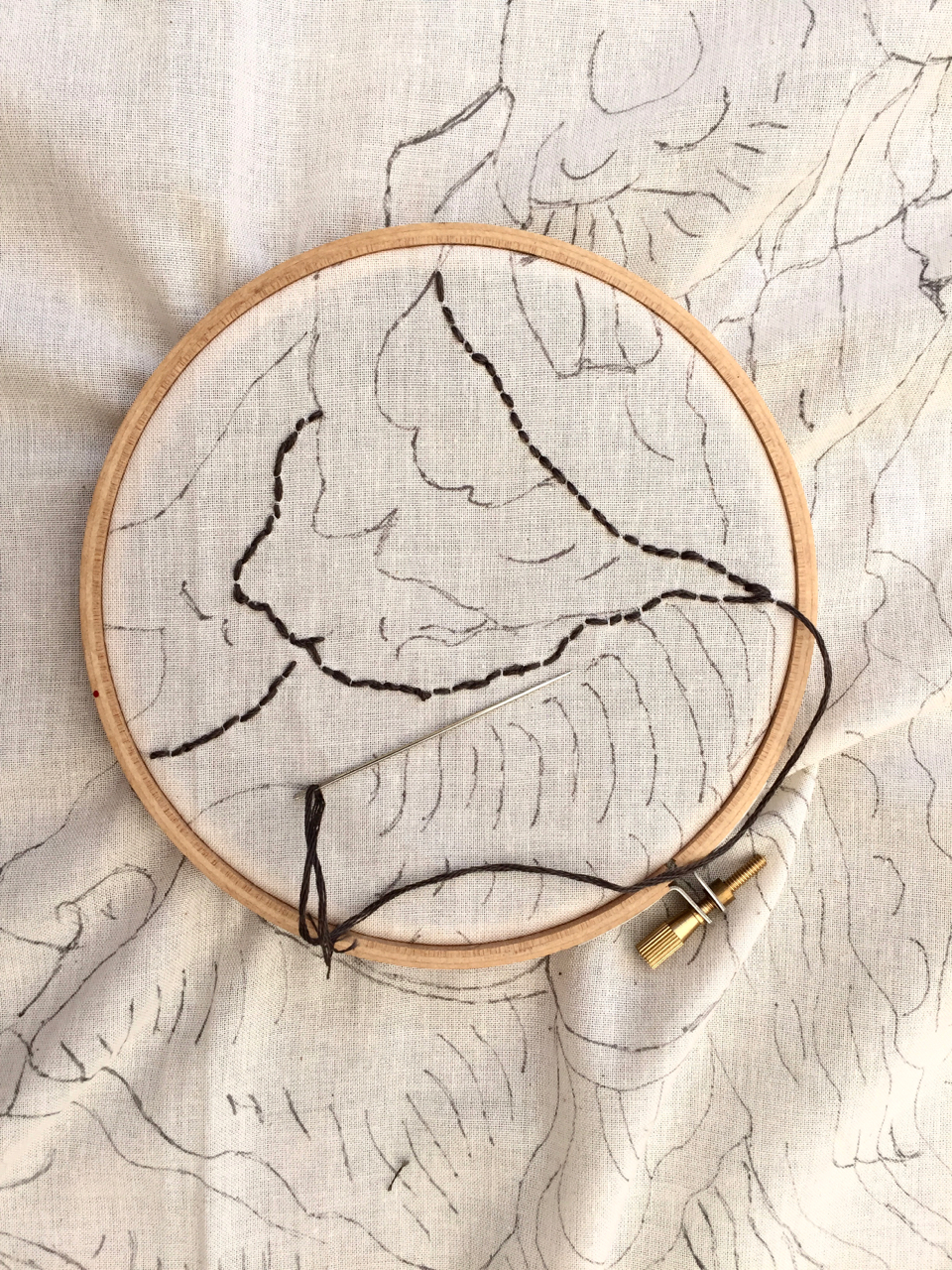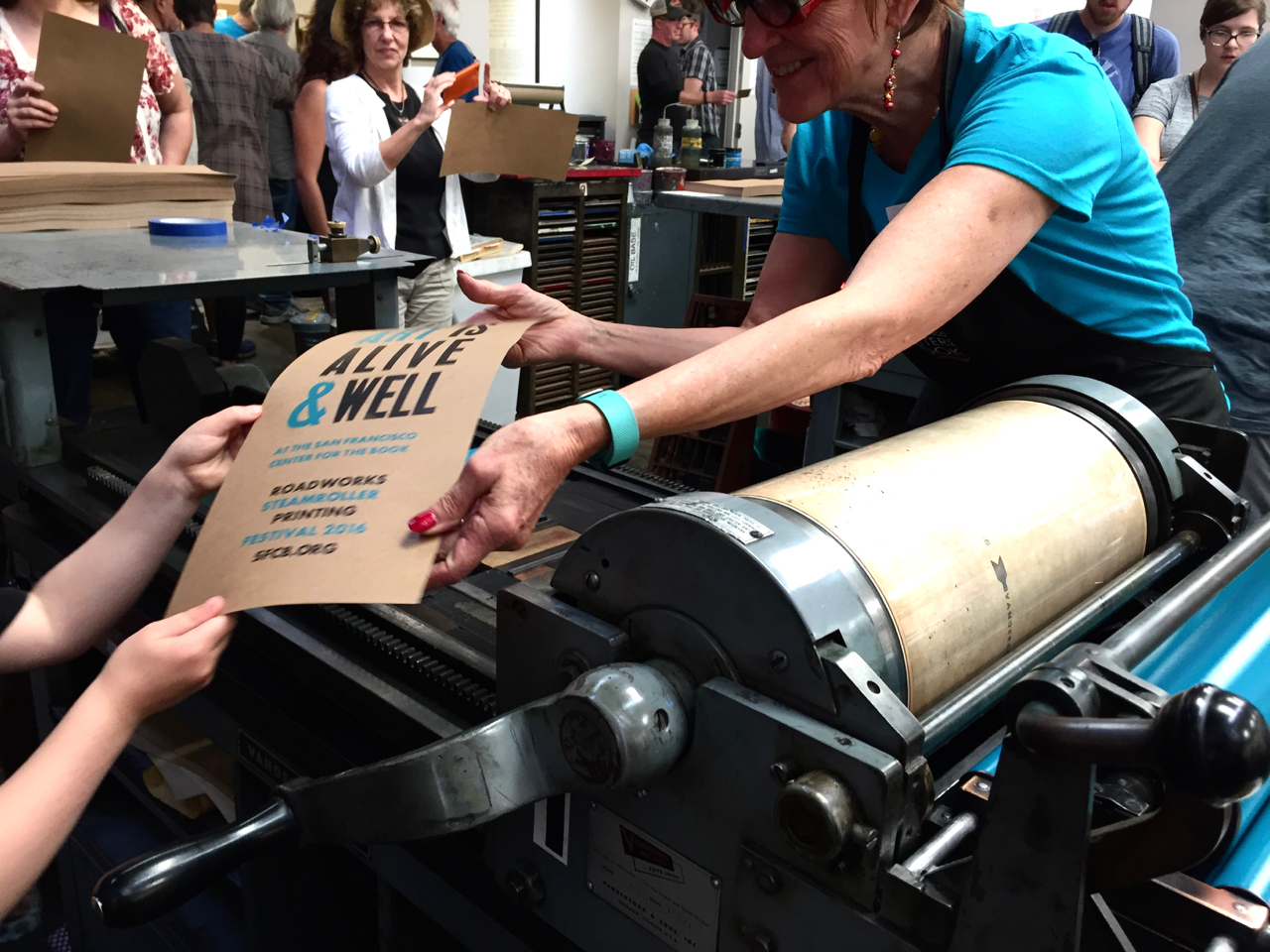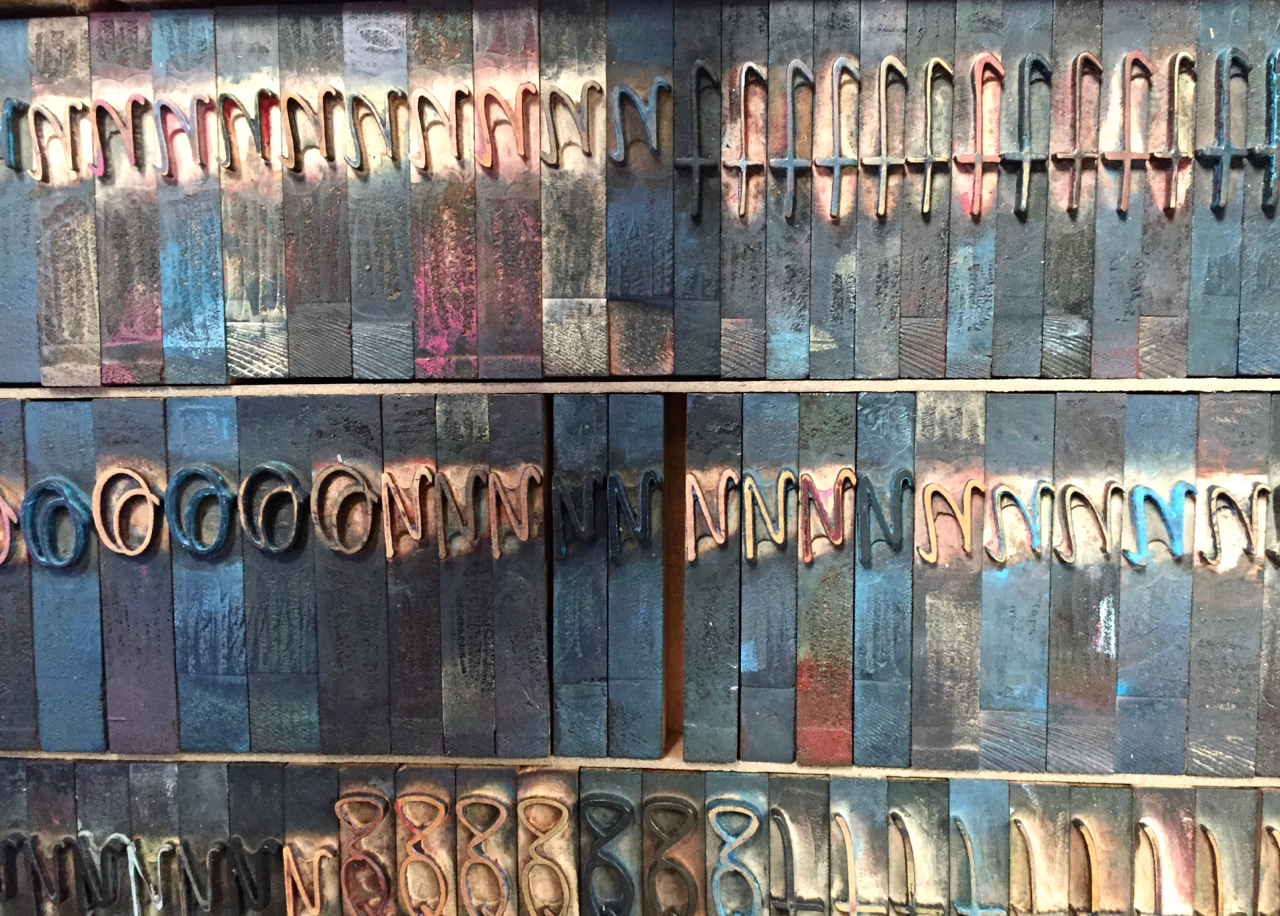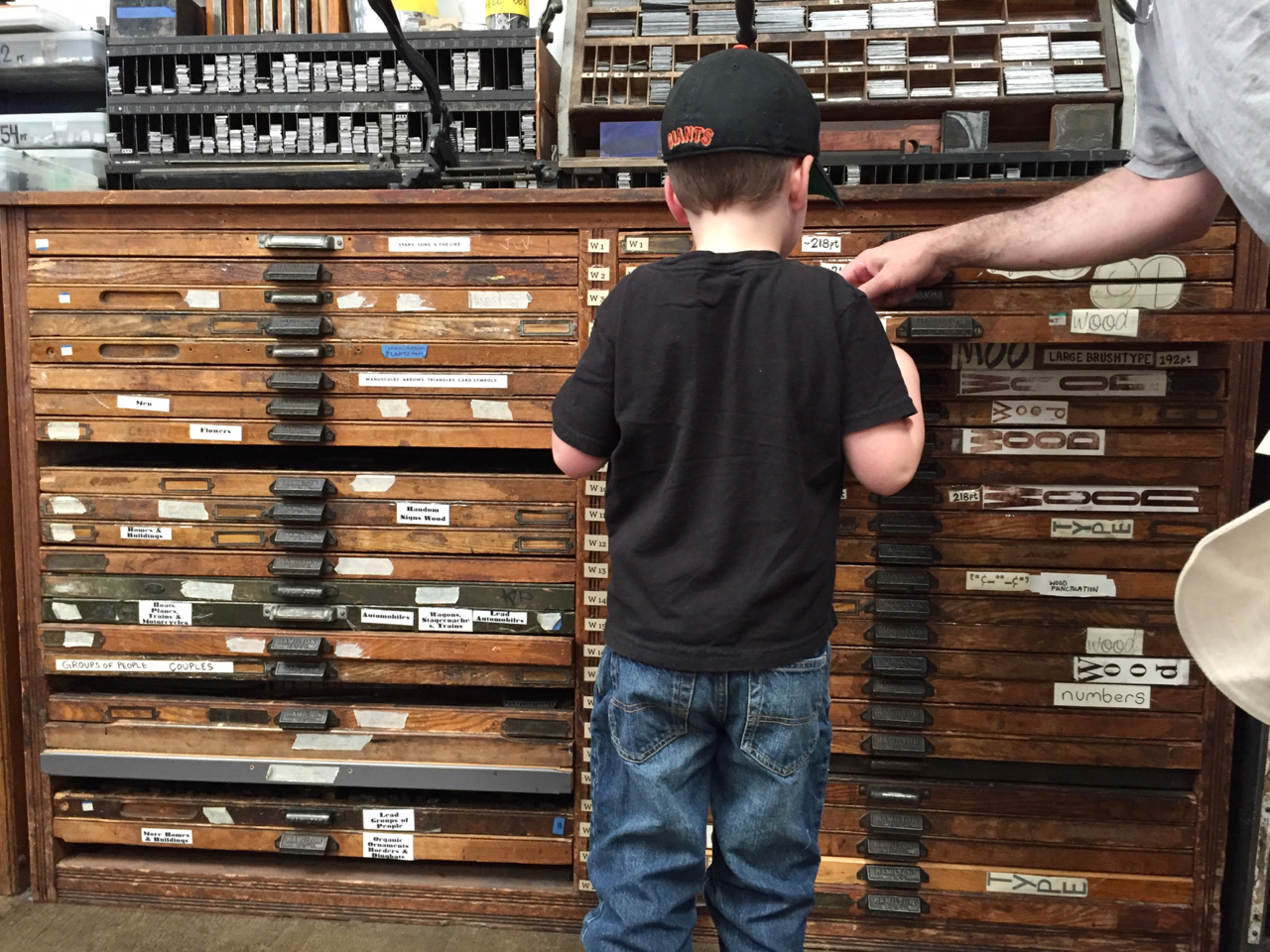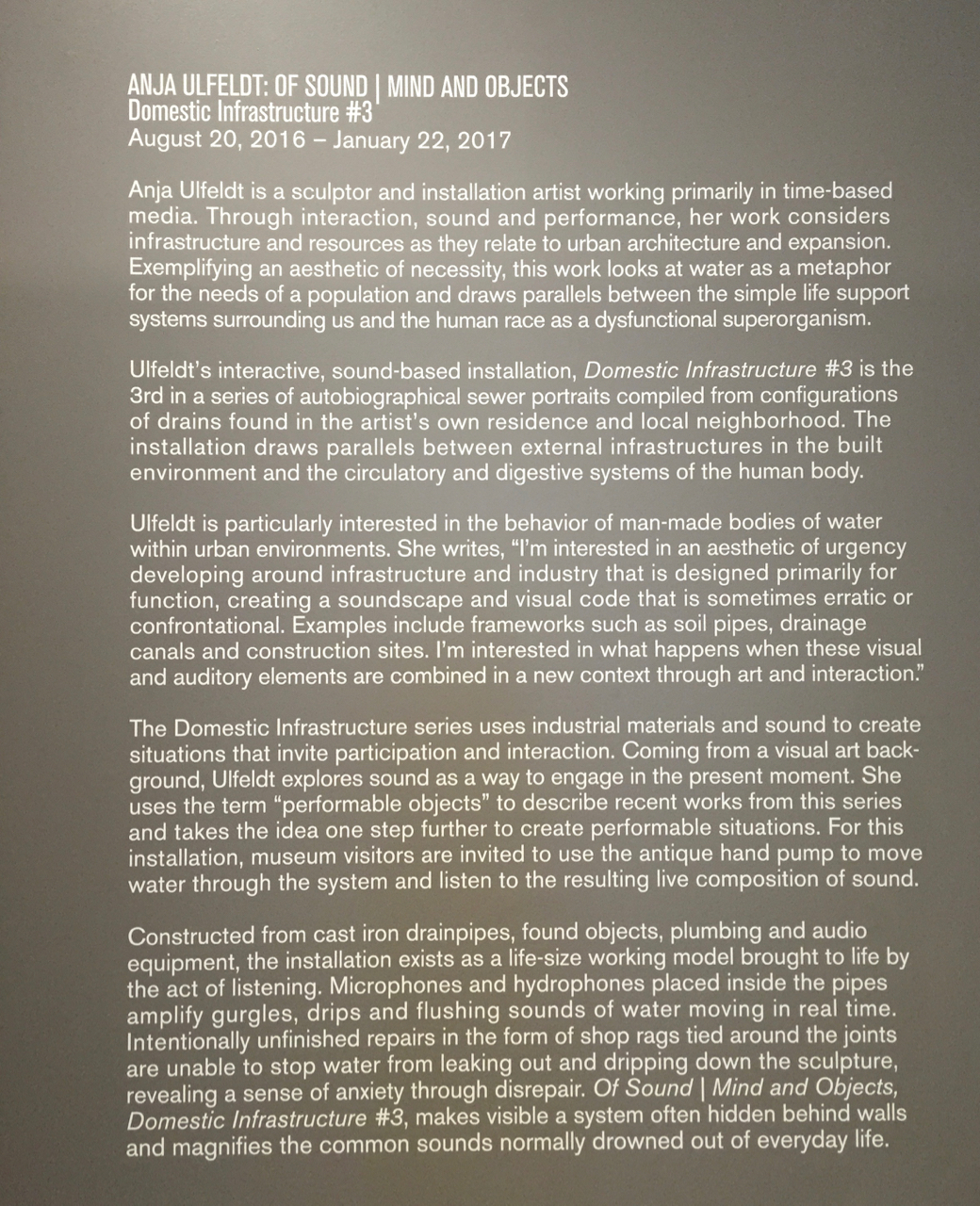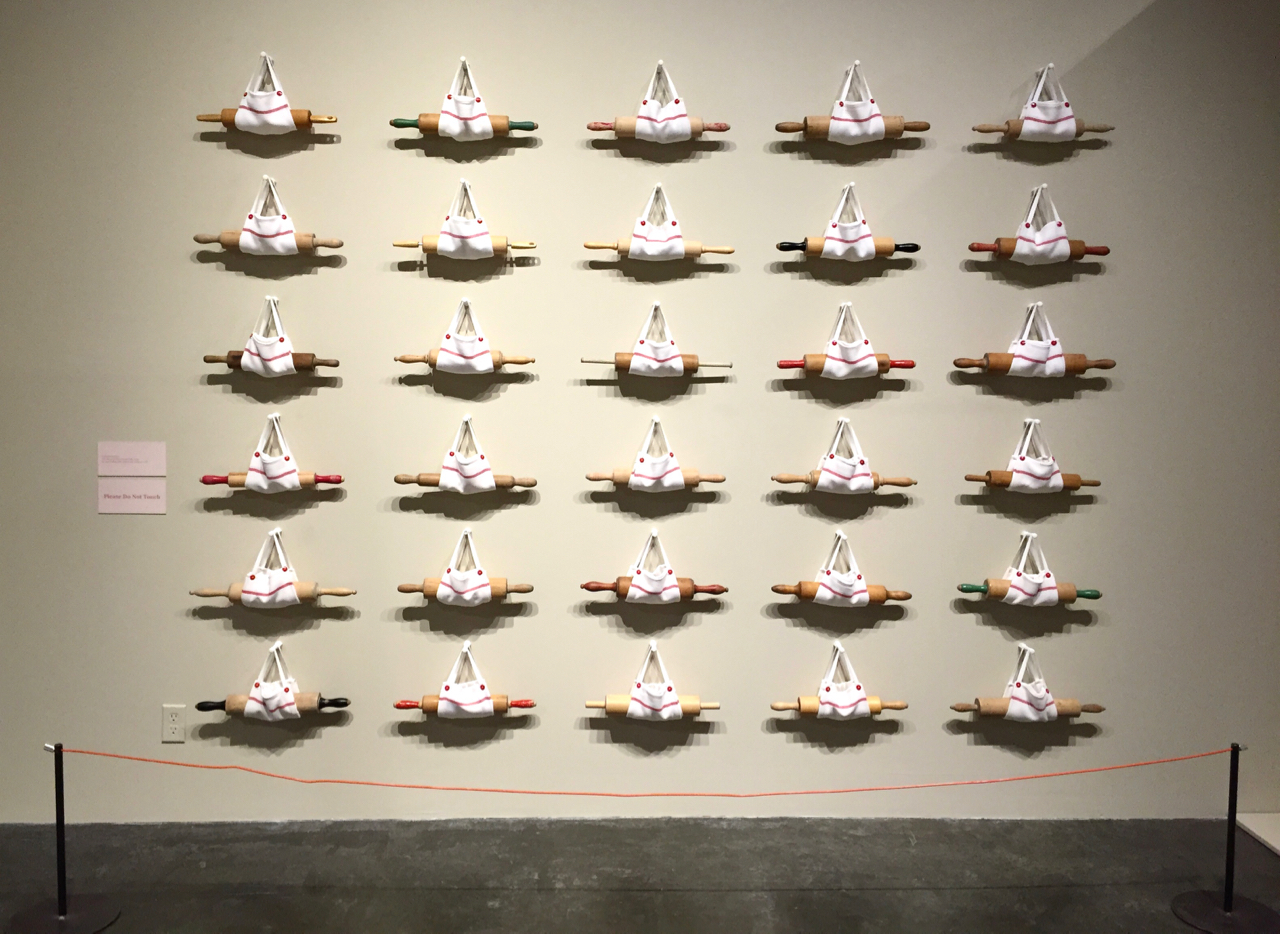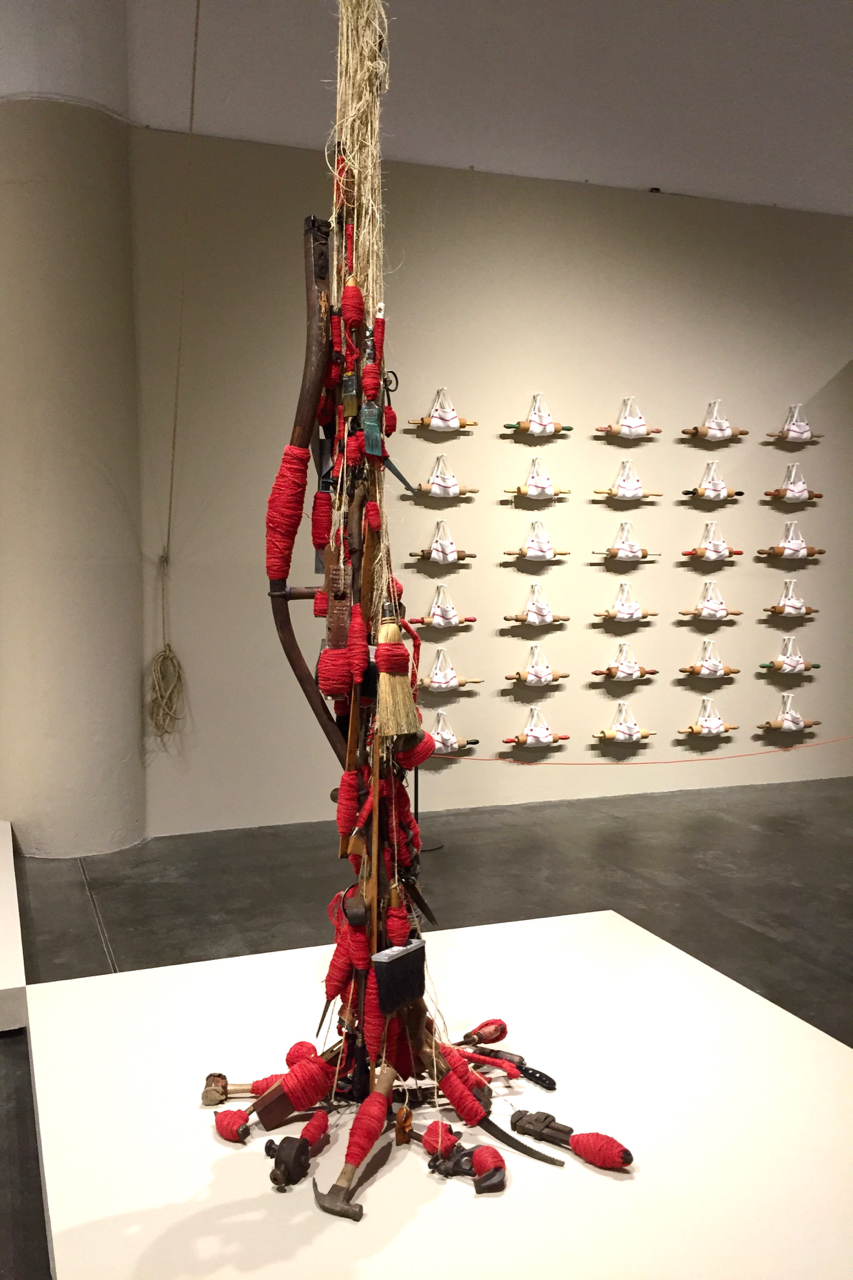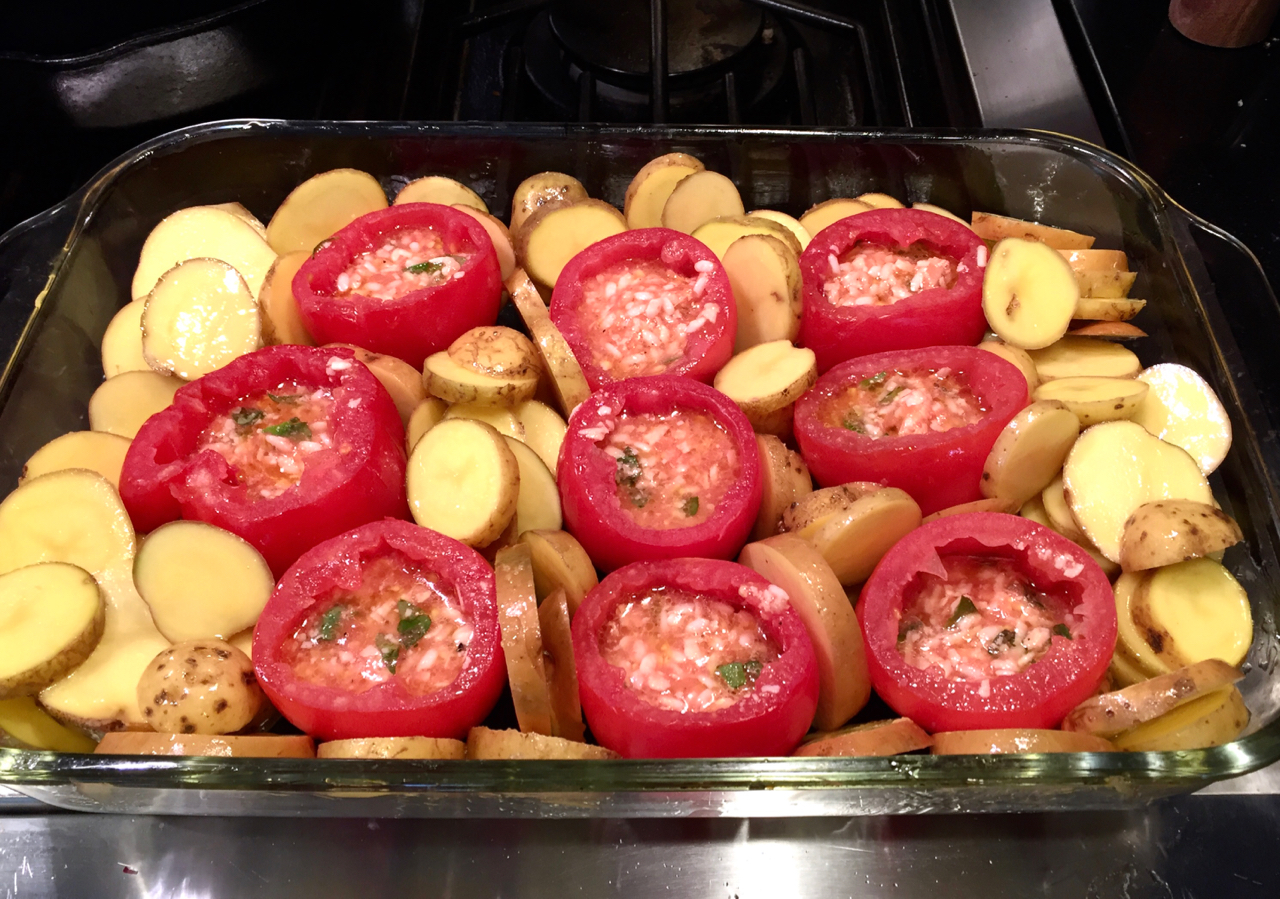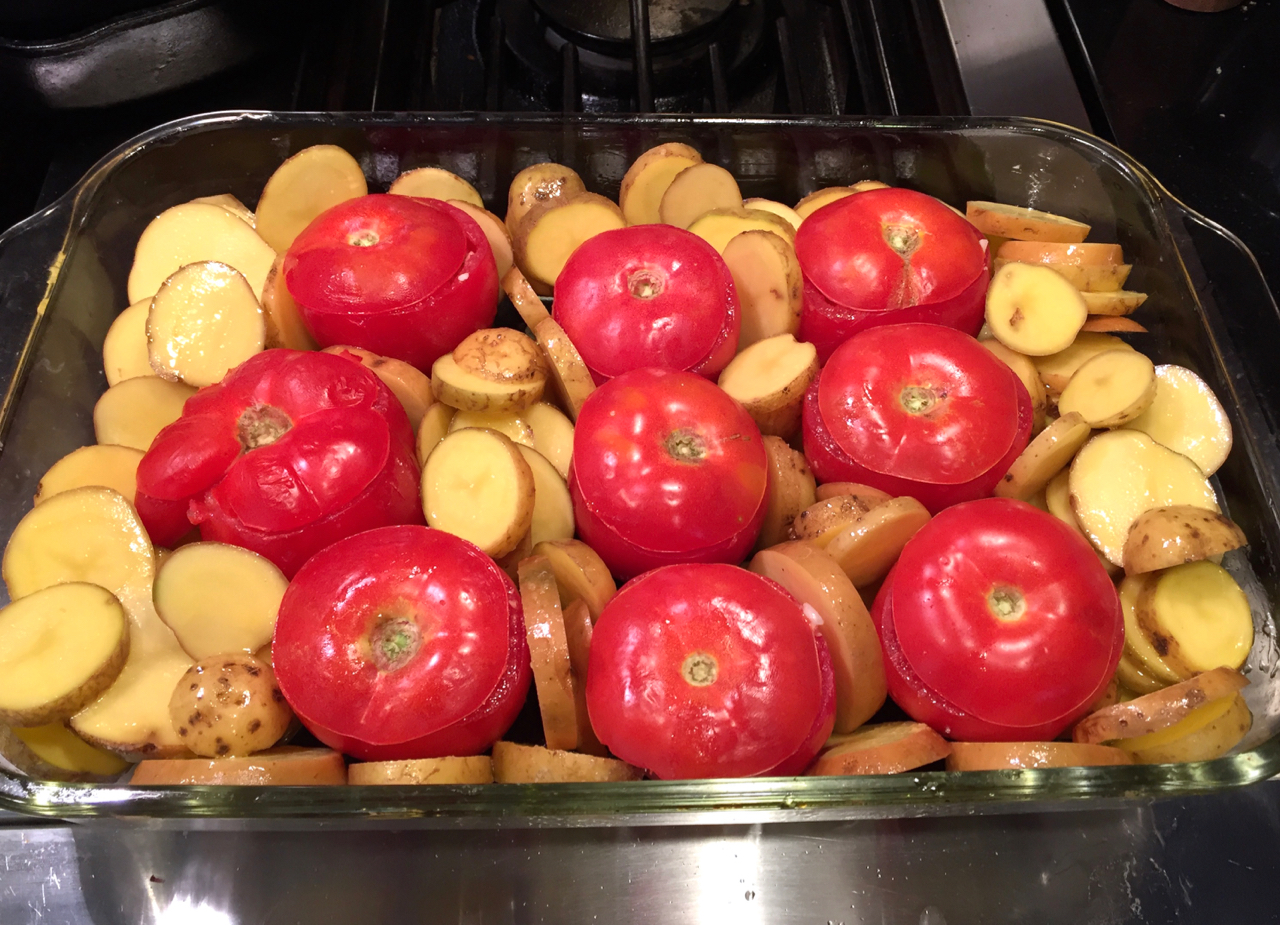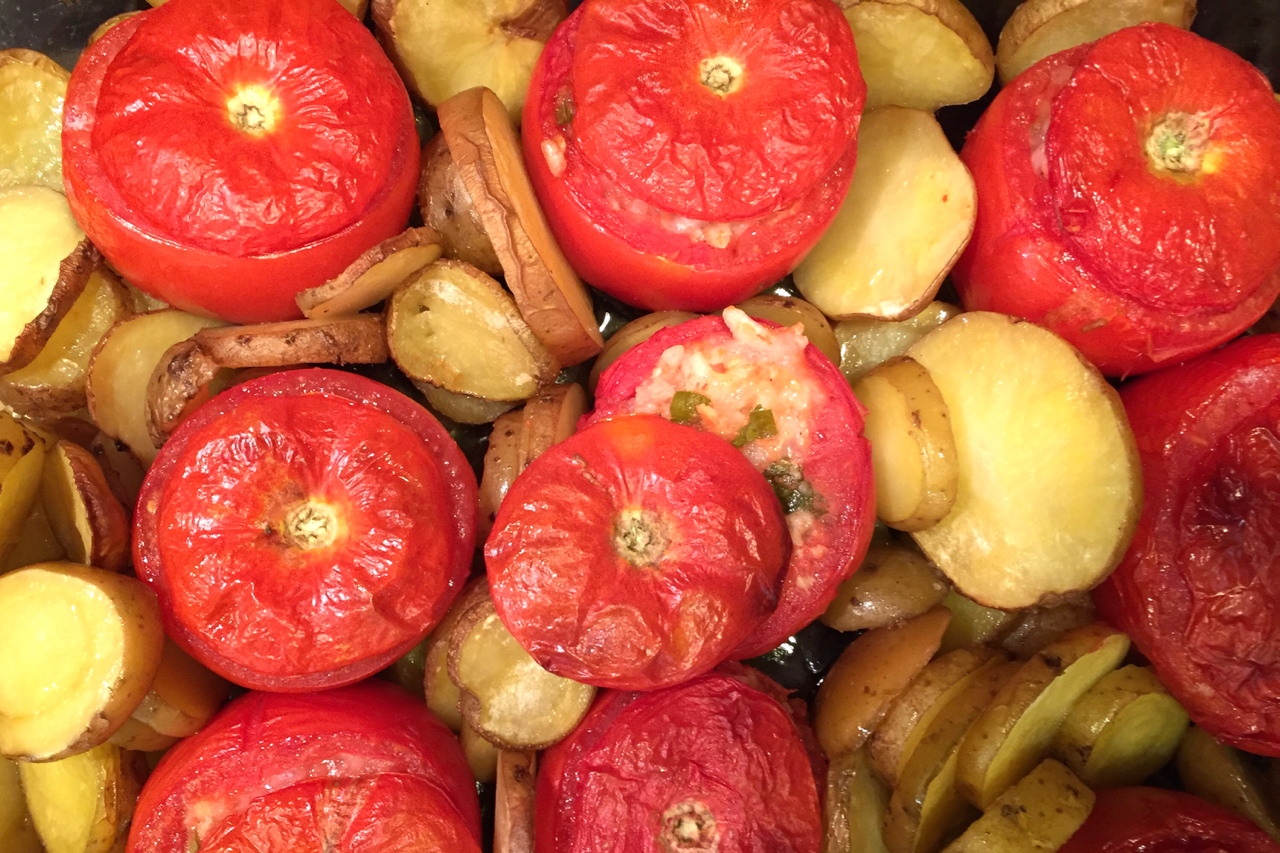Calico Corn and Second Summer
I’d be lying if I said I like it when the days get shorter and all the summer fruits and vegetables start to be replaced with apples and squash. But it’s happening again, just like it does every year. Fall is here. And if, like me, you are not on board with this seasonal transition, may I recommend a pomegranate or perhaps a fuyu persimmon to take the edge off.
And before you accuse me of hating fall, know there are things I love about it (just not the squash). Take Lambtown. I can’t believe it has already come and gone! Wyatt and I volunteered again in the Wooly Adventures tent. Wet felting, weaving, drop spindling, coloring . . . we pretty much had it all over there. Woven bracelets were definitely the accessory of the weekend, and if I hadn’t been working in the tent, I would have totally made one. It’s such a terrific festival. Always the first weekend in October in Dixon, California. Mark your calendar for next year!
My lunch at Cafe Ohlone last November. So good. A version of the hazelnut chia pudding remains in heavy rotation at our house.
I also like the holidays that sneak up on me in the fall. The ones I know happen, but always forget exactly when they are. This Monday, two-thirds of our family observed Indigenous Peoples’ Day (there was no school for Wyatt, but there was work for Marc). I have two things to share in connection with this holiday. First, the free app: Native Land. It tells you with some accuracy the Indigenous lands you’re on in the United States and Canada (the difficulty of and controversy around mapping Indigenous territories are themselves important discussions addressed in the teacher’s guide on the website). I like this app a lot because the information it provides helps me think about the people who were here first and are still here, as well as how all of us—and the earth—are connected. It’s a great jumping-off point for learning more, too. For example, if you’re in the Bay Area, an easy and delicious way to connect with local Indigenous culture is to visit Cafe Ohlone for an amazing meal.
Second, and along similar lines, our family has adopted different terms for “Fall Things That White People Call Indian.” First, “Indian Corn.” As I told Whole Foods Market a couple of weeks ago, I don’t understand why this term still exists. It’s way past time to move on for several reasons, not the least of which is racism. I proposed that they could change their signage to “Decorative Corn.” I still haven’t heard how they resolved my complaint, but the original sign was gone last I checked. My friend, Susan, helpfully googled “What should we be calling Indian Corn?” Of the various options returned in the search result, she chose “Calico Corn,” and I like it. Following Susan’s example, I googled, “What should we be calling Indian Summer?” Because, again, WHY is this a term? The best answer I found was, “Second Summer.” I’m a fan of this term. If you are, too, I hope that you will use it liberally, even if you’re not having one. As in, “Wow! I thought for sure after that frost, things would warm up again and we’d enjoy a Second Summer.” After all, words matter.
But back to the holiday. This past Monday, Wyatt and I had planned to go downtown to an Indigenous Peoples’ Day celebration at Yerba Buena Gardens, but sometimes, it takes longer to sew your own flannel race car pajama bottoms than you think it will. This fact is especially true when it’s your first pair. So Wyatt sewed, and I consulted and assisted where needed (while knitting his David Bowie Halloween costume—a custom-fit asymmetrical unitard inspired by this tour photo).
Before we get to the pajama pants sewing, though, I need to take a moment with a photo that popped-up in my feed on Monday. It could not have been more perfectly timed. Please note the sewing-sock-gloves. I can only assume the thinking here was, sewing is work; work means gloves.
Present day: same concentration, but no gloves.
Pants sewn, we grabbed a quick, late lunch, and headed for a hike at San Bruno Mountain instead of going downtown. On our hike, we watched for birds we could appreciate but mostly not identify, enjoyed plants some of which we could name (thanks Presidio Nursery Team), and followed the paths away from other people so it felt like we were the only ones in the park. We stayed until just before dusk, and it was absolutely beautiful.





